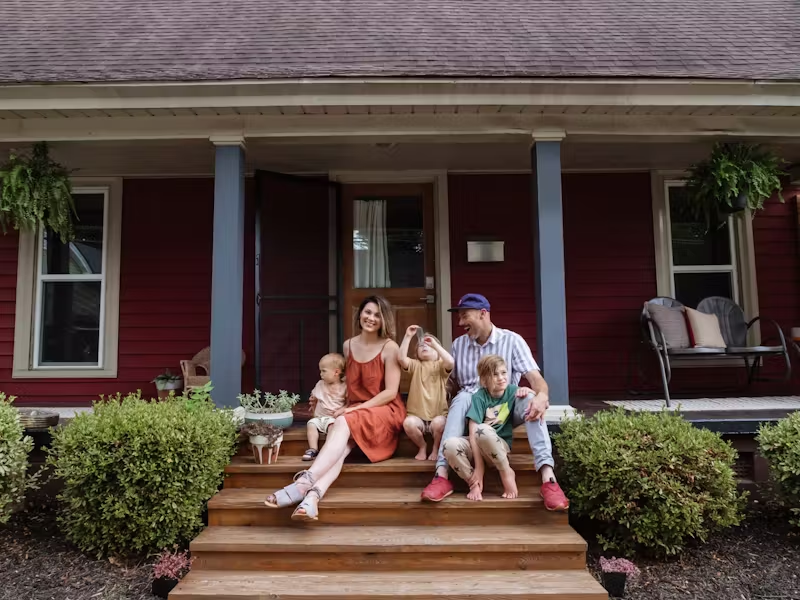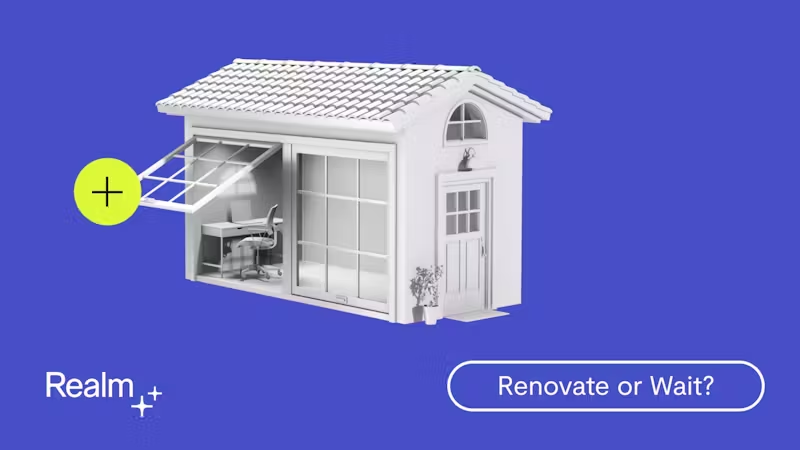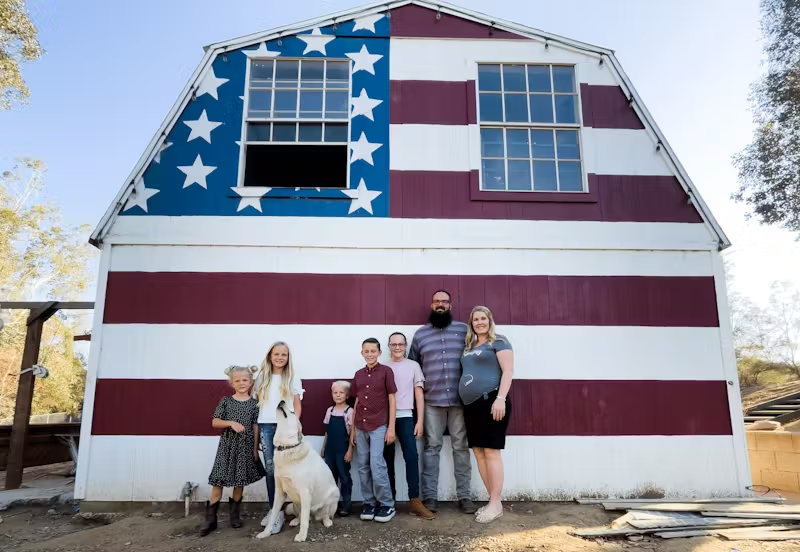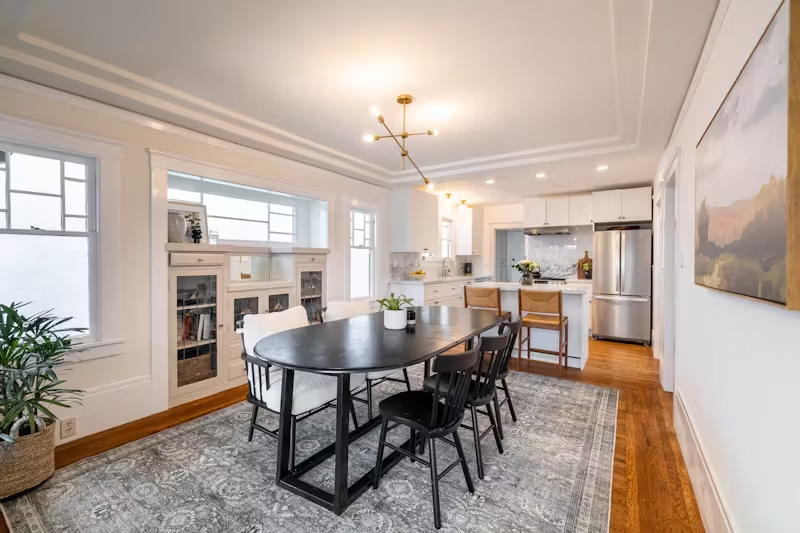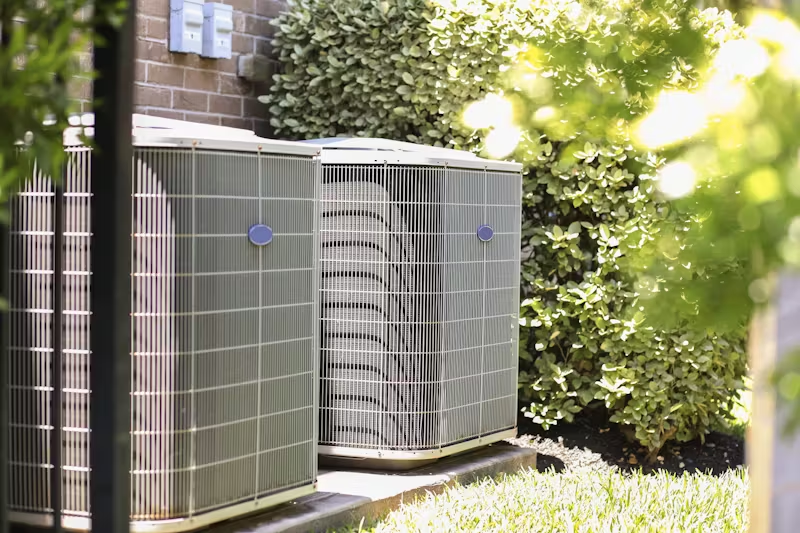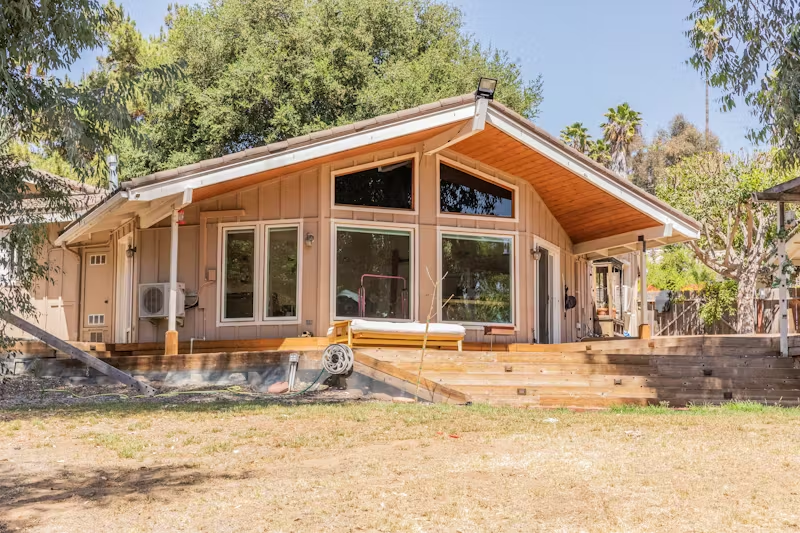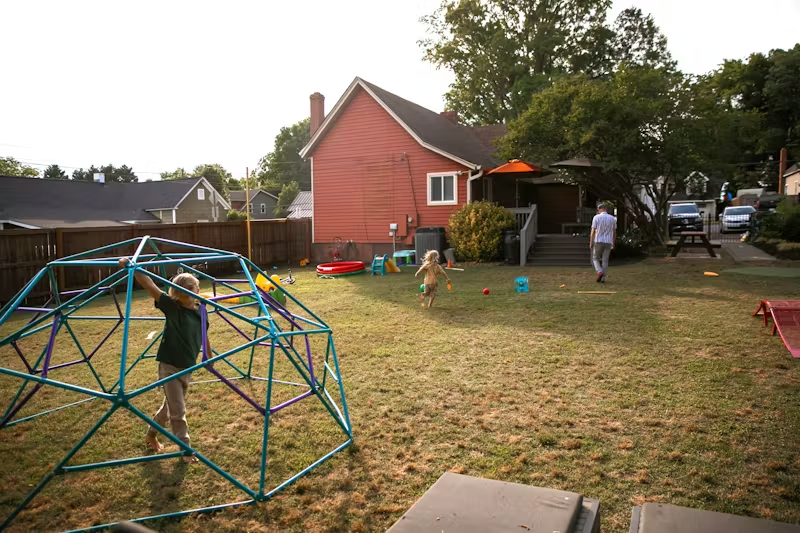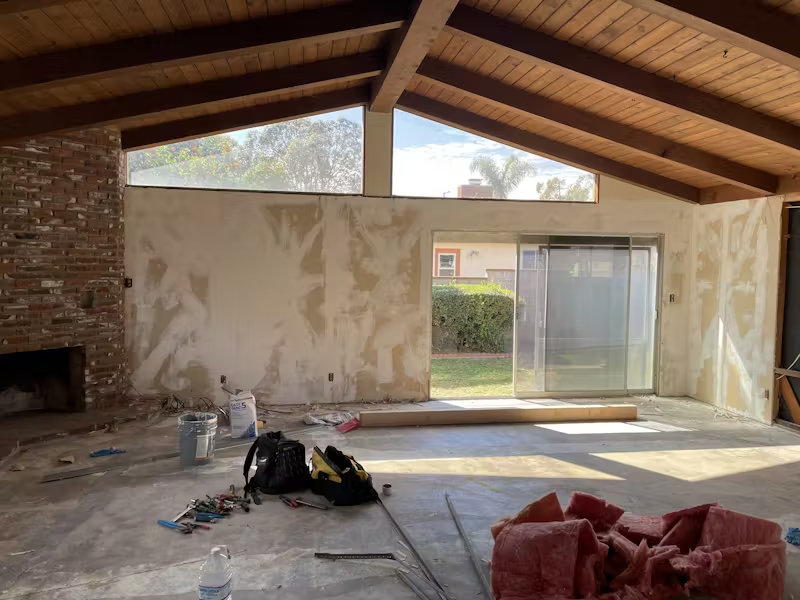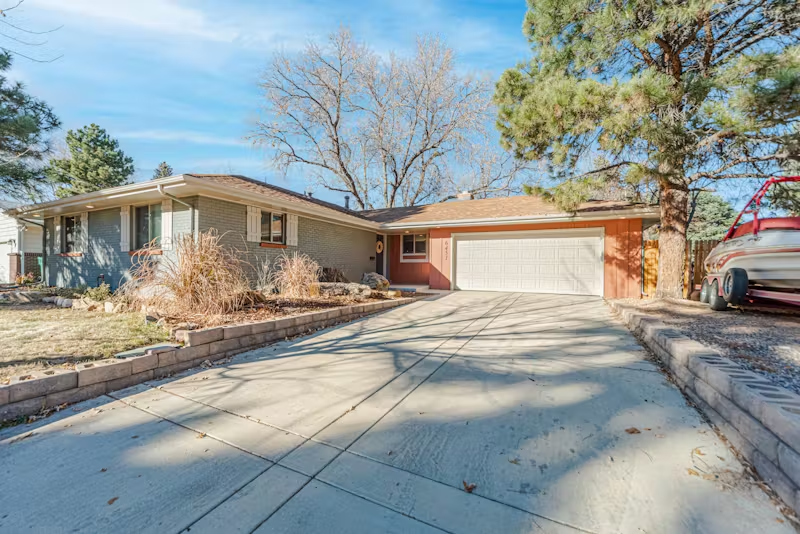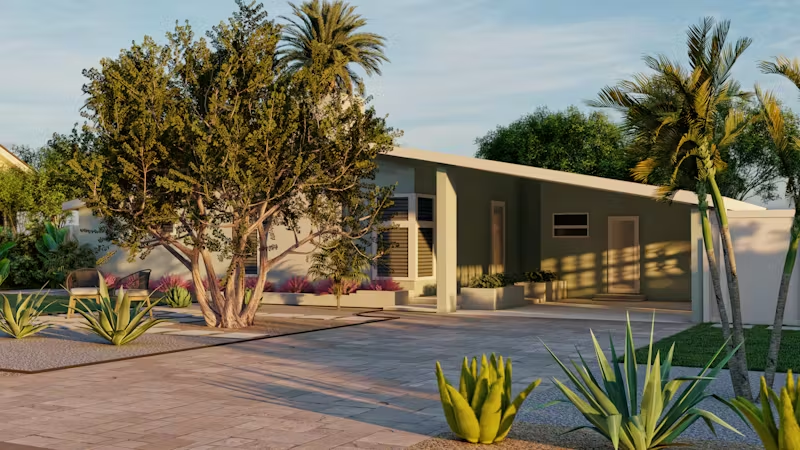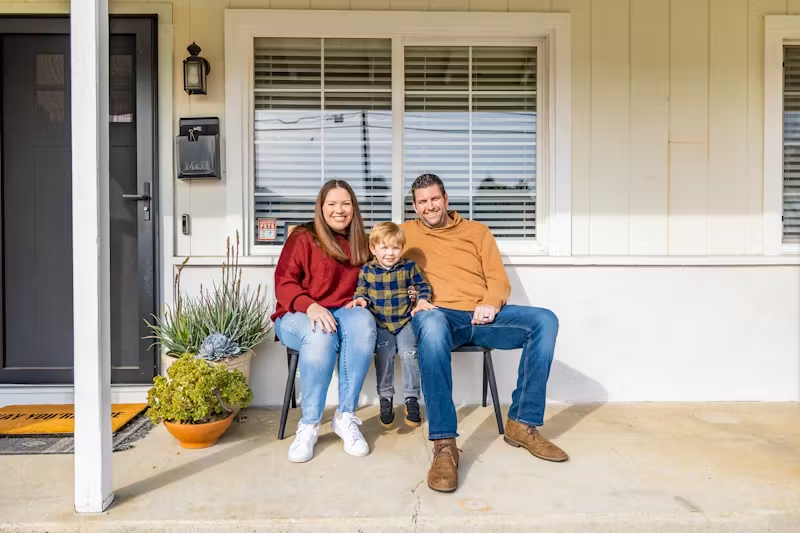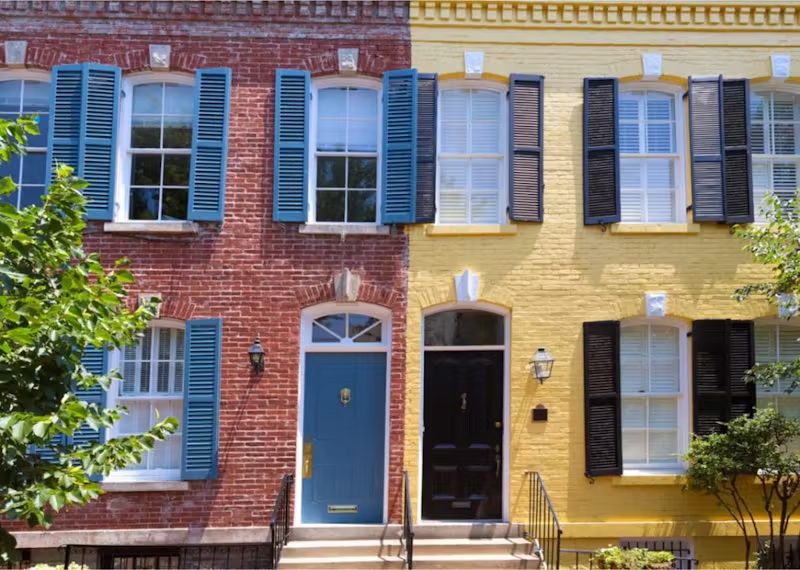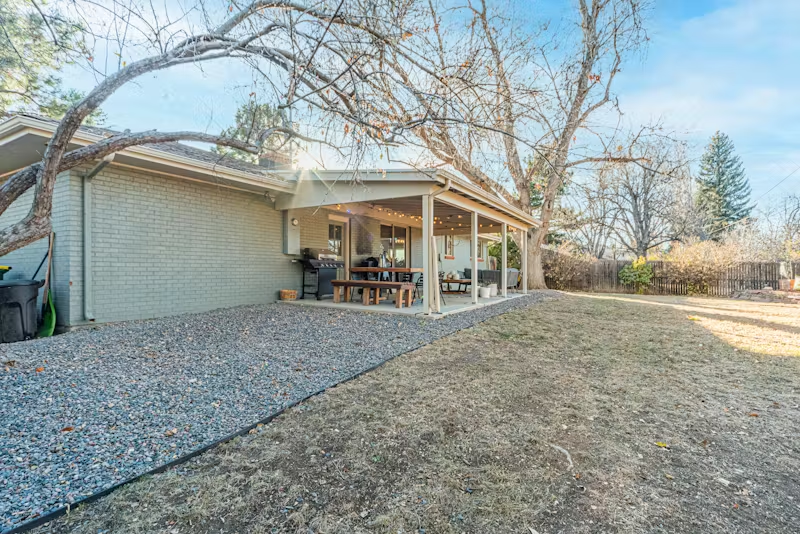How Much Does a New Roof Cost? A Homeowner's Guide
Curious how much is a new roof? Learn what affects roof replacement costs, compare materials, and get tips to plan your project with confidence.
|
September 25, 2025
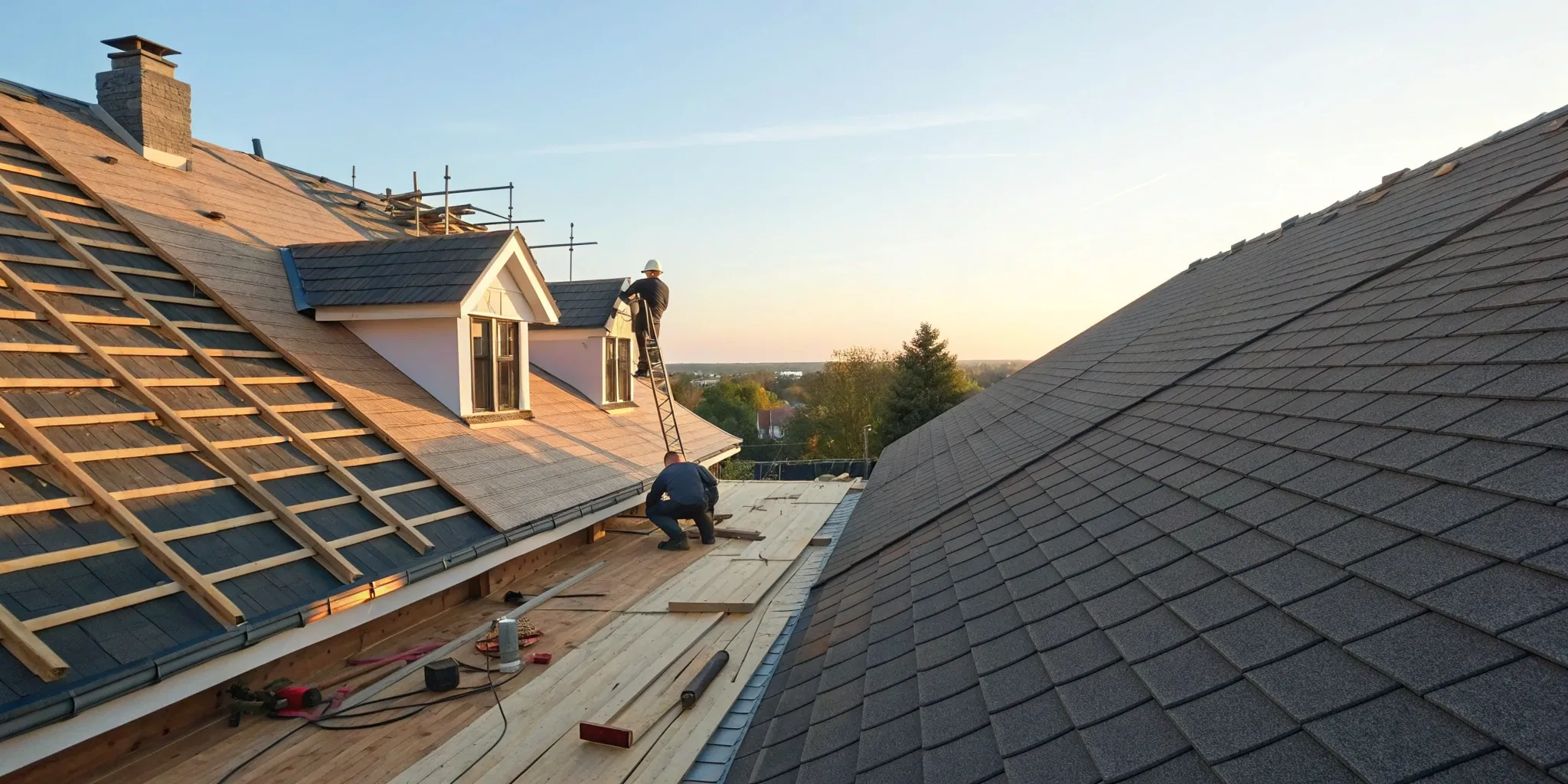
In this article:
When you start budgeting for a roof replacement, it’s easy to focus on the big-ticket item: the shingles. But the materials are only part of the story. The real answer to "how much is a new roof" includes a dozen other factors that can significantly impact your final bill. From the cost of tearing off the old layers and hauling them away to unexpected structural repairs found underneath, these hidden expenses can catch homeowners by surprise. This guide pulls back the curtain on the entire process. We’ll cover every potential cost, so you can create a comprehensive budget with no last-minute shocks.
Key Takeaways
- Budget for more than just materials: The final cost of a new roof goes far beyond the shingles, including labor, permits, tear-off of the old roof, and potential structural repairs. A realistic budget accounts for all these elements from the start.
- Balance upfront cost with long-term value: While asphalt shingles are a popular and affordable choice, more durable materials like metal can save you money over decades. Consider your home's climate and how long you plan to live there when making your selection.
- A good contractor is as important as good materials: Protect your investment by thoroughly vetting any professional you hire. Always get multiple quotes, check for proper licensing and insurance, and secure a detailed written contract before any work begins.
How Much Does a New Roof Cost?
Figuring out the budget for a new roof can feel like a huge task, but it doesn’t have to be. A roof replacement is one of the most important investments you’ll make in your home, protecting it from the elements and keeping your family safe. The final price tag depends on a handful of key factors, from the materials you choose to the complexity of your roof’s design and where you live. Understanding these variables is the first step toward building a realistic budget and starting your project with confidence. We’ll walk through the national averages, how your location impacts the price, what goes into the cost per square foot, and how you can plan to pay for it all. With the right information, you can feel prepared to have conversations with contractors and make decisions that are right for your home and your wallet.
The National Average
Let's start with a bird's-eye view. When you look at projects across the country, the average cost for a roof replacement typically falls between $5,000 and $13,000. It’s a wide range, but it gives you a general idea of what homeowners are spending. Think of this number as a starting point for your research, not the final word. Your home's specific needs, the materials you choose, and local labor rates will cause this number to shift, sometimes significantly. It’s a helpful baseline to have in mind before we get into the details that apply directly to your home, especially if you live in a higher-cost-of-living area.
How Your Location Affects Price
Where you live plays a huge role in your final bill. Labor rates, permit fees, and even the cost of materials can vary dramatically from one city to another. For homeowners on the West Coast, prices tend to be higher. For example, installing an average asphalt shingle roof in California can cost between $15,000 and $25,000, while a similar project in Texas might be as low as $8,000. This is where local expertise becomes so important. Understanding your area's pricing helps you create a realistic budget and spot a fair quote when you see one. It also prepares you for the specific building codes and weather-related needs of your region.
Breaking Down Cost Per Square Foot
Contractors often talk about cost in terms of "per square," which is a 10-by-10-foot area (100 square feet). The price per square is determined by four main things: the materials you pick, the cost of labor, your roof's design, and your location. A simple, gently sloped roof will cost less than a complex one with steep pitches and multiple valleys. For instance, a moderately sloped roof on a 2,500-square-foot home using mid-range asphalt shingles could land around $22,250. Knowing the factors that influence this cost helps you understand exactly what you're paying for in a contractor's estimate.
How to Pay for Your Project
A new roof is a major expense, but it's also an investment in your home's safety and value. Many homeowners use savings, but home equity loans, lines of credit (HELOCs), or financing offered by the roofing company are also common options. The good news is that you'll likely see a solid return on this investment. A new roof is a huge selling point, and most homeowners can expect to recover between 48% and 70% of the project's cost when they sell their home. Planning your project with a clear budget and payment strategy makes the whole process feel much more manageable and less stressful.
What Determines Your Roof's Cost?
When you get a quote for a new roof, the final number is more than just the price of shingles. Several key factors influence the total cost, from the size and shape of your roof to the time of year you schedule the work. Understanding these elements will help you create a realistic budget and compare estimates from different contractors more effectively. Think of it as breaking down the project into its core components to see where your money is going.
Roof Size and Complexity
It’s easy to assume your roof’s square footage is the same as your home’s, but it’s almost always larger. Because of your roof’s slope, or pitch, the actual surface area is greater. For example, a 2,000-square-foot house might have a roof that’s closer to 2,500 square feet. Beyond size, complexity plays a huge role. A simple, flat roof is much easier and cheaper to replace than one with a steep pitch, multiple dormers, skylights, or chimneys. Each of these features requires extra materials, precise cutting, and more labor hours, which adds to the final cost. A customized project plan can help you account for your home's specific features from the start.
Labor and Installation Fees
Labor is one of the biggest line items on any roofing estimate, often making up more than half of the total project cost. Professional roofers typically charge between $4 and $11 per square foot for installation, which covers their expertise, insurance, and time. While it might be tempting to choose the cheapest bid, remember that quality installation is critical for your roof’s longevity and performance. An improperly installed roof can lead to leaks, drafts, and costly water damage down the road. That’s why it’s so important to work with vetted professionals who have a proven track record of quality work in your area.
Permits and Inspections
Depending on where you live, you will likely need a permit from your local municipality to replace your roof. This isn't just red tape; it’s a system designed to ensure the work meets current building codes and safety standards, protecting you and your home. The cost for a permit can run up to $500. Your contractor should know exactly what’s required and will usually handle the entire permitting process for you, including scheduling any necessary inspections. Factoring this cost into your budget from the beginning helps avoid any surprises and keeps your project on the right side of local regulations.
Removing Your Old Roof
Before your beautiful new roof can be installed, the old one has to go. This process, known as a tear-off, involves stripping away the old shingles and underlayment and disposing of the materials. The cost for this service can range from $1 to $5 per square foot. While some contractors might suggest layering new shingles over the old ones to save money, a full tear-off is almost always the better option. It allows the crew to inspect the underlying roof deck for rot or damage and make necessary repairs, ensuring a solid foundation for your new roof and preventing future problems.
How the Season Affects Pricing
Like many home improvement projects, roofing has a peak season. Most homeowners schedule their replacements for the mild weather of fall and spring. During these busy times, contractors are in high demand, which can lead to higher prices and longer wait times. If your roof replacement isn’t an emergency, you might find some savings by scheduling the work during a slower period, like early winter or mid-summer. As long as the weather cooperates, a good crew can work year-round. Planning your project for the off-season is a smart way to get the same quality work, potentially for a lower price.
A Guide to Roofing Materials
Choosing a roofing material is one of the biggest decisions you'll make for your home. It's about more than just curb appeal; the right material protects your home from the elements, impacts your energy bills, and plays a huge role in the total cost of your project. Think of it as the crown for your house—it needs to be durable, functional, and fit the style you're going for. From classic asphalt shingles to long-lasting metal, each option comes with its own price tag, lifespan, and maintenance needs.
Your local climate is a major factor. For homeowners in California, fire resistance is a top priority, while those in Seattle might be more concerned with materials that can handle constant moisture. We'll walk through the most common choices to help you find the perfect fit for your budget and home. Understanding the pros and cons of different roofing materials is the first step toward making a confident investment. This guide breaks down the essentials for asphalt, metal, tile, wood, and synthetic options so you can compare them side-by-side.
Asphalt Shingles
Asphalt shingles are the most popular roofing material in the country, and for good reason. They offer a great balance of performance and affordability, making them a practical choice for many homeowners. They come in a huge variety of colors and styles, from simple three-tab designs to more durable architectural shingles that mimic the look of slate or wood. Installation is straightforward for most roofing contractors, which helps keep labor costs down.
On the downside, their lifespan is shorter than other materials, typically lasting between 20 and 30 years. They can also be more vulnerable to damage from high winds, extreme heat, or algae growth in damp climates. Still, if you're looking for a reliable and cost-effective roofing solution, asphalt shingles are a solid starting point.
Metal Roofing
Once reserved for commercial buildings, metal roofing is now a popular choice for residential homes due to its incredible durability and sleek, modern look. Materials like steel, aluminum, and copper can last 50 years or more with minimal maintenance. Metal roofs are also highly energy-efficient because they reflect solar heat, which can help lower your cooling costs in the summer. For homeowners in wildfire-prone areas, their fire-resistant properties offer invaluable peace of mind.
The main drawback is the higher upfront cost compared to asphalt shingles. Installation is also more specialized and can be noisy during rain if not properly insulated. However, if you plan to stay in your home for the long haul, a metal roof's longevity can make it a worthwhile investment that pays for itself over time.
Slate and Clay Tiles
For a timeless and elegant look, it’s hard to beat slate or clay tiles. Often seen on Mediterranean or Spanish-style homes, these materials offer unmatched durability and can easily last over 100 years. They are completely fireproof, resistant to rot and insects, and require very little maintenance. The natural beauty of slate and the classic curves of clay tile add significant character and value to a home.
This premium performance comes at a premium price, as both the materials and the specialized labor for installation are expensive. Tiles are also extremely heavy, so your home’s structure must be able to support the extra weight, which might require a structural engineer's assessment. For those with the budget, tile roofing is a beautiful, long-term investment that can last a lifetime.
Wood Shakes
Wood shakes, typically made from cedar, offer a beautiful, rustic charm that blends seamlessly with natural surroundings. They provide a classic look that many homeowners love and have natural insulating properties that can help with energy efficiency. Over time, they weather to an attractive grayish-silver color, adding to their unique character.
However, wood requires significant maintenance to prevent rot, mold, and insect infestations. More importantly, wood shakes are not fire-resistant and are banned in many areas, especially in California, due to wildfire risk. If you love the look, be sure to check your local building codes and be prepared for the ongoing upkeep. While beautiful, they generally have a shorter lifespan of around 20-30 years and come with considerable maintenance needs.
Synthetic Options
If you want the look of slate or wood without the high cost and maintenance, synthetic roofing is an excellent alternative. Made from materials like rubber, plastic, and polymer composites, these products are engineered to mimic the appearance of natural materials. They are lightweight, durable, and often more impact-resistant than their natural counterparts. Many synthetic options are also made from recycled materials, making them a more sustainable choice.
Because this is a newer category of roofing, the quality can vary between manufacturers, and their long-term performance isn't as time-tested as traditional materials. However, for homeowners seeking a balance of aesthetics, durability, and value, composite roofing materials are an innovative solution worth exploring.
What Other Costs Should You Expect?
When you budget for a new roof, the estimate for materials and labor is just the starting point. Several other factors can pop up during the project, influencing your final bill. Think of these as the "what ifs" of roofing. Being aware of these potential expenses ahead of time helps you create a more realistic budget and avoid surprises once the work is underway. From the structural integrity of your roof deck to the condition of your gutters, a few key areas can add to the bottom line. Let's walk through the most common additional costs you should prepare for.
Structural Repairs
Once your contractor removes the old shingles, they get a clear view of the underlying structure. This is when hidden issues, like water damage, rot, or sagging, often come to light. If your home has had several layers of old shingles piled on top of each other over the years, the weight may have strained the roof's framework. Addressing these problems is non-negotiable for ensuring your new roof has a solid foundation. Discuss a contingency plan with your contractor for potential structural repairs so you know what to expect if they uncover any damage.
Attic and Roof Ventilation
Proper ventilation is your roof's best friend. It helps regulate the temperature in your attic, prevents moisture buildup, and can extend the life of your shingles. If your current ventilation system is outdated or insufficient, your contractor will likely recommend an upgrade. This could involve adding ridge vents, soffit vents, or attic fans. While it’s an added expense, improving your home’s attic ventilation is a smart investment. It protects the roof structure from moisture damage and can even help lower your energy bills by keeping your home cooler in the summer.
Flashing and Gutters
Flashing is the thin metal material installed around chimneys, skylights, and vents to direct water away from critical areas. It’s a key defense against leaks, and it’s almost always replaced during a full roof replacement. Similarly, this is the perfect time to assess your gutters. If they are old, damaged, or improperly sized, replacing them along with your roof is an efficient move. New gutters ensure that water is effectively channeled away from your new roof and your home’s foundation. Expect to pay by the linear foot for both new flashing and gutters.
Homeowner's Insurance
Don’t forget to check in with your insurance provider. While homeowner's insurance typically doesn't cover a roof replacement due to old age or normal wear and tear, it may cover damage from a specific event, like a storm or a fallen tree. If a leak suddenly develops, your policy might help cover the cost, minus your deductible. Before you sign any contracts, review your policy or call your agent to understand what’s covered. Knowing where you stand can help you plan your finances and ensure you’re not leaving any money on the table.
Underlayment and Decking
Beneath your shingles lie two critical layers: the underlayment and the decking. The decking is the wood foundation of your roof, and the underlayment is a water-resistant barrier that sits on top of it. You won’t know the true condition of these layers until the old roof is torn off. If the contractor finds soft spots, rot, or water damage, the affected sections of roof decking will need to be replaced. This is one of the most common sources of unexpected costs in a roofing project, with repairs potentially adding a few thousand dollars to the total.
How to Save Money on Your New Roof
A new roof is a major investment, but it doesn't have to break the bank. With some strategic planning, you can lower the final bill without compromising on quality. It’s all about making smart choices at the right time. From picking the perfect season for the job to selecting materials that fit your budget, here are five practical ways to save money on your roof replacement.
Choose the Right Time of Year
Roofing contractors have busy seasons, typically in the late spring, summer, and fall when the weather is most predictable. If your project isn't an emergency, scheduling the work during their slower months, like winter, can lead to lower prices. As long as the weather is cooperative, you might find that contractors are more willing to offer competitive rates to keep their crews busy. Planning ahead gives you the flexibility to book your project during these less demanding times, which can translate directly into savings.
Select Cost-Effective Materials
The material you choose is one of the biggest factors in your total cost. Asphalt shingles are generally the most affordable option and a popular choice for many homeowners. Architectural shingles cost a bit more but offer a more dimensional look and a longer lifespan. If your budget allows for a larger upfront investment, materials like metal, cedar, or composite are more expensive but can last for decades, saving you money on future replacements. It's a balance between your immediate budget and your long-term goals for the home.
Use Your Insurance Coverage
Before you pay for the entire project out of pocket, take a look at your homeowner's insurance policy. If your roof needs to be replaced due to damage from a specific event, like a major storm or a fallen tree, your insurance might cover a portion of the cost. You'll still be responsible for your deductible, but getting help from your insurer can make a huge difference. It's always worth a call to your agent to understand your coverage and see if you can file a claim.
Get Multiple Quotes
Never settle for the first estimate you receive. The best way to ensure you're getting a fair price is to get at least three quotes from different, reputable roofing companies. This allows you to compare not just the bottom-line cost, but also the scope of work, the materials proposed, and the warranties offered. At Realm, we connect homeowners with our network of vetted local contractors to make this process easier. Comparing quotes helps you make an informed decision and gives you leverage to negotiate for the best possible deal.
Invest in Maintenance
The most affordable roof replacement is the one you can put off for as long as possible. Investing in regular maintenance is key to extending the life of your current roof and your future one. Simple tasks like cleaning your gutters, removing debris, and having professional inspections after major storms can prevent small issues from turning into costly repairs. A well-maintained roof can last years longer, saving you thousands of dollars by delaying the need for a full replacement.
How to Hire the Right Contractor
Finding the right contractor is just as important as choosing the right materials for your new roof. The right professional ensures the job is done correctly, on time, and within budget, while the wrong one can turn your project into a nightmare of delays and unexpected costs. A great roofer will not only install your roof properly but also act as a trusted partner, guiding you through the process and communicating clearly every step of the way.
This is why taking the time to properly vet your options is a non-negotiable part of any major home renovation. You’re not just hiring someone to nail down shingles; you’re entrusting them with the safety and integrity of your home. At Realm, we simplify this entire process by connecting you with a network of vetted local professionals who have a proven track record of quality work. But whether you work with us or go it alone, here are the essential steps to ensure you hire the best person for the job.
Vet Your Professionals
Start by asking for recommendations from friends, family, and neighbors who have recently had roof work done. Personal referrals are often the most reliable. From there, do your own homework. Check online reviews on multiple platforms, but take them with a grain of salt. Always verify that the contractor holds the necessary licenses and insurance for your state—this protects you from liability. Don't be shy about asking for a list of recent references you can call, and if possible, drive by a few of their completed projects to see the quality of their work firsthand.
Decode the Warranties
Roofing projects typically come with two types of warranties: one from the material manufacturer and one from the contractor covering their workmanship. A manufacturer’s warranty covers defects in the roofing material itself, while a workmanship warranty covers installation errors. Most contractors offer a basic warranty for free. Ask for details on what each warranty covers and for how long. Be wary of vague promises like a "lifetime guarantee" and make sure you get all warranty information in writing so you know exactly what’s protected.
Agree on a Payment Plan
Never pay for the entire project upfront. A reputable contractor will not ask you to. A typical payment schedule involves a deposit to cover initial material costs (usually 10% to 30%), followed by installment payments at key project milestones. The final payment should only be made after the job is complete and you’ve conducted a final inspection. Some roofing companies also offer financing options to help you manage the cost, so be sure to ask what plans are available if you need a more flexible payment structure.
Ensure Quality Work
A detailed, written contract is your best friend. It should clearly outline the full scope of the project, including the specific materials being used, a projected timeline, a breakdown of all costs, and the payment schedule. A good contractor will walk you through every line item and patiently answer all your questions. This document is your protection against surprise fees and miscommunication. If a contractor is hesitant to put everything in writing or rushes you through the details, consider it a major red flag.
Conduct a Final Inspection
Once the work is finished, it’s time for a final walkthrough. Do this with your contractor before you hand over the last check. Walk around your property to inspect the finished roof from the ground, checking for uniformity and clean lines. Make sure the crew has cleaned up all debris, including nails and old roofing materials, from your yard and gutters. Confirm that everything outlined in the contract has been completed to your satisfaction. This is your last chance to address any issues and ensure the job meets your expectations.
Get Ready for Your Roof Replacement
Once you’ve chosen your materials and hired a contractor, it’s time to prepare for the actual replacement. A little prep work goes a long way in making the process smoother for everyone involved. From clearing your yard to understanding the project timeline, here’s what you can do to get your home ready for its new roof.
What to Expect on a Timeline
A full roof replacement is a major project, but it’s usually completed faster than you might think. For an average-sized home, the entire process—from tearing off the old roof to final cleanup—typically takes between one and three days, though larger or more complex roofs can take up to a week. Your contractor will provide a more specific schedule, but be prepared for a few days of noise and activity. As you plan your project timeline, it's also wise to finalize your budget. A new roof typically costs between $8,000 and $15,000, depending on the materials and your home's size.
Protect Your Home and Yard
Your roofing crew will be focused on the job above, so it’s up to you to protect the area below. Before the work begins, move your cars out of the driveway and away from the house. Clear your patio, deck, and lawn of any furniture, grills, potted plants, or children’s toys. The constant foot traffic and falling debris can easily cause damage. If you have delicate landscaping near your foundation, cover it with tarps. It’s also important to think about other rooftop installations. If you’re considering solar, remember that it's best to replace your roof before installing panels. Otherwise, you'll have to pay extra to remove and reinstall them later.
Work Around the Weather
Weather is the biggest variable in any roofing project. Rain, high winds, or extreme temperatures can bring work to a halt, so experienced contractors watch the forecast closely. While you can’t control the weather, you can plan for it. If possible, schedule your replacement during a milder, drier season. For many regions, autumn is the best time. The weather is generally comfortable for the crew, which can help them finish the job efficiently and potentially save you money on labor. Your contractor will work with you to find a suitable window, but building in a day or two of flexibility for potential weather delays is always a good idea.
Secure the Right Permits
Depending on where you live, a roof replacement often requires a building permit. This ensures the work meets local safety codes and building standards. Your contractor should handle the entire permitting process, but it’s something you should confirm before they start. Many towns require permits for roof replacements, which can add $150 to $500 to your total project cost. Working with vetted professionals ensures all the necessary paperwork is filed correctly, protecting you from potential fines or issues down the road. Don’t hesitate to ask your contractor for a copy of the approved permit before work begins.
Calculate Your Return on Investment
A new roof is a significant expense, but it’s also a valuable investment in your home’s safety, energy efficiency, and curb appeal. It protects everything under it and can dramatically improve how your home looks from the street. When it comes time to sell, a new roof is a major selling point for potential buyers. According to market reports, most homeowners can expect to recover between 48% and 70% of the cost of a new roof at resale. Thinking of it as an investment rather than just a cost can help you make smart renovation decisions that add long-term value to your property.
Frequently Asked Questions
How do I know if I need a full roof replacement or just a repair? Deciding between a repair and a full replacement often comes down to the age of your roof and the extent of the damage. If you have a few missing shingles from a storm or a small, isolated leak, a targeted repair is usually the right call. However, if your roof is nearing the end of its typical 20-30 year lifespan, if you're seeing widespread curling or cracked shingles, or if you have persistent leaks in multiple spots, a full replacement is a much smarter long-term investment. A professional inspection can give you a definitive answer.
Is it okay to put new shingles over my old ones to save money? While layering new shingles over an existing layer—sometimes called a "roof-over"—can seem like a tempting way to cut costs, it's generally not recommended. This approach adds significant weight to your roof's structure and, more importantly, it prevents your contractor from inspecting the underlying wood decking for rot or water damage. A complete tear-off ensures you have a solid, healthy foundation for your new roof, preventing much bigger and more expensive problems down the road.
What's the most common surprise cost I should budget for? The most frequent unexpected expense during a roof replacement is the discovery of rotten or damaged roof decking after the old shingles are removed. The decking is the wooden foundation of your roof, and you can't know its true condition until it's exposed. It's wise to set aside a contingency fund, typically 10-15% of your total project cost, specifically for potential decking repairs. This way, if your contractor finds any soft spots, you're financially prepared to address them without derailing your budget.
How long will the project actually take and how disruptive will it be? For an average-sized home, the actual replacement process is surprisingly quick, usually taking just one to three days. That said, those days will be noisy and messy. Expect the sound of scraping, hammering, and air compressors from early in the morning until the end of the workday. Your yard will be an active construction zone, so it's important to clear the area around your home of cars, patio furniture, and anything else that could be damaged by falling debris.
Will a new roof really help me sell my house later? Absolutely. A new roof is one of the most valuable improvements you can make when it comes to resale. For potential buyers, it signals that the home is well-maintained and protected, removing a major potential expense and headache for them. While you might not recoup every single dollar you spend, a new roof significantly boosts your home's curb appeal and marketability, often allowing you to sell your home faster and for a better price than a comparable home with an older roof.






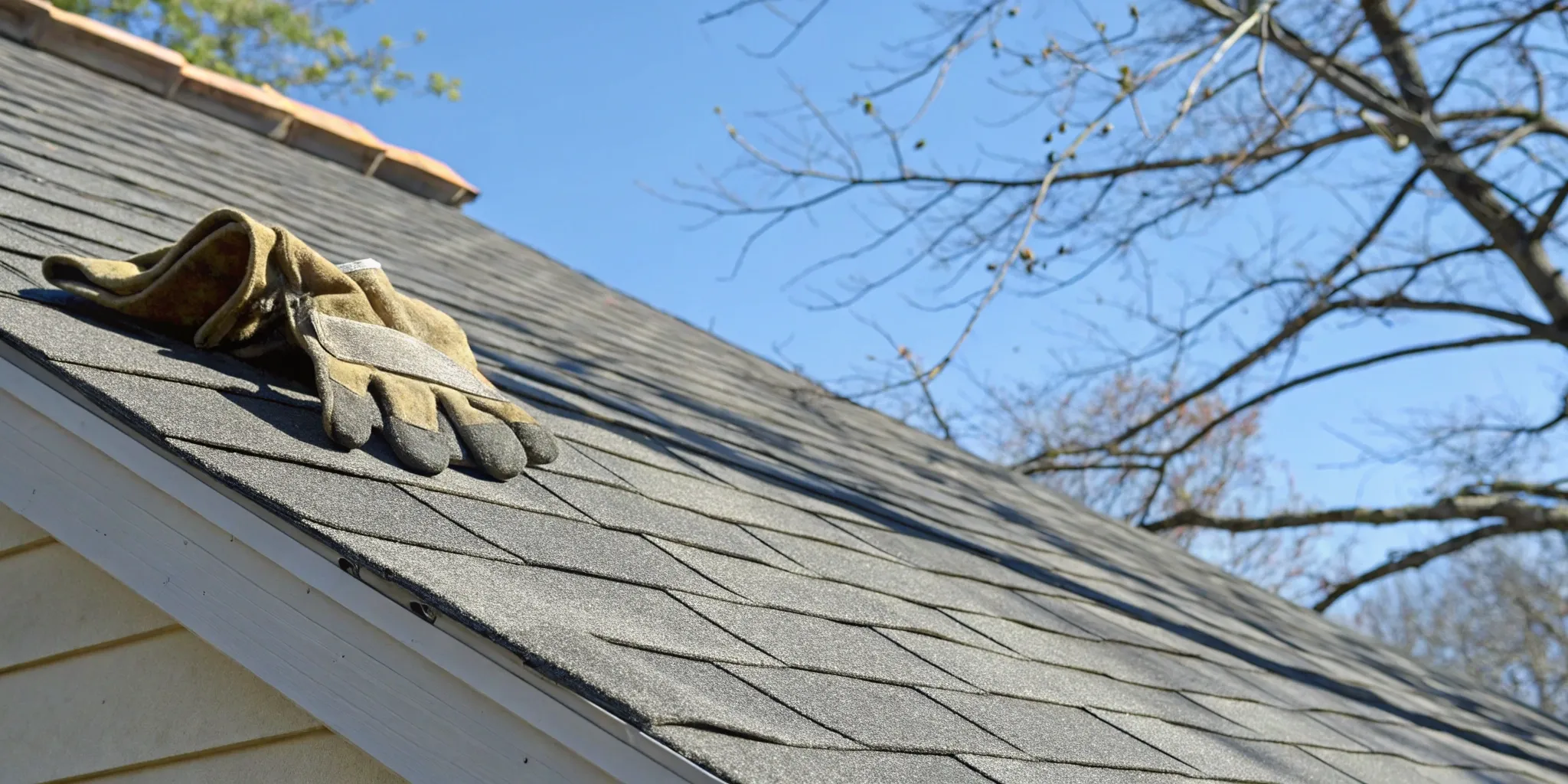
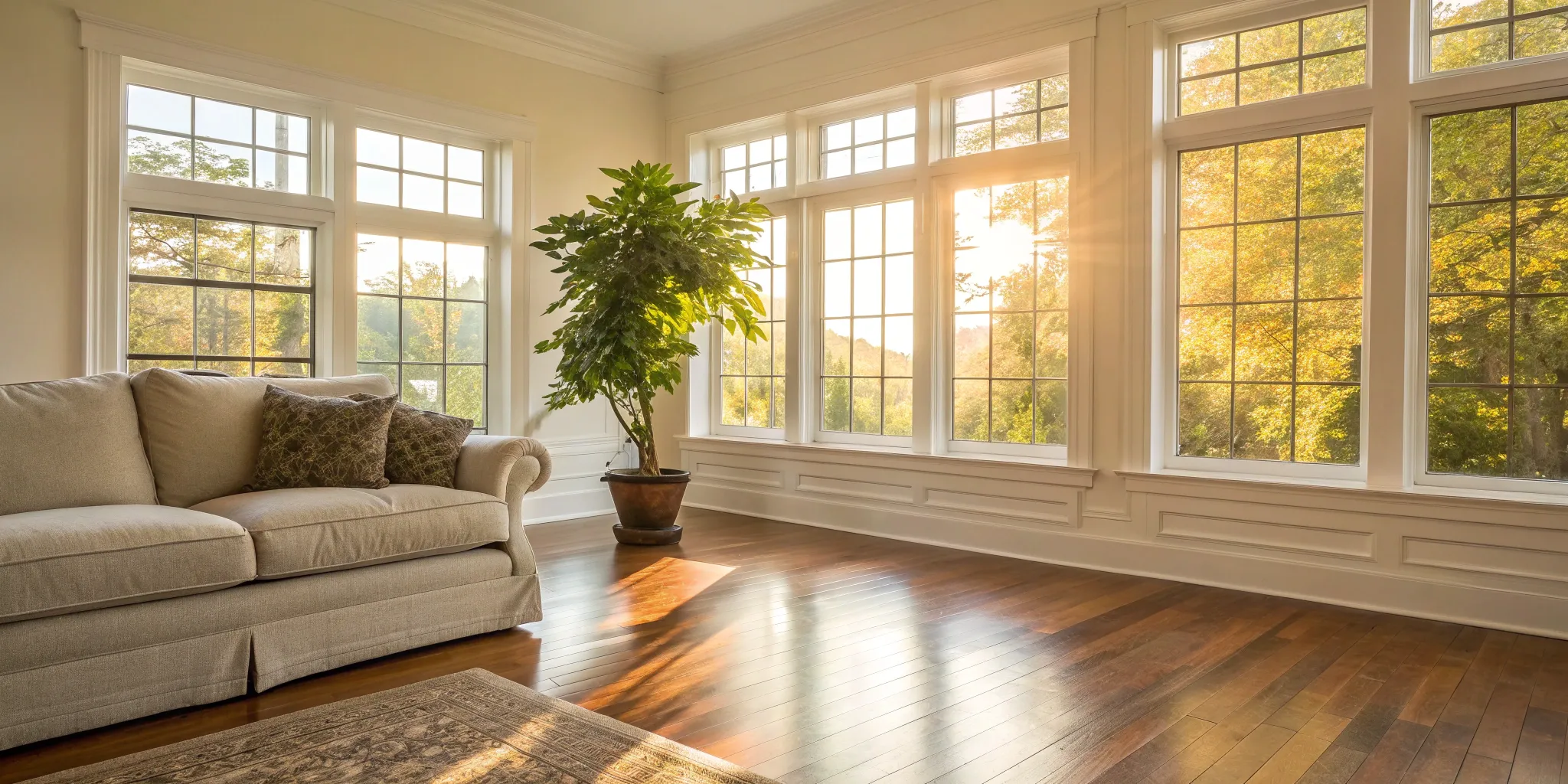

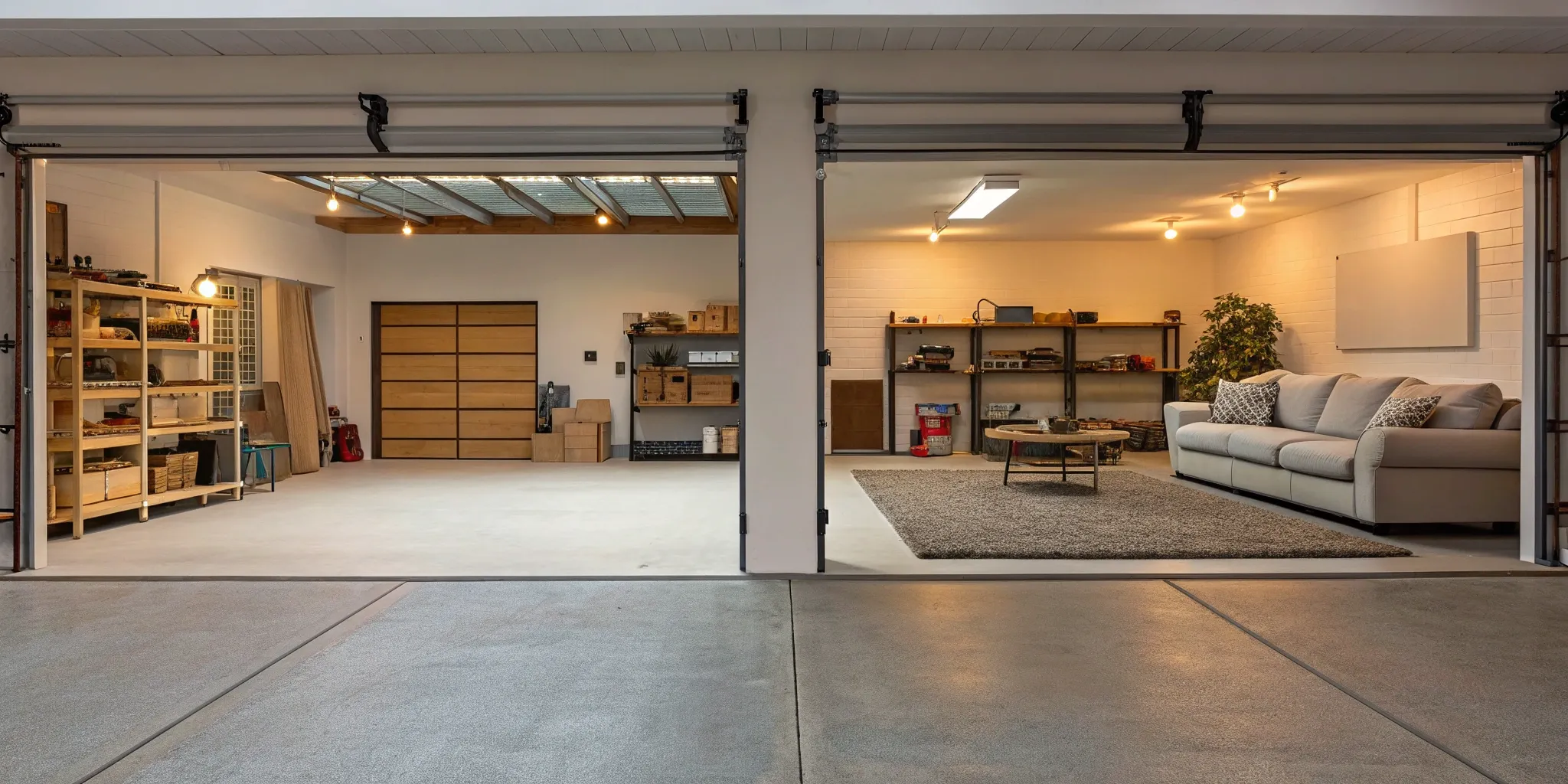
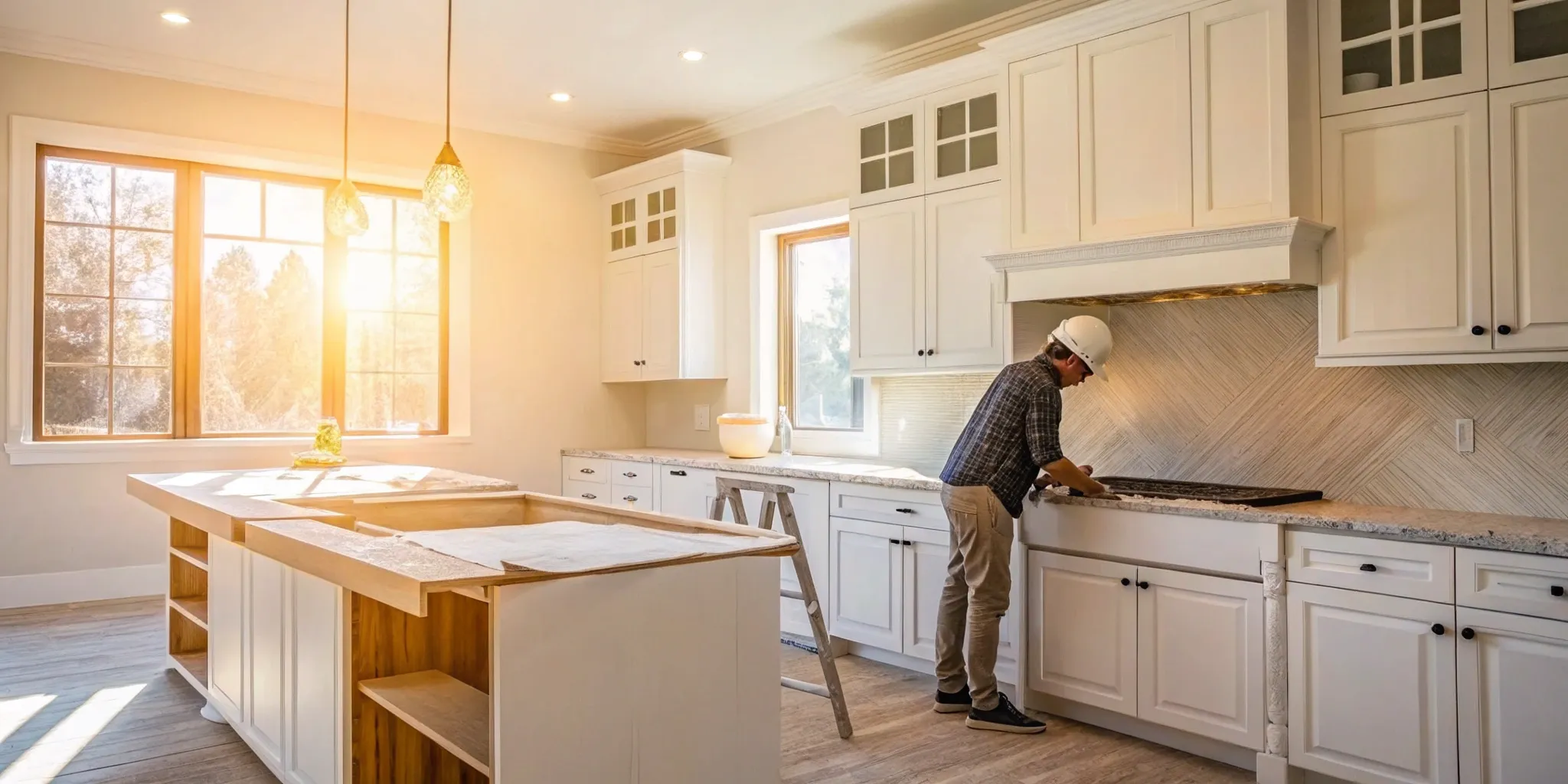
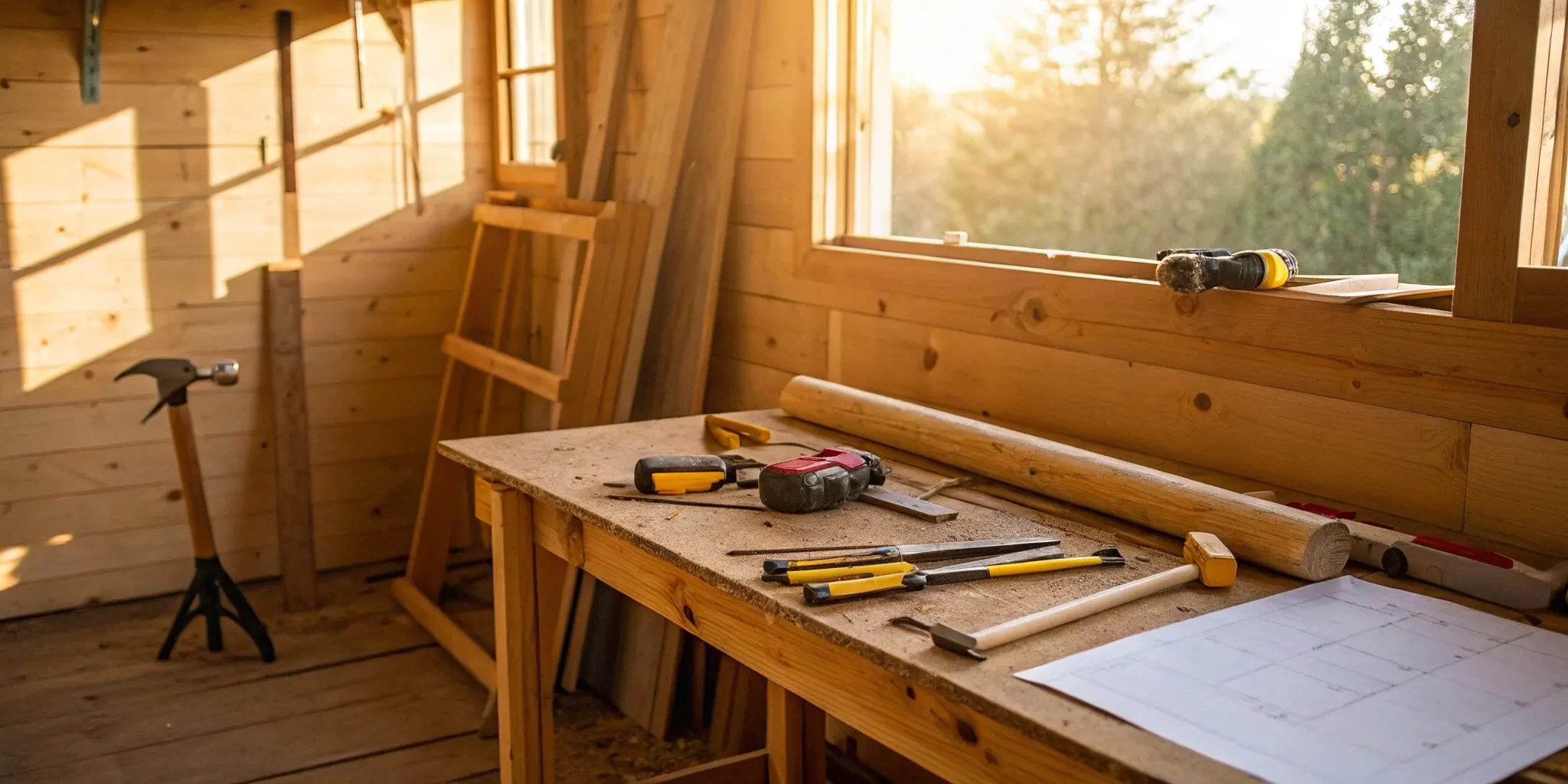
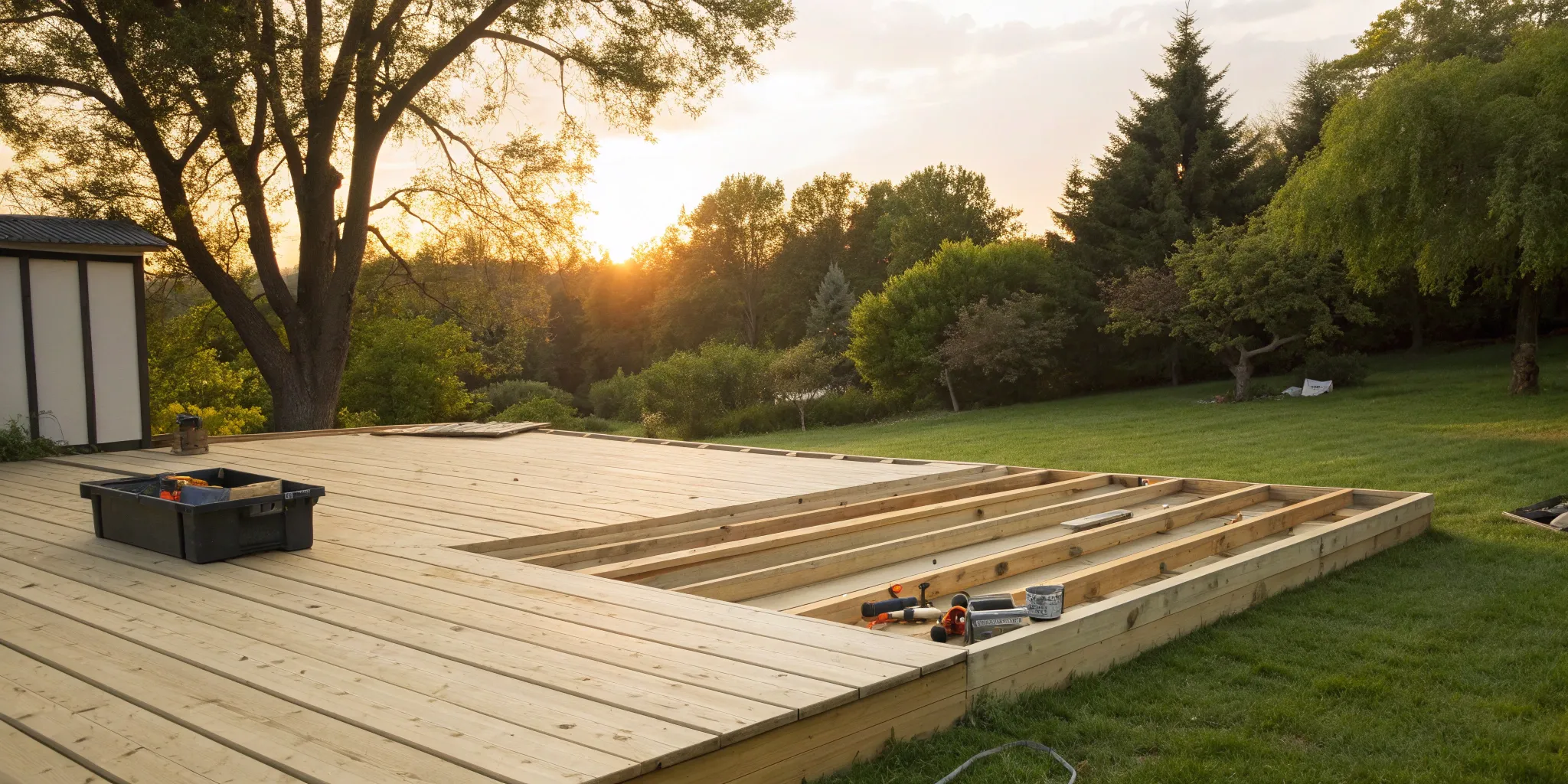
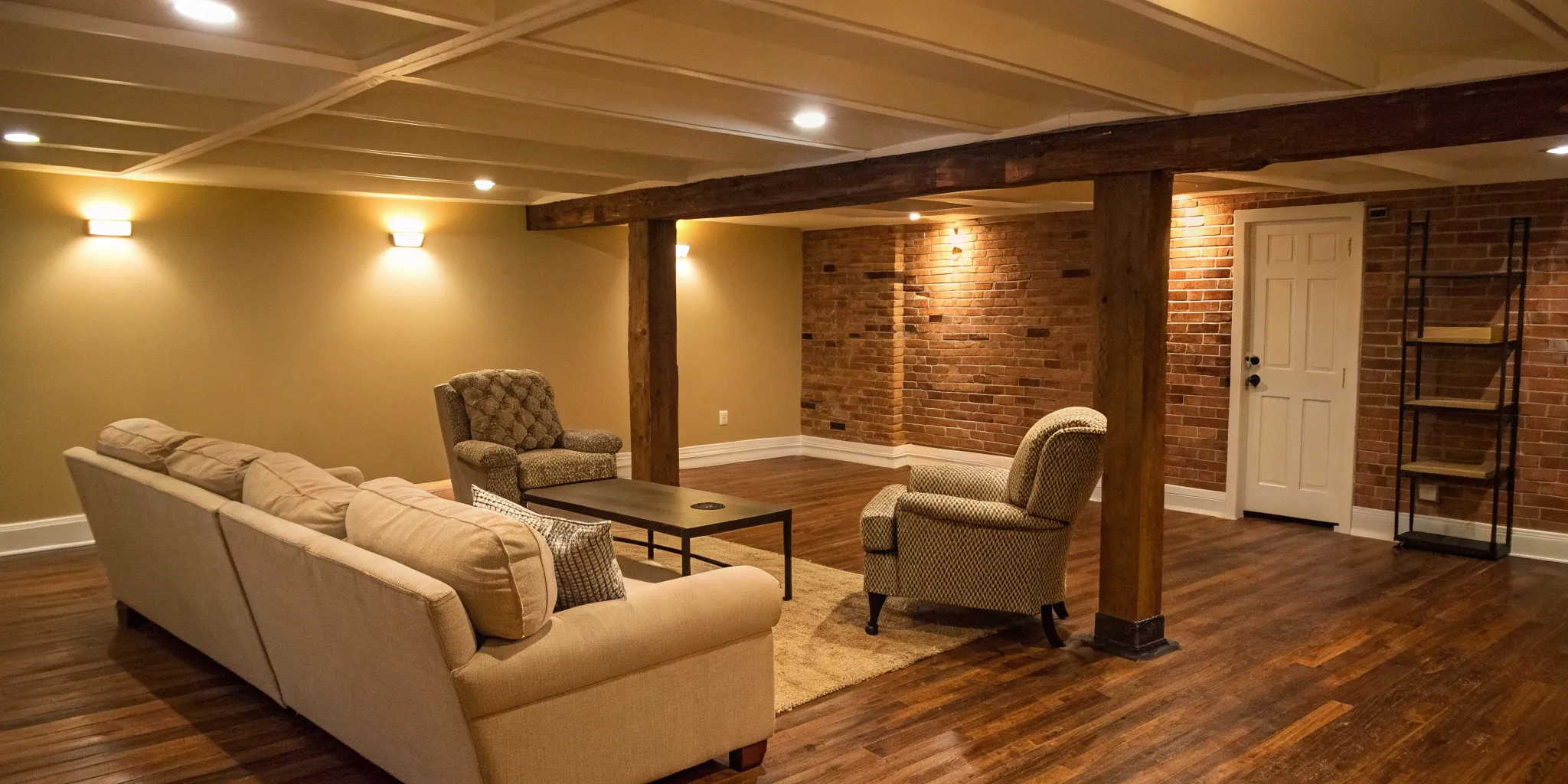
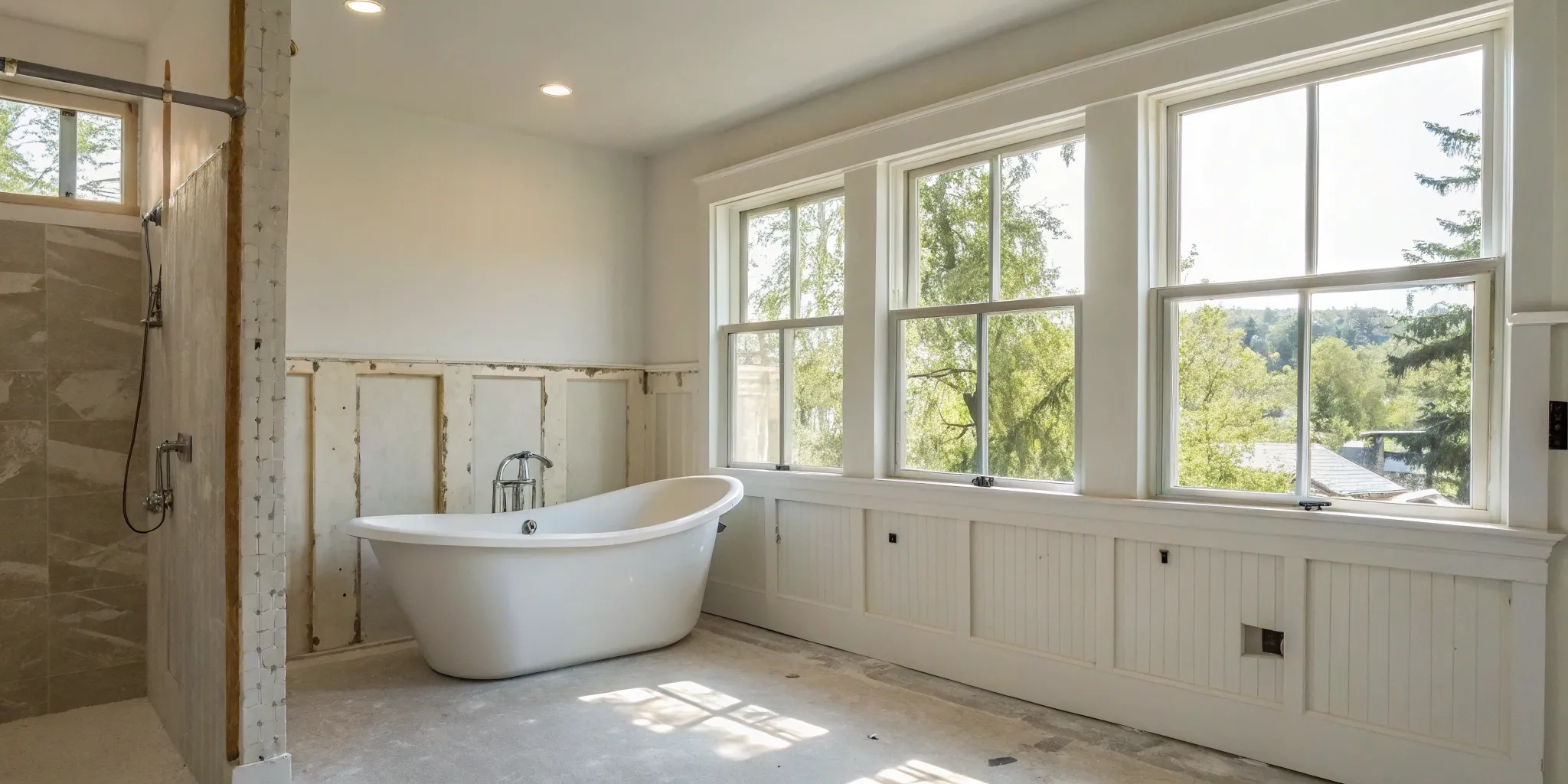
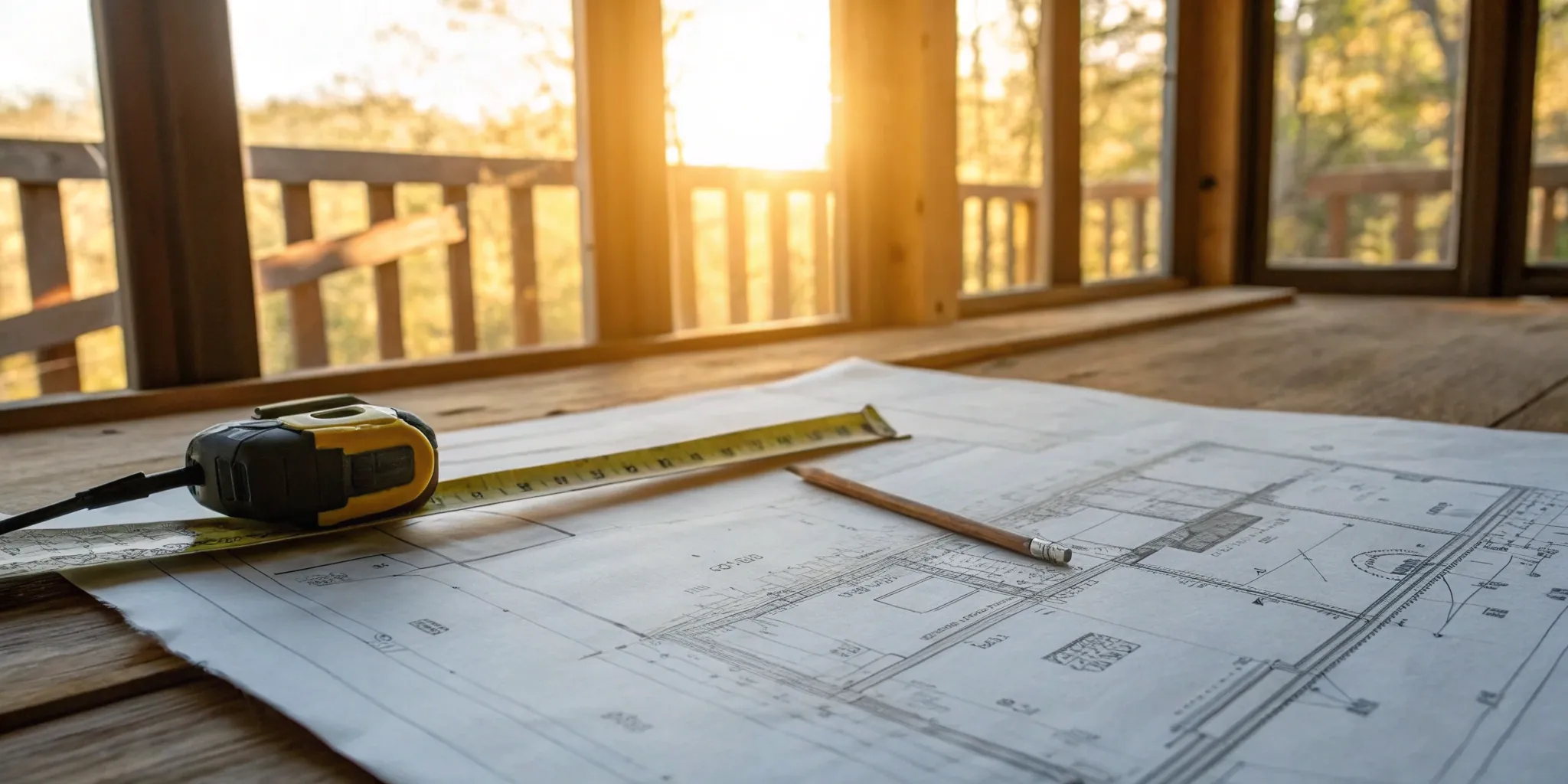



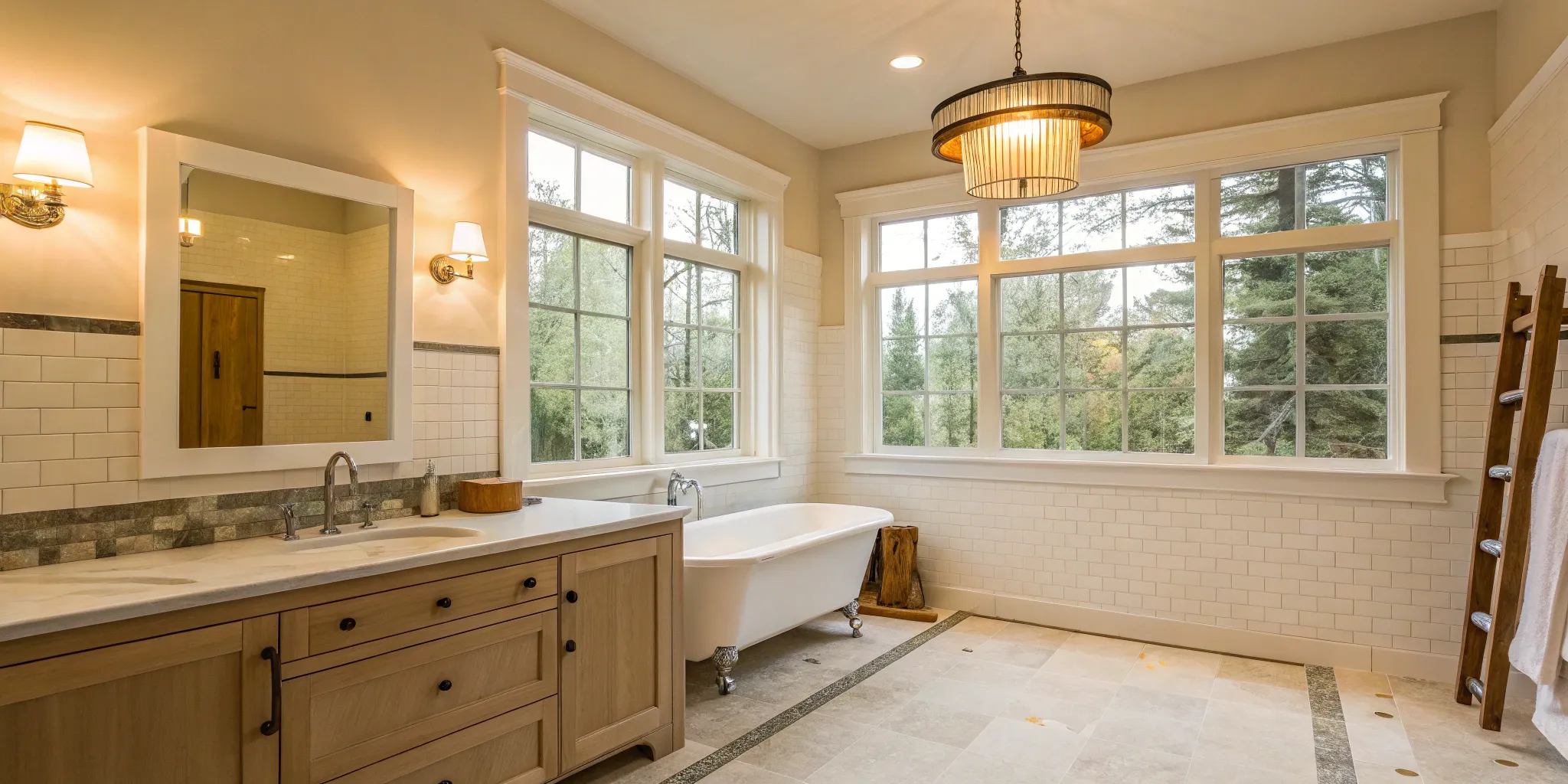
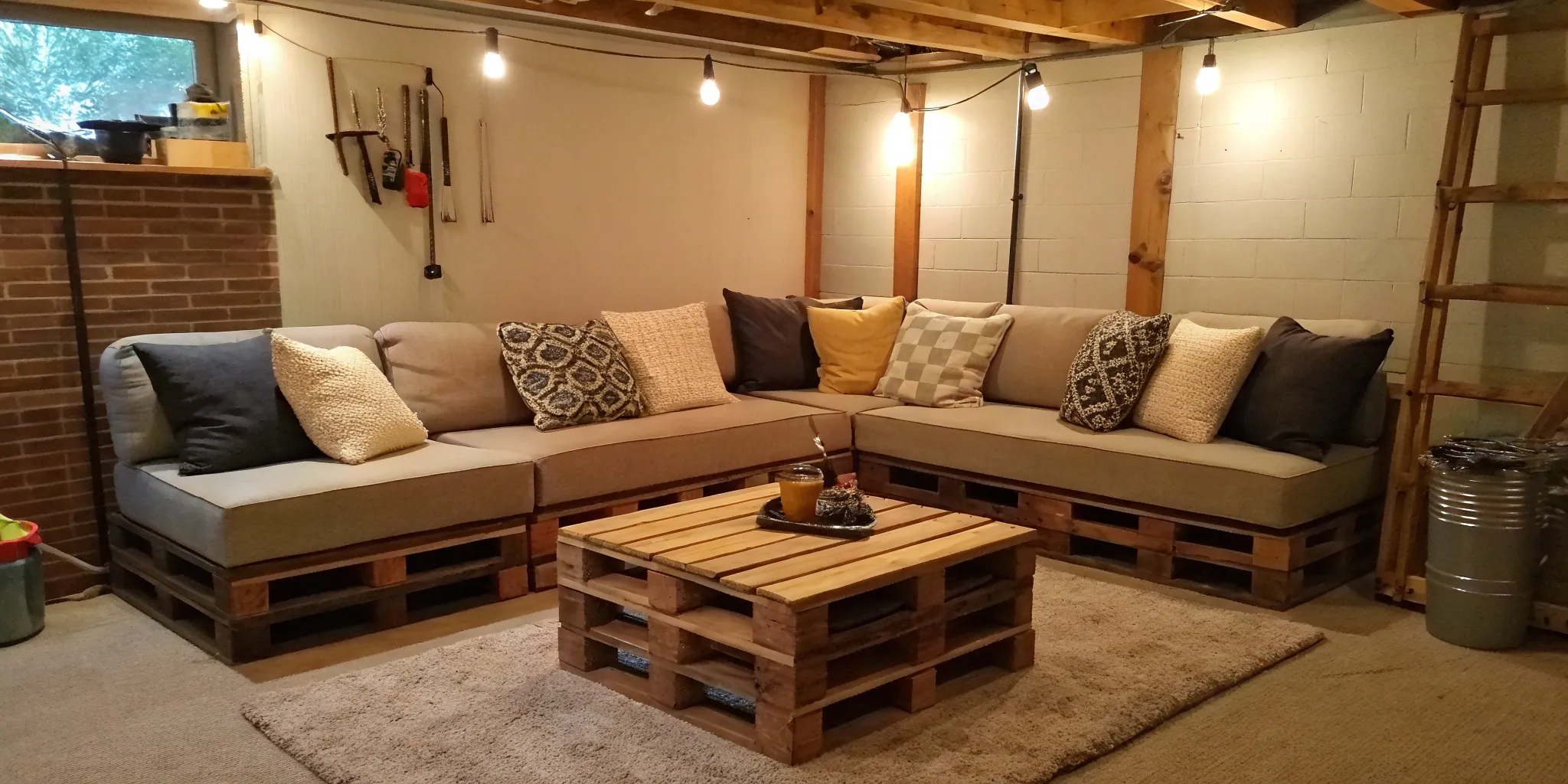
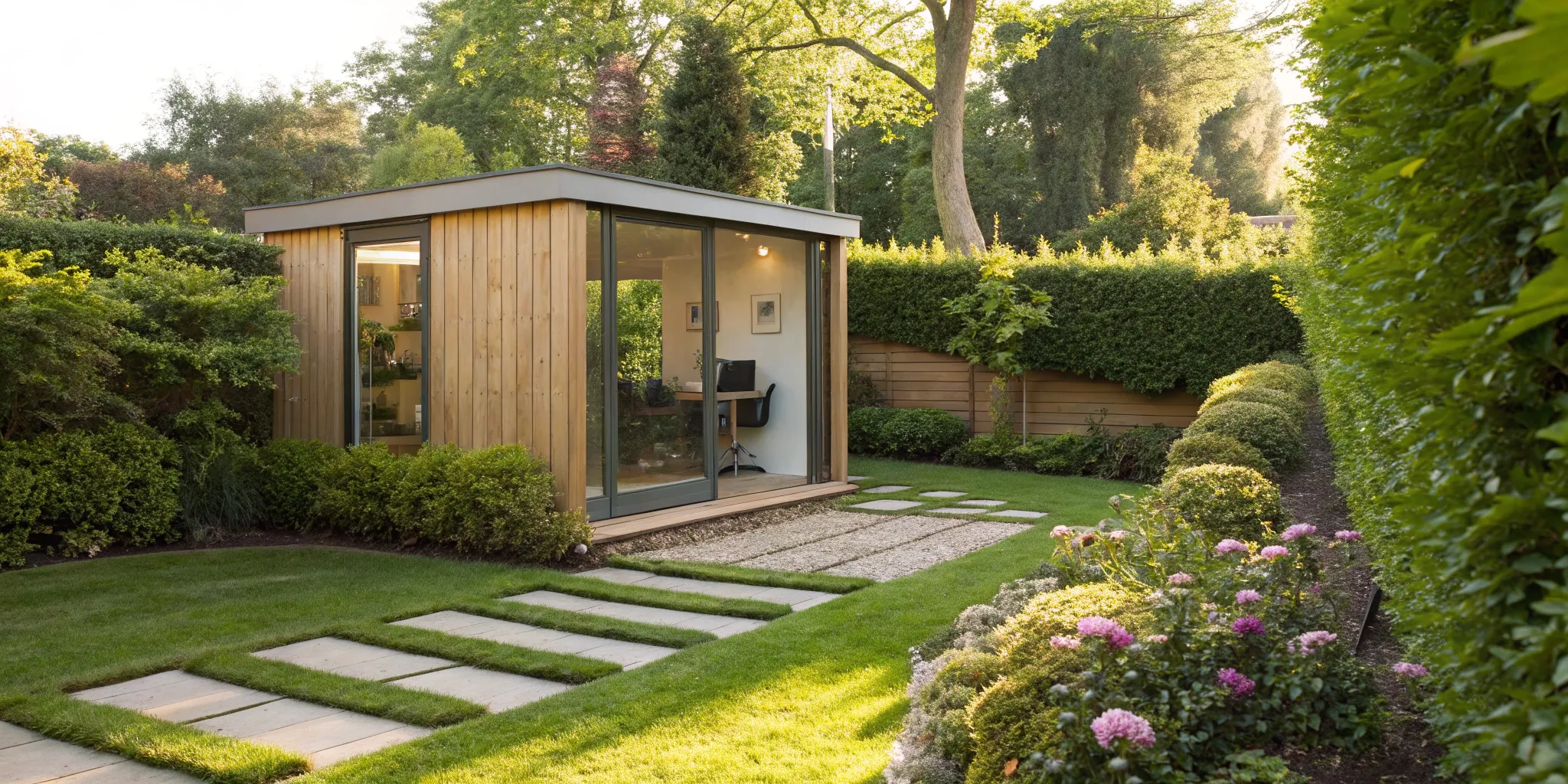
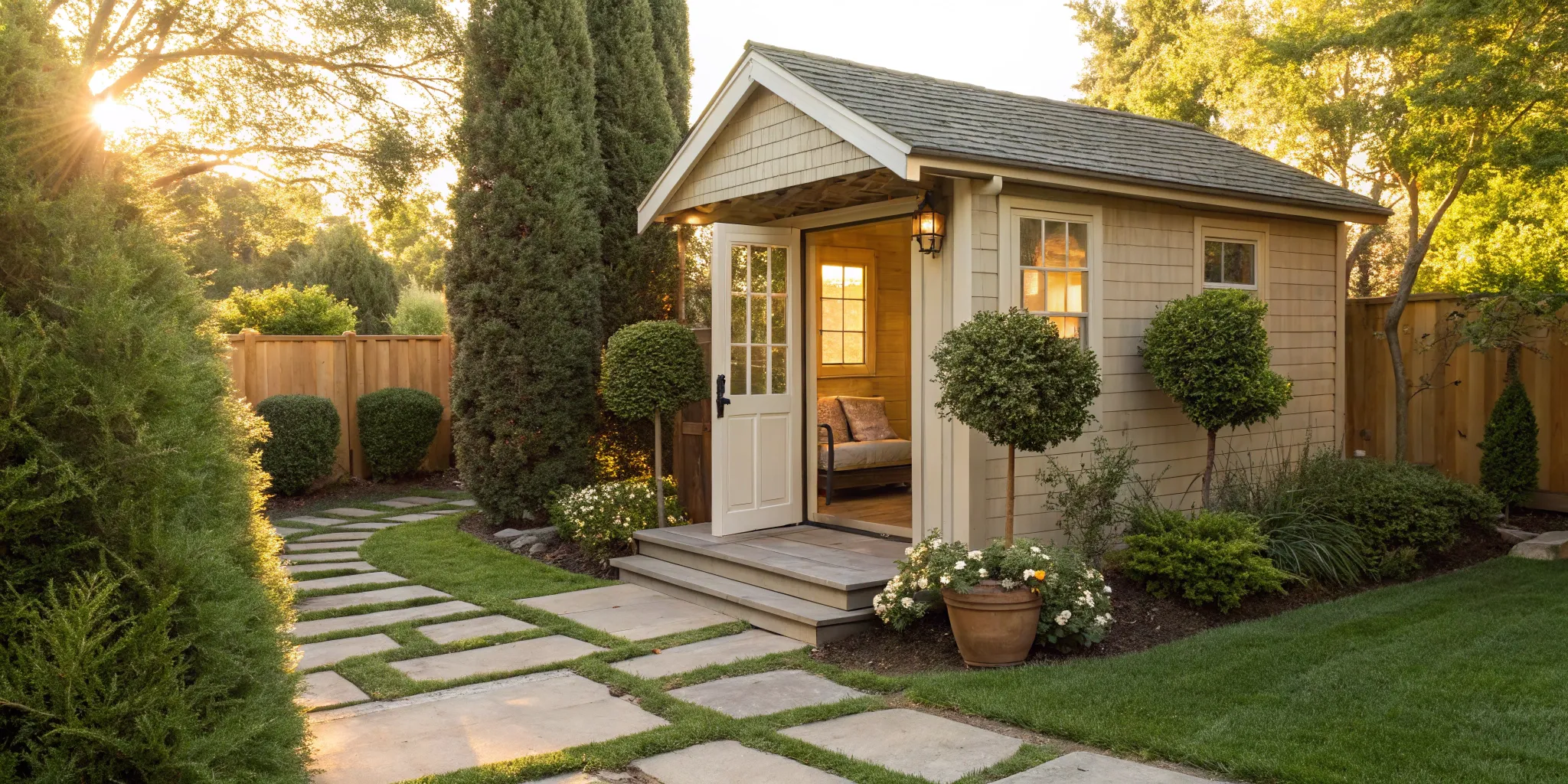
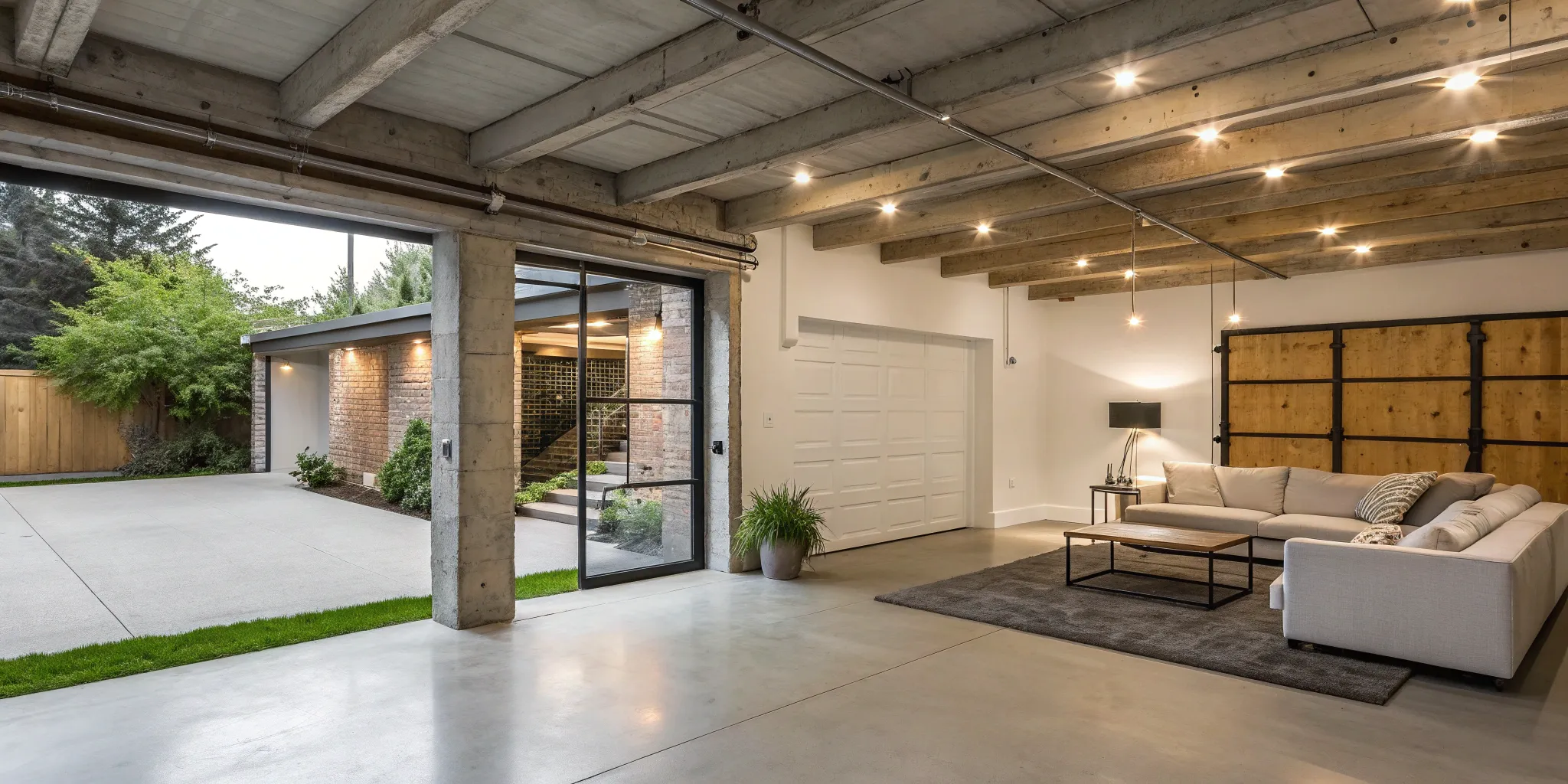

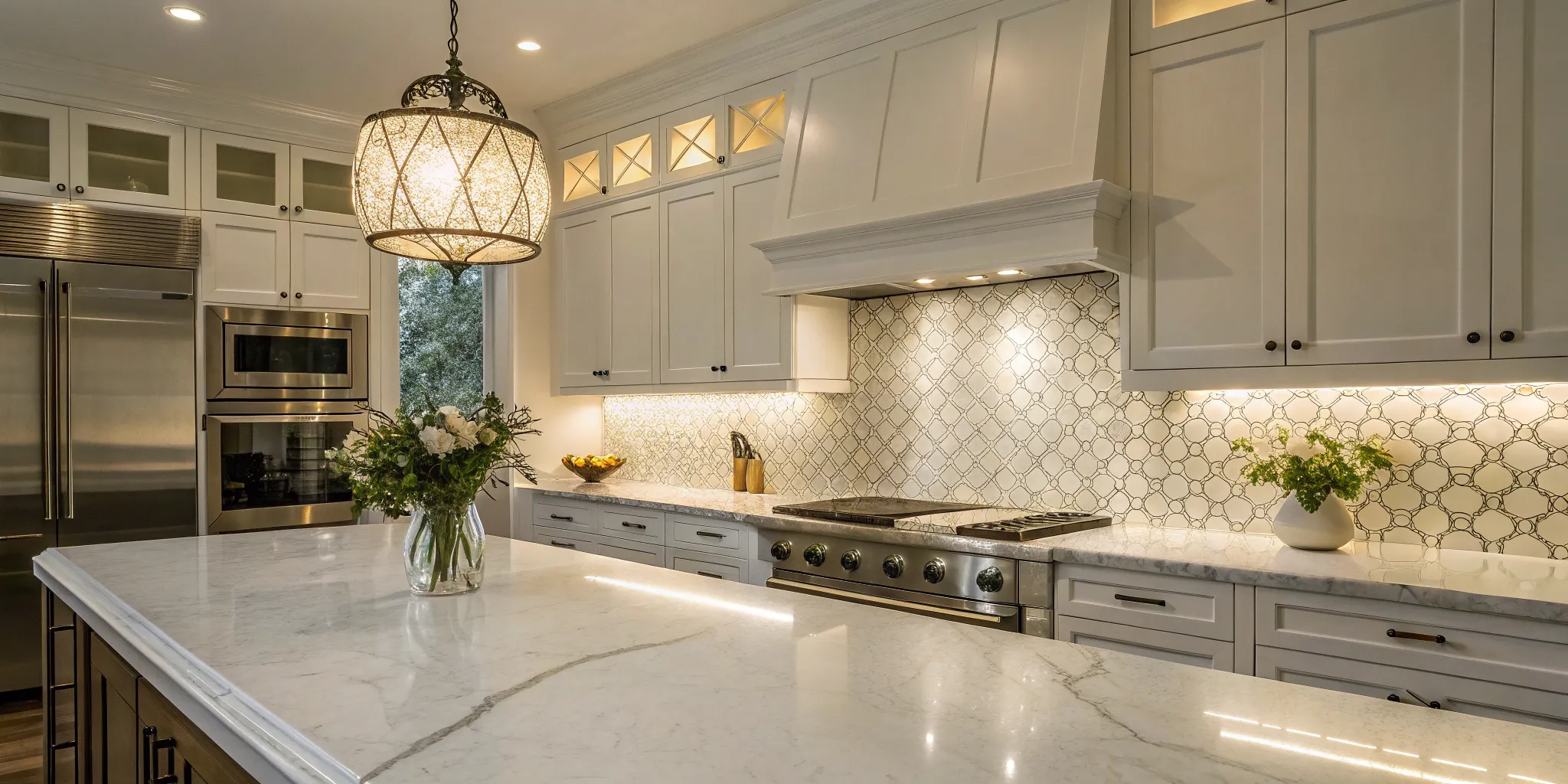
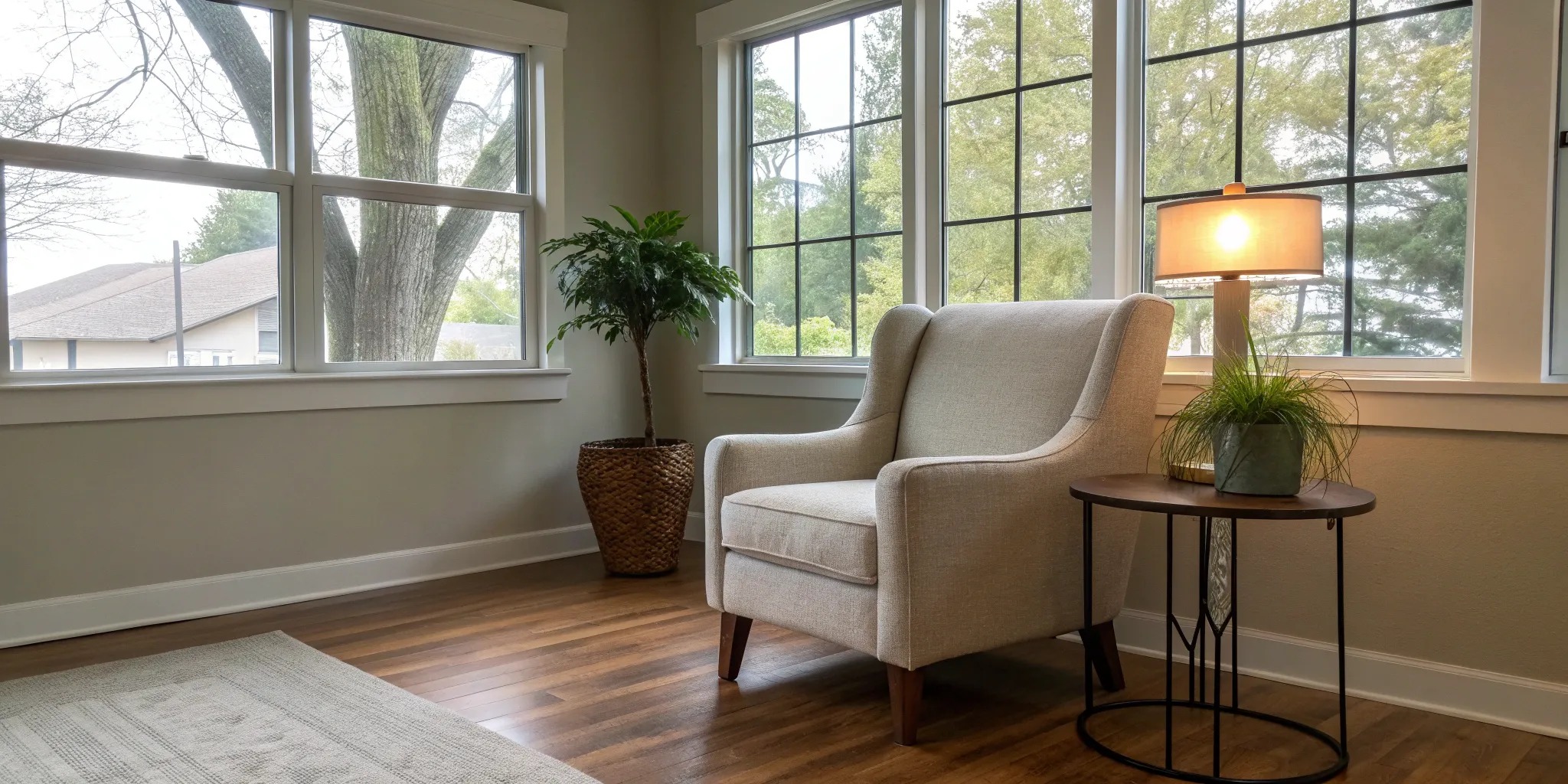
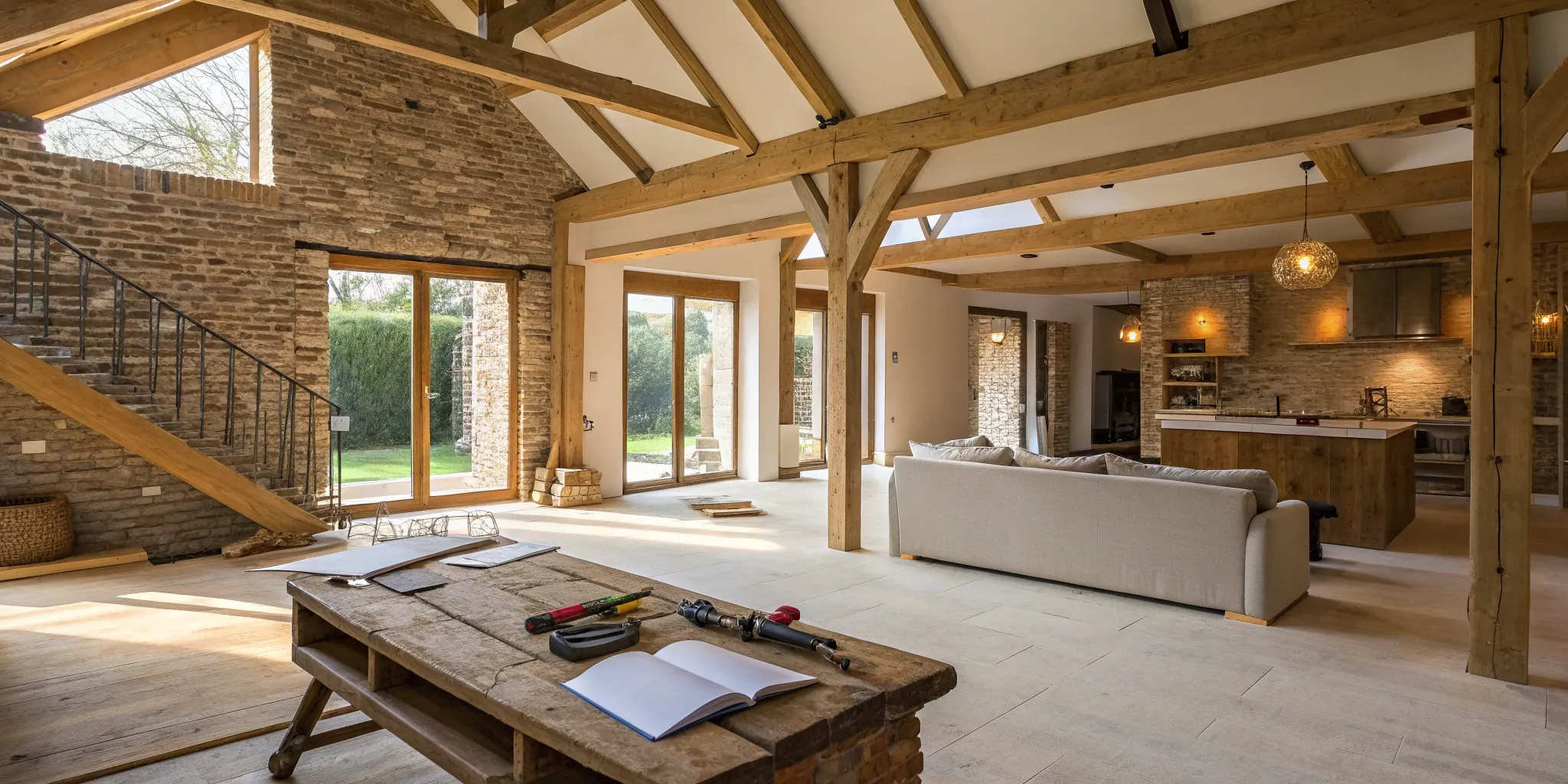
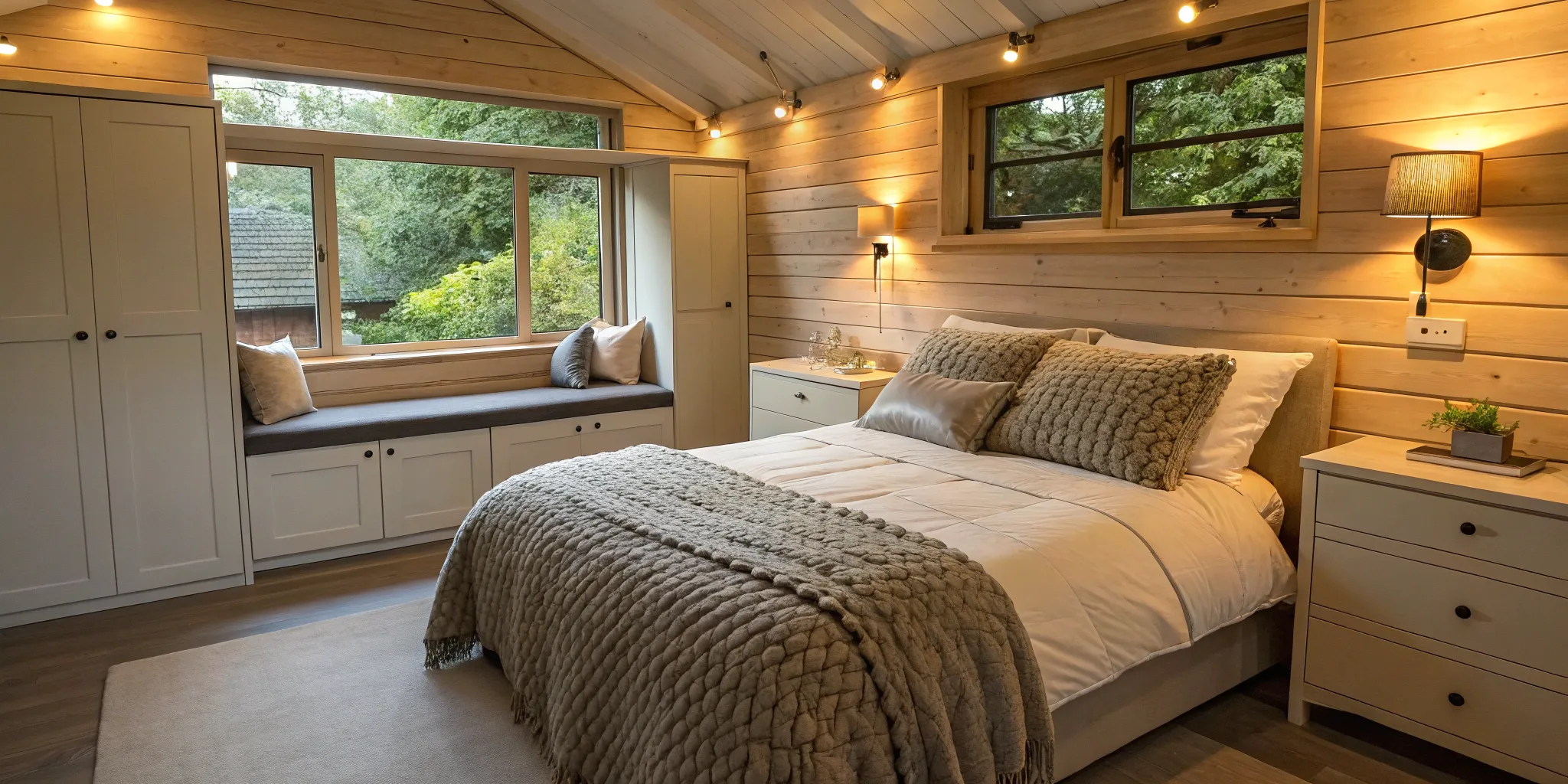
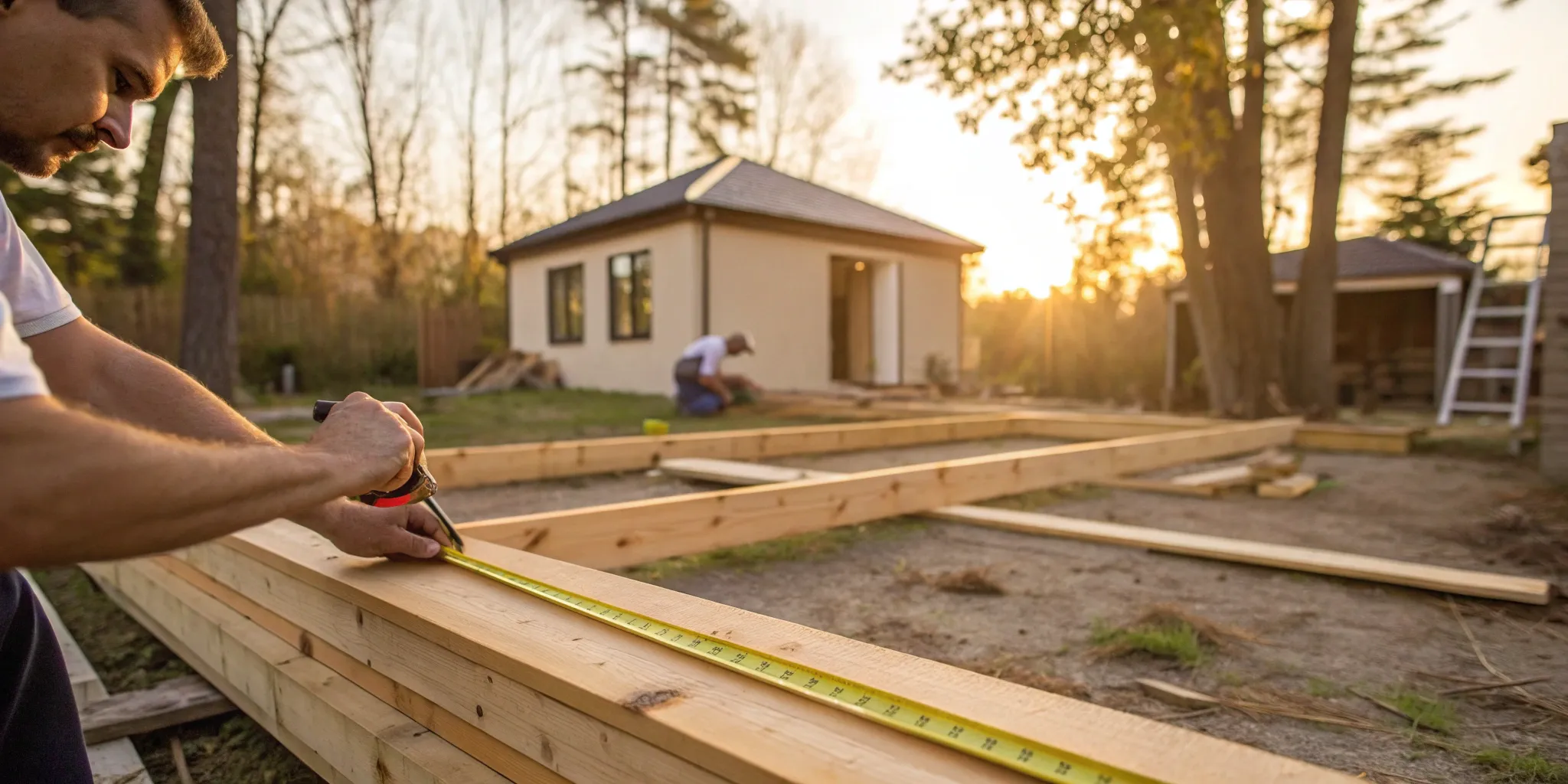
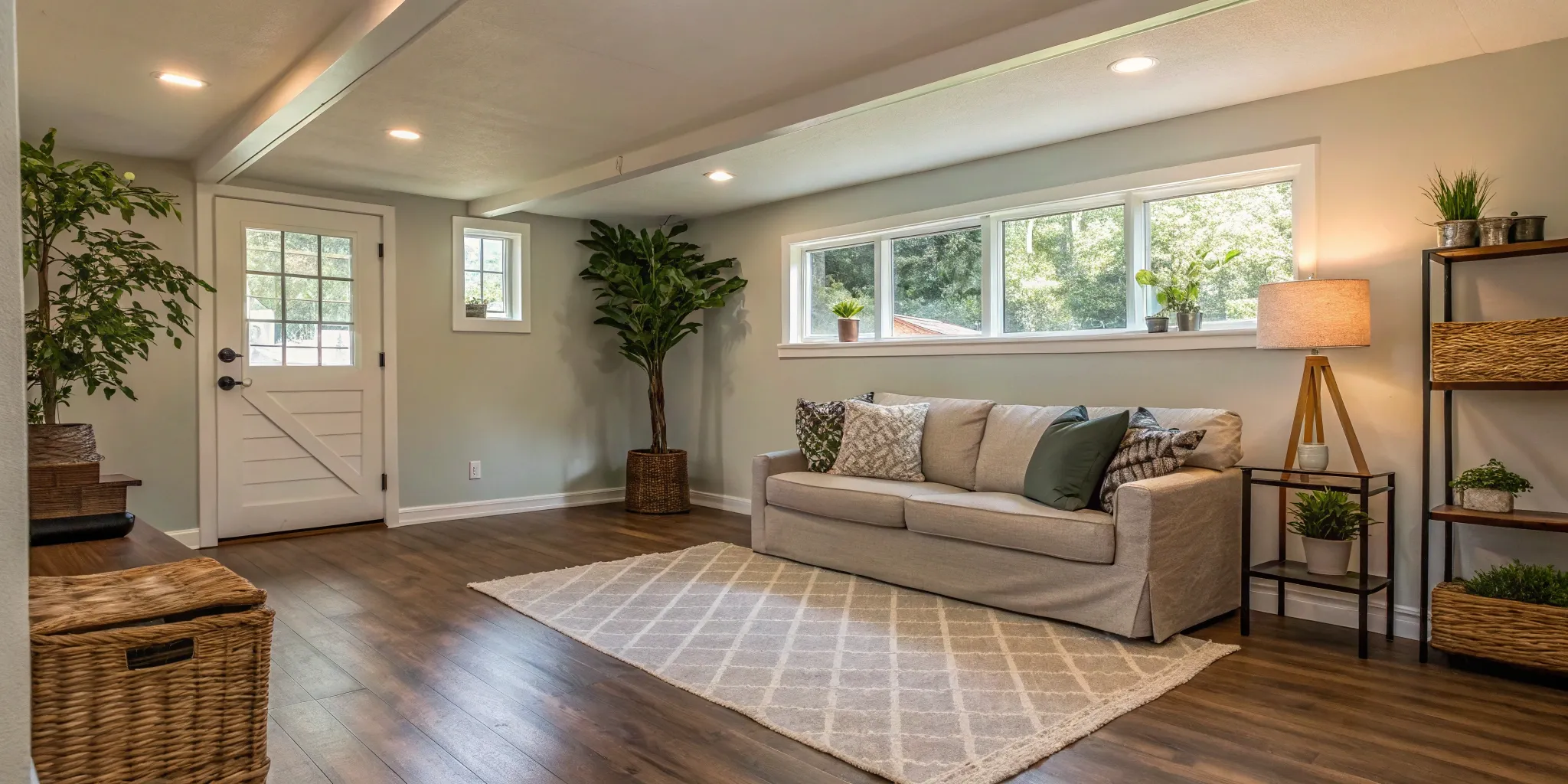
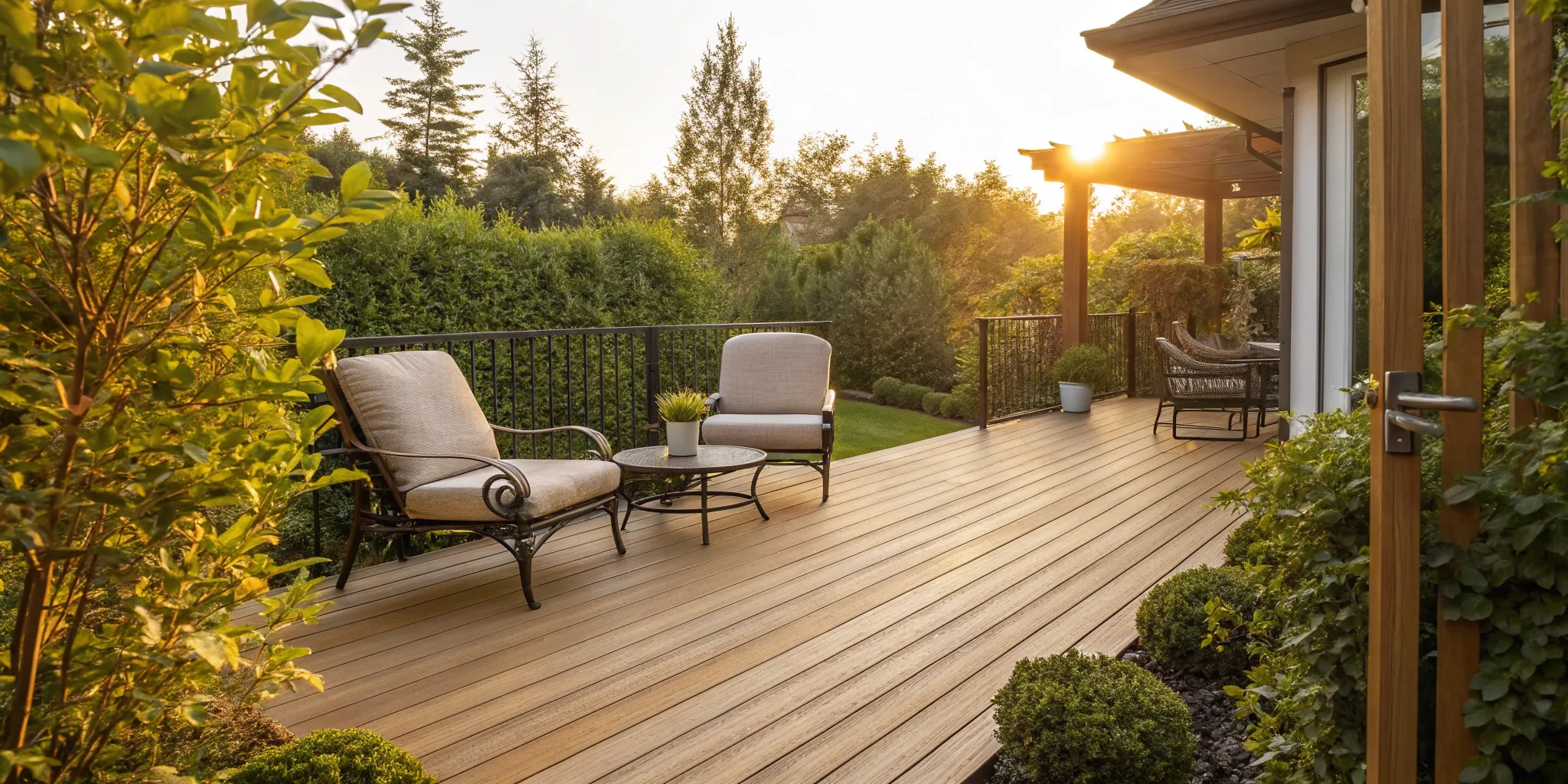
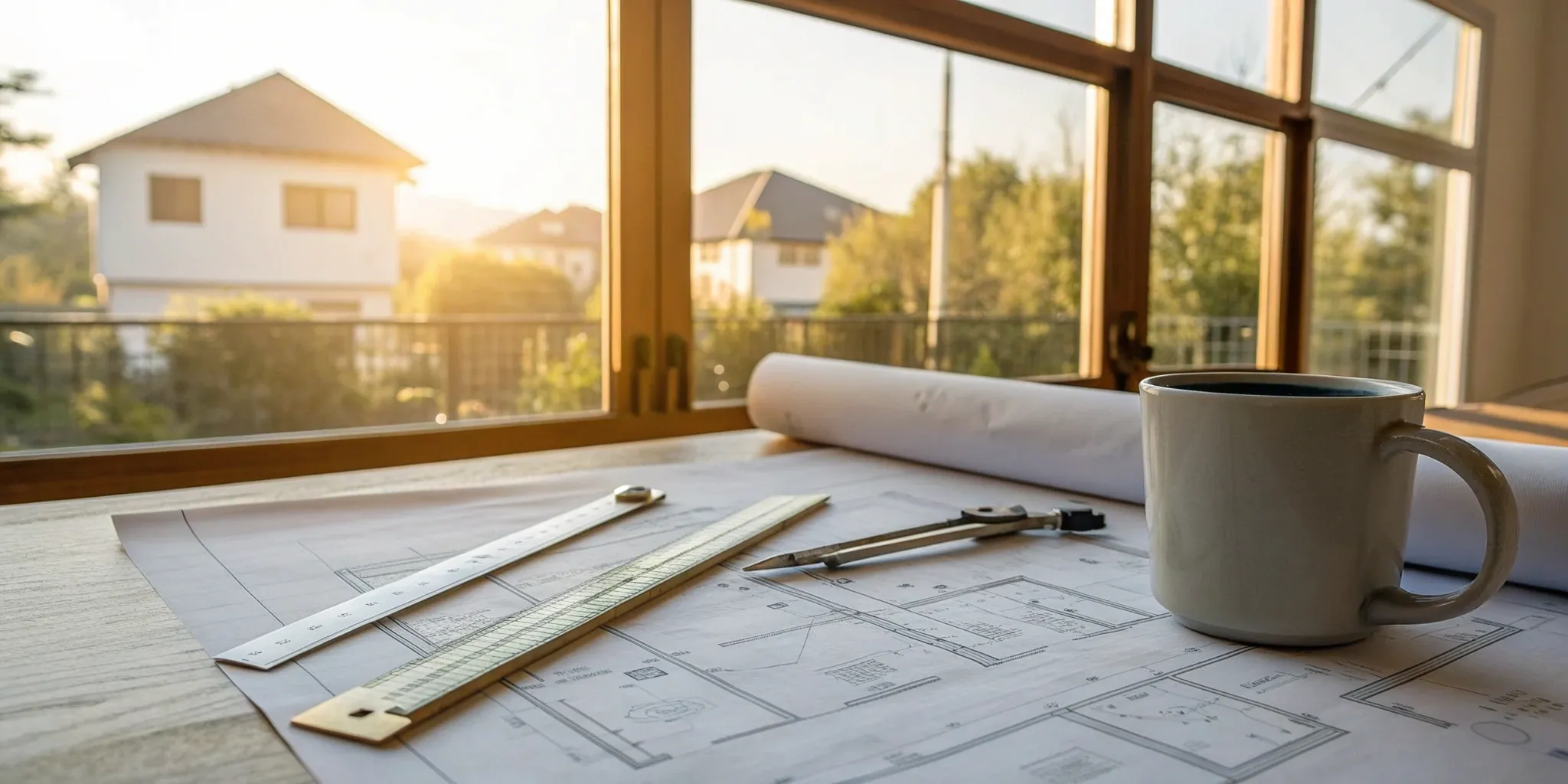


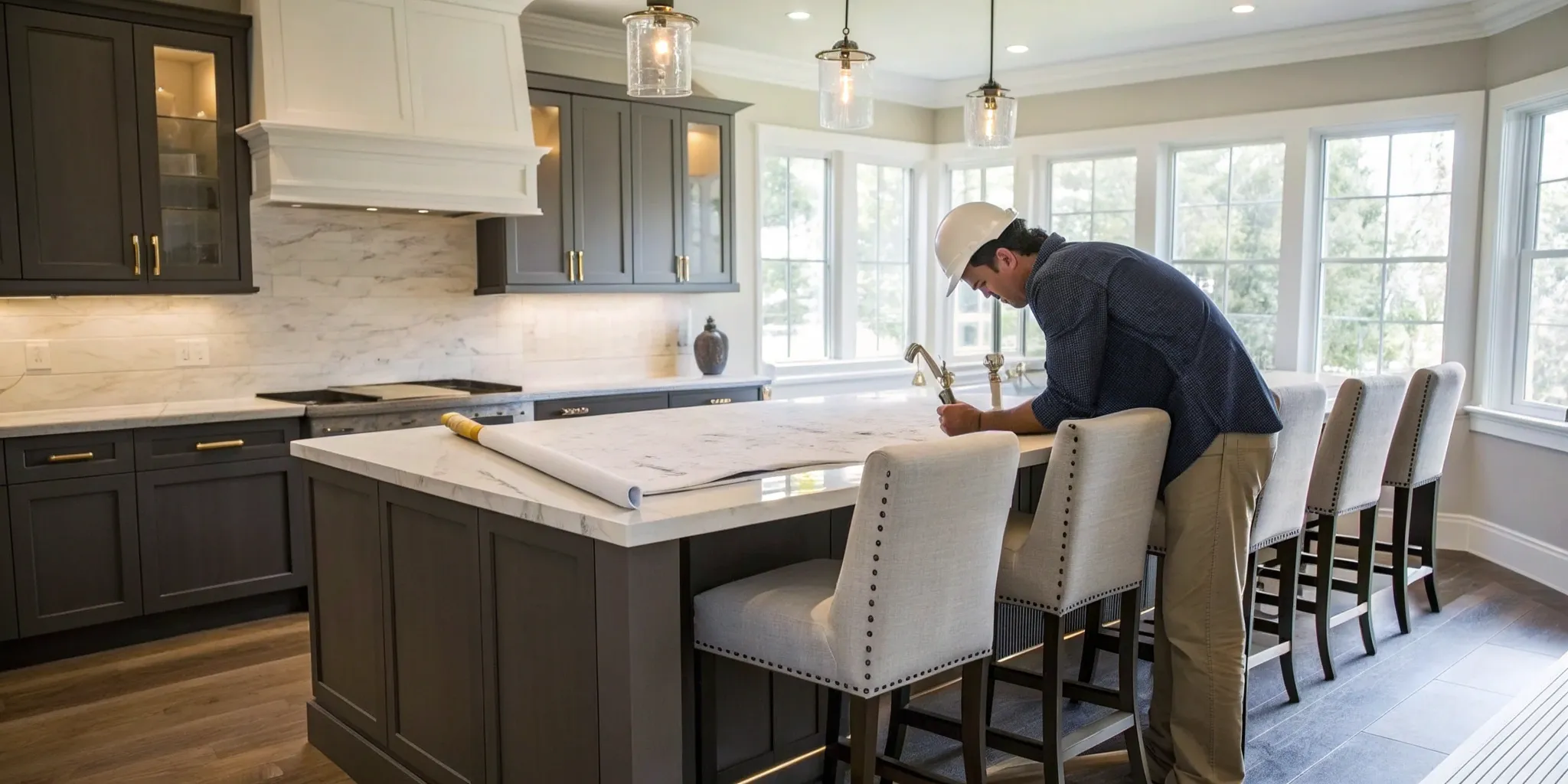
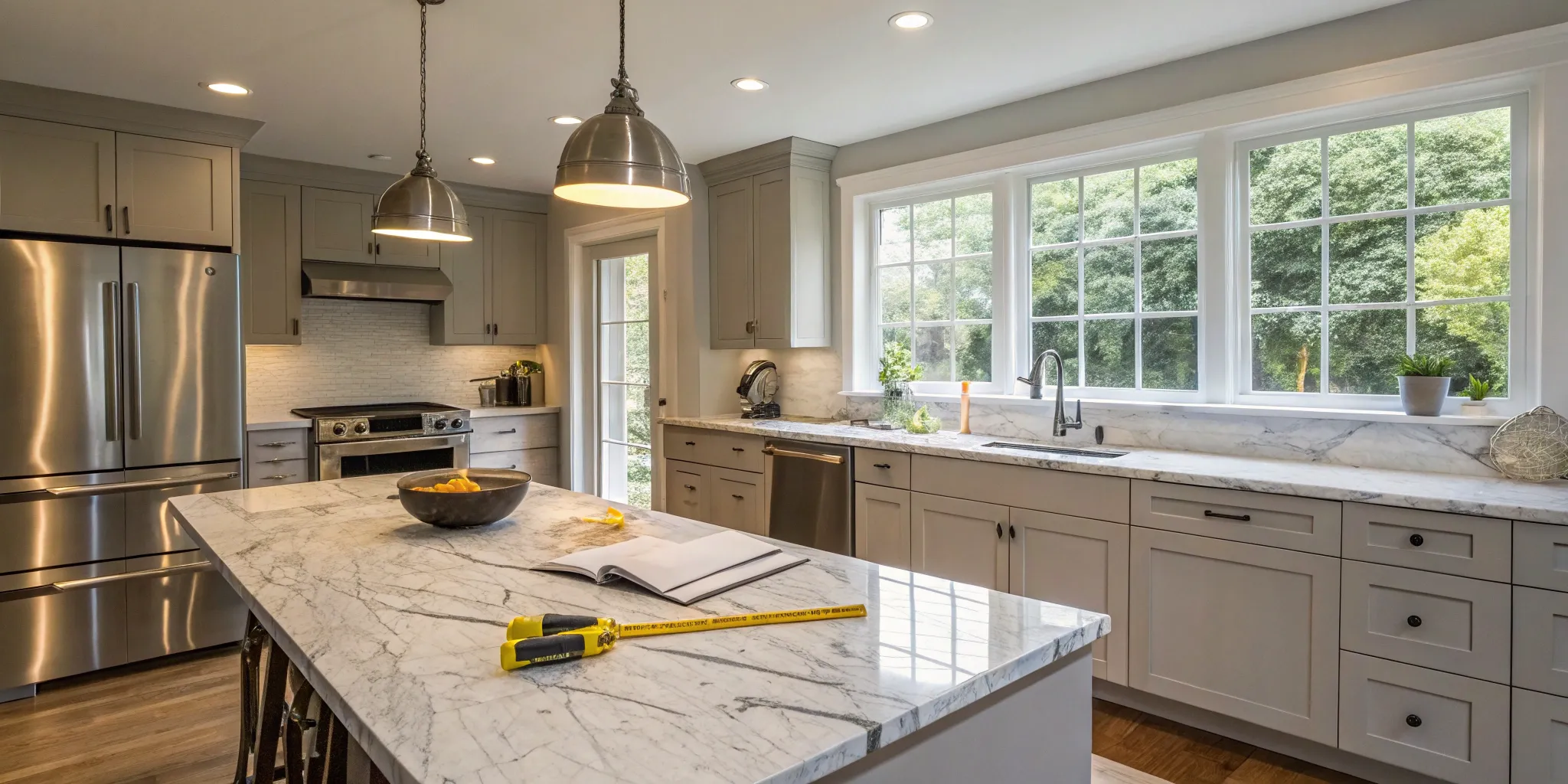
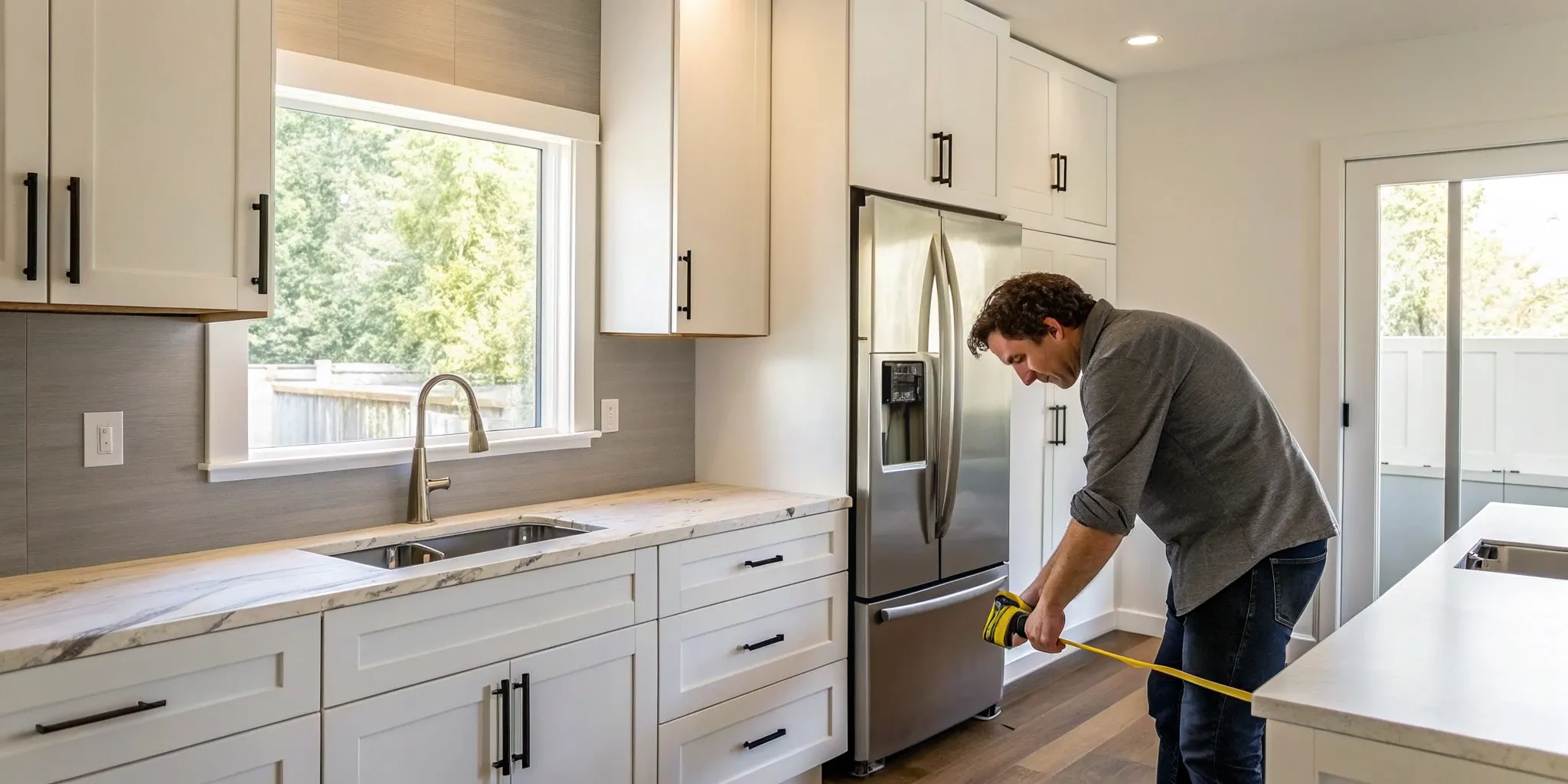
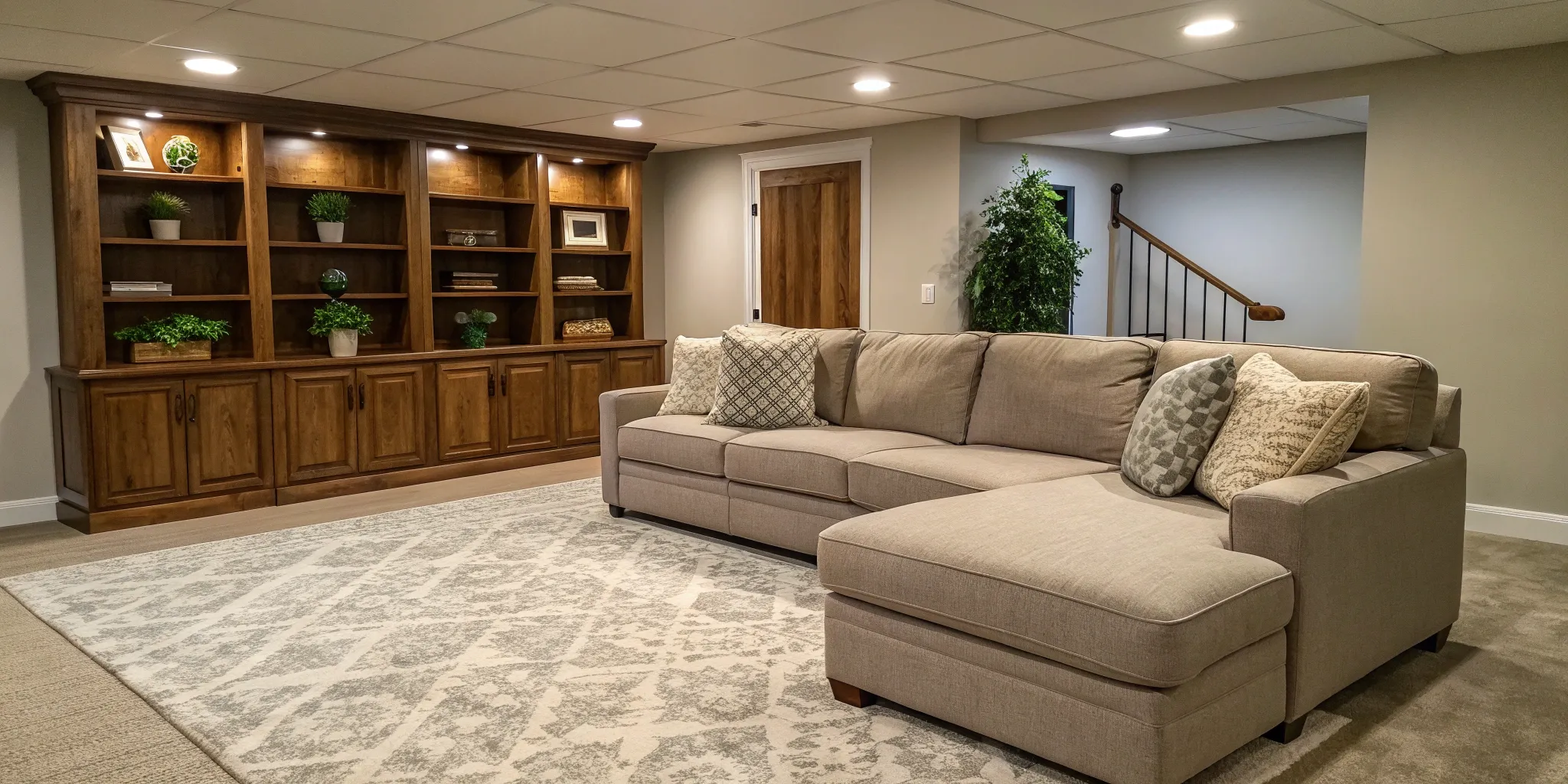
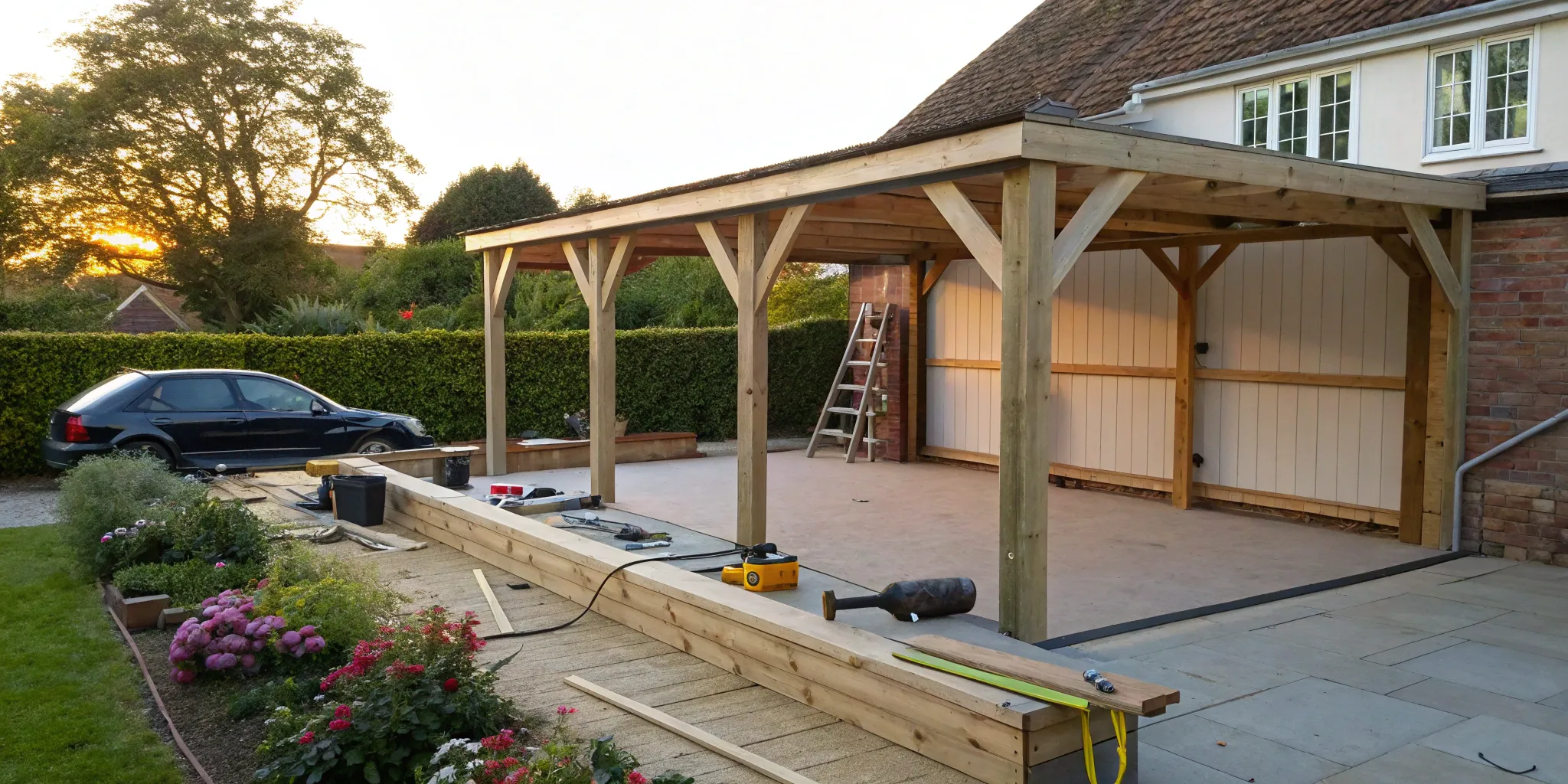
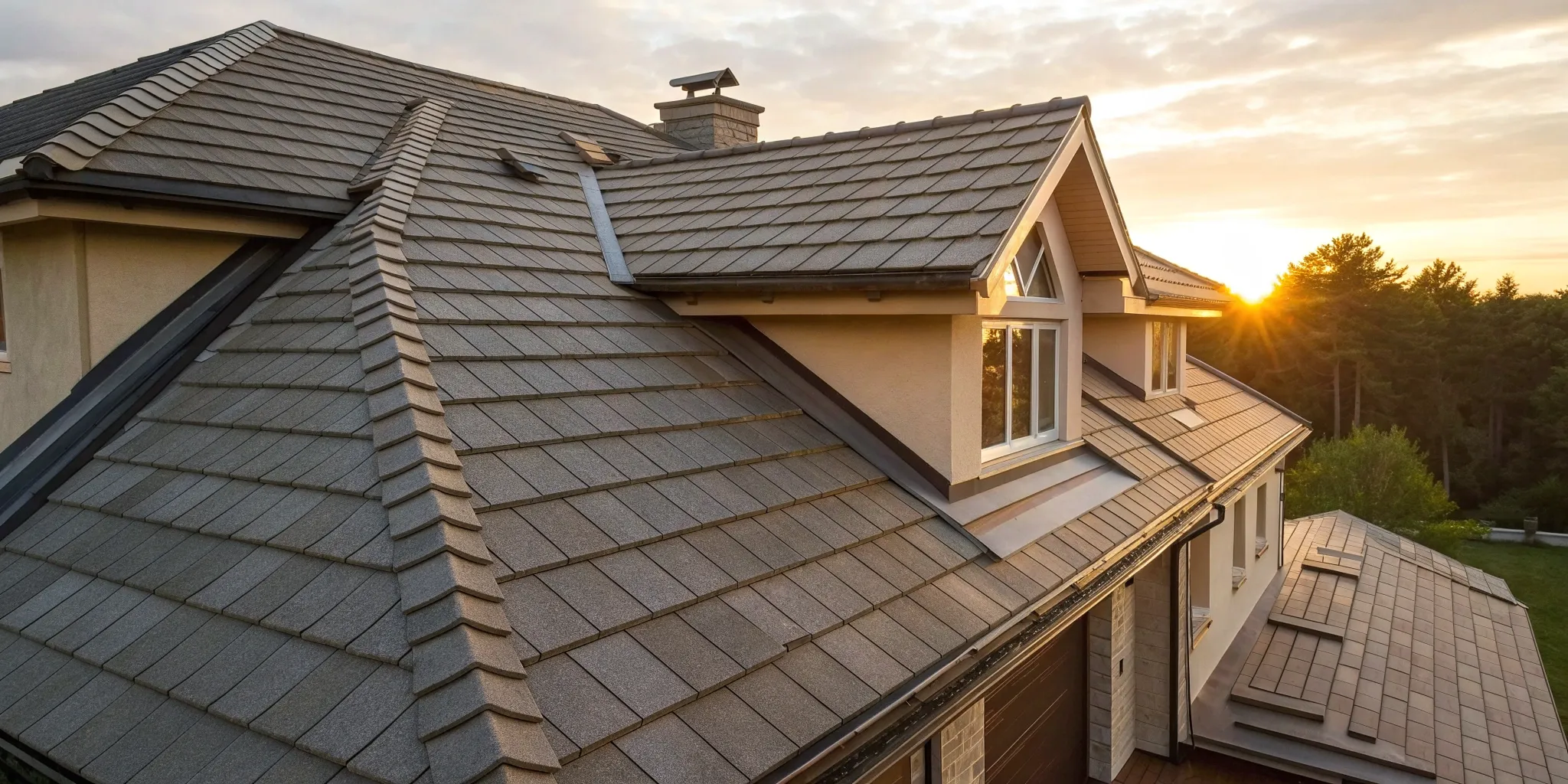
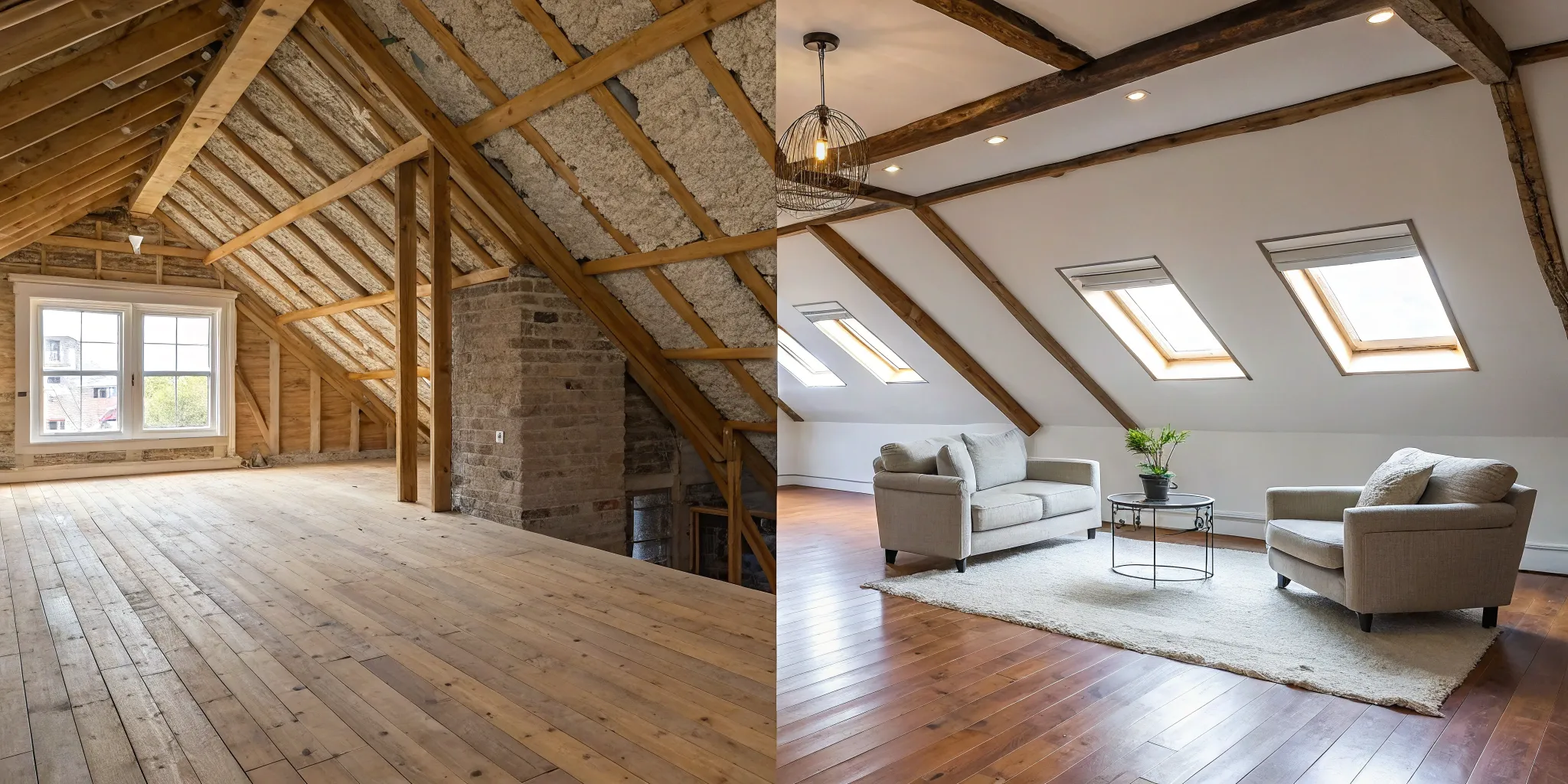

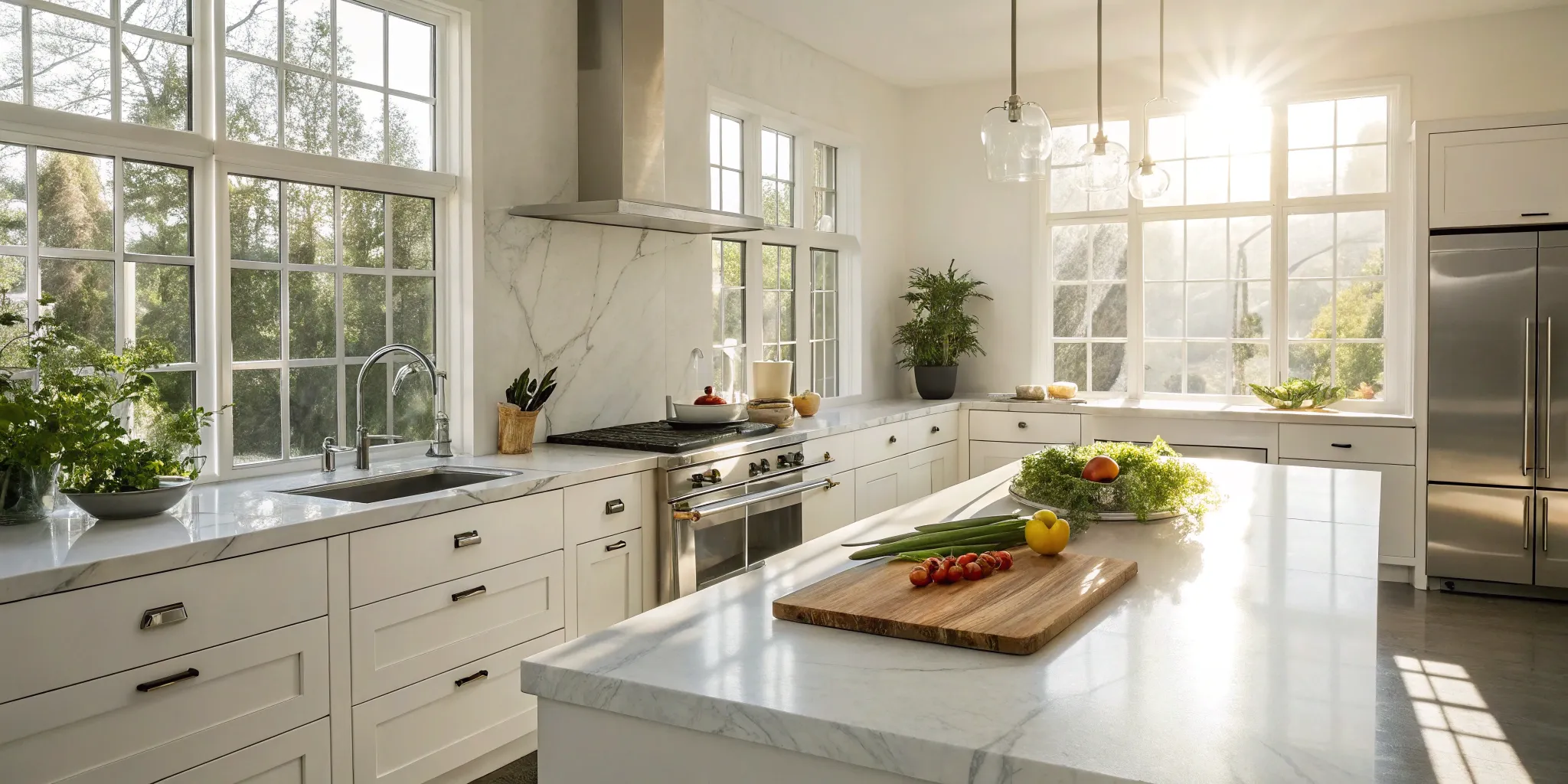

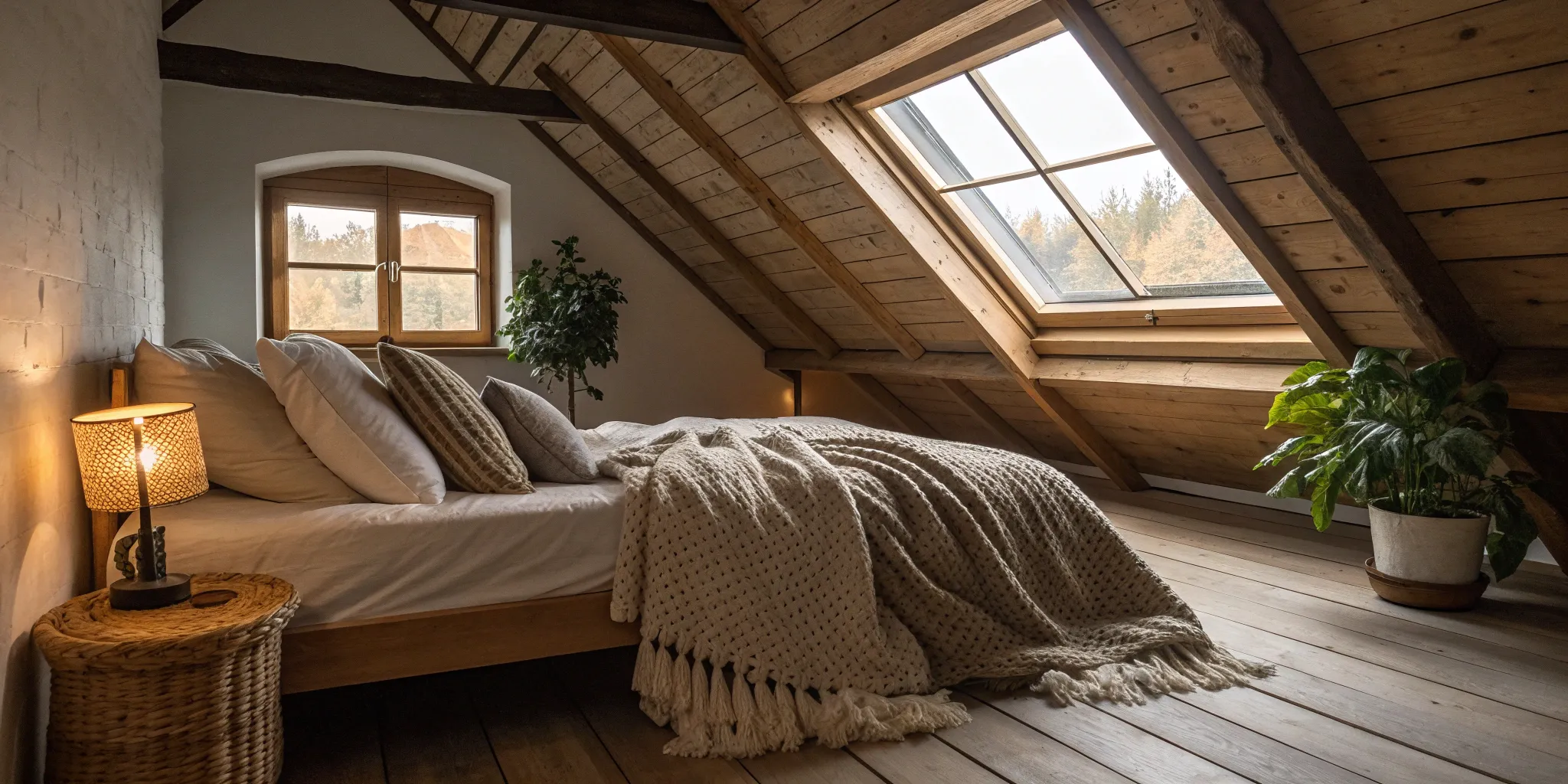
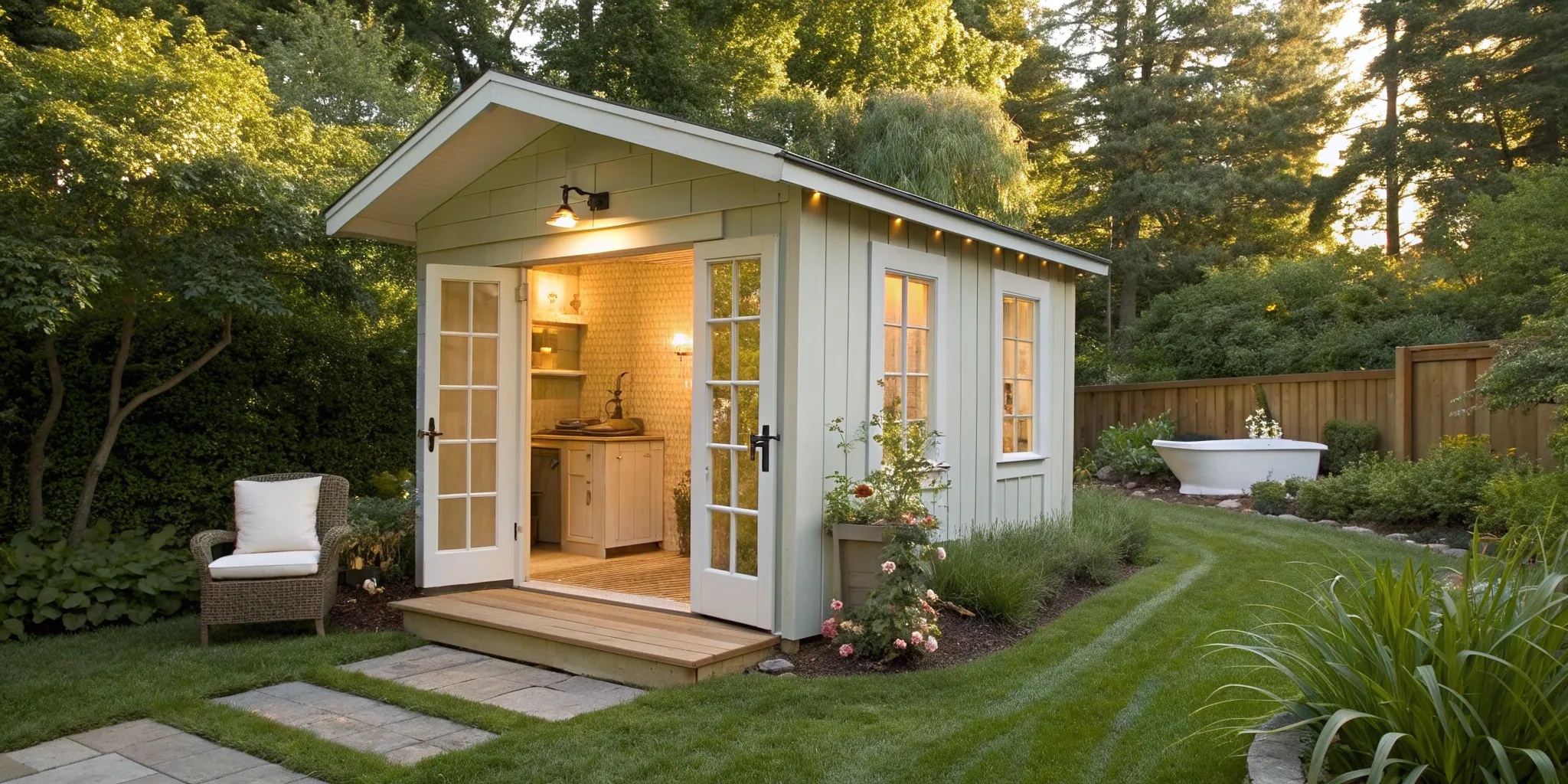
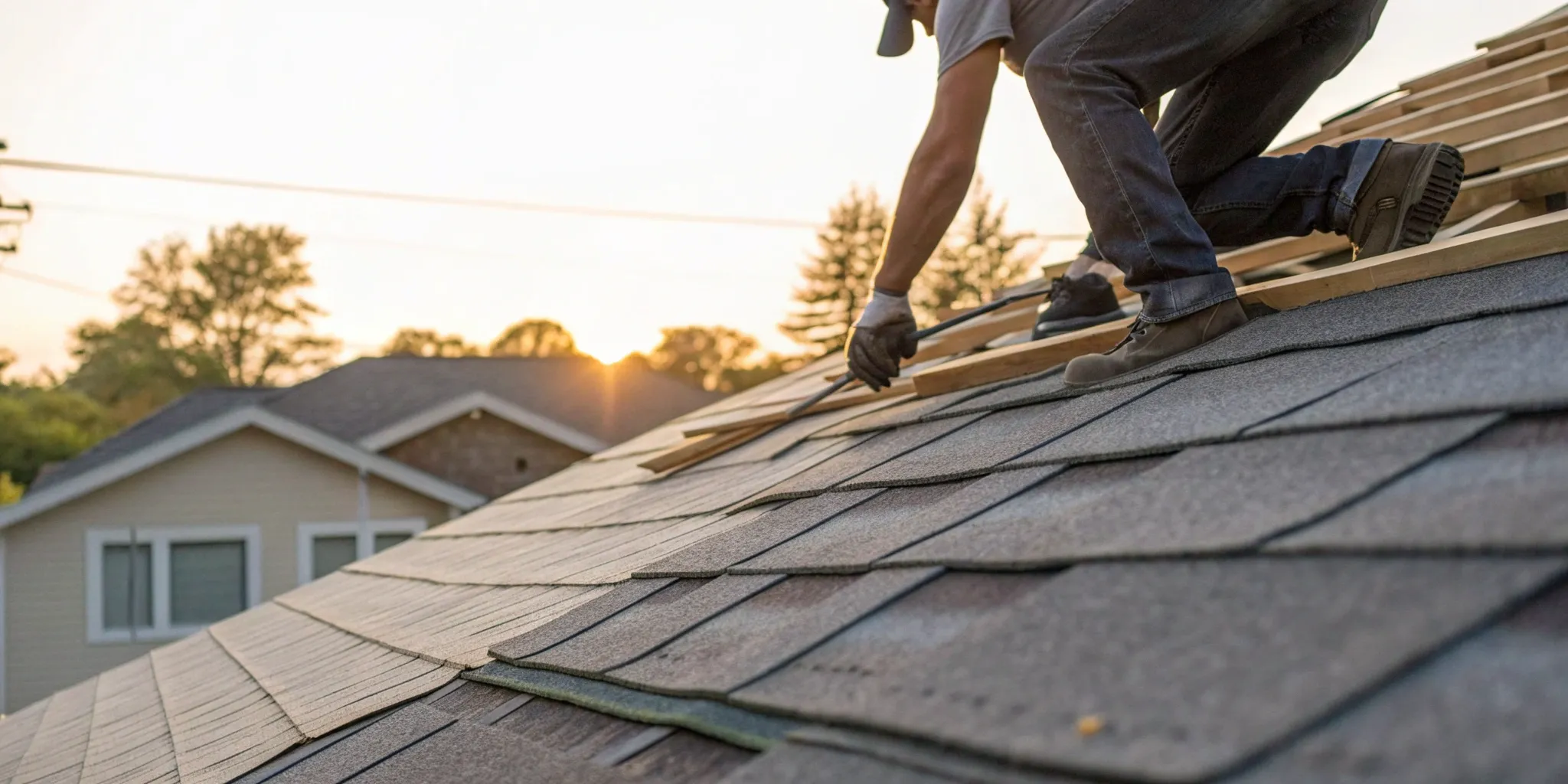

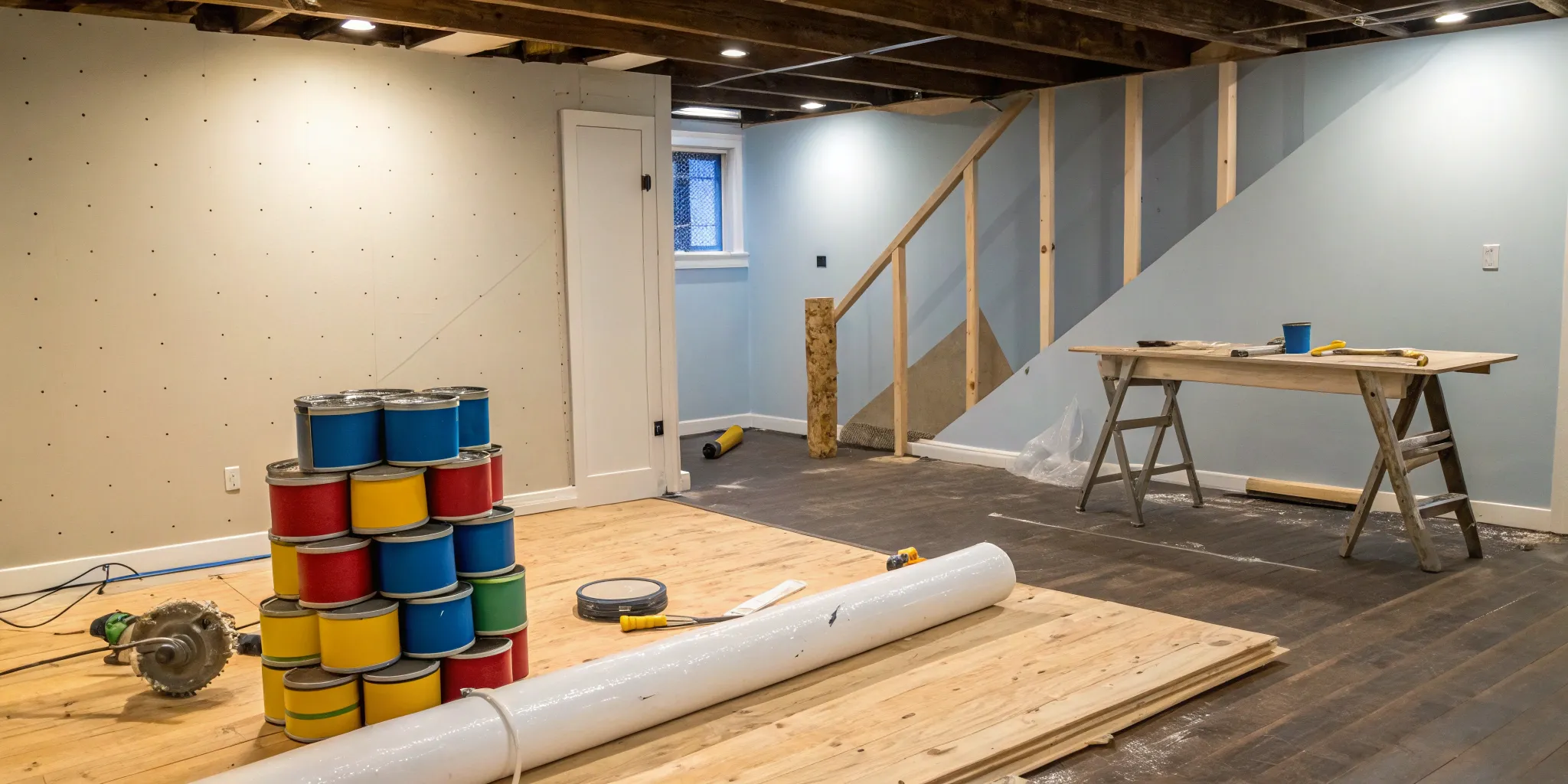

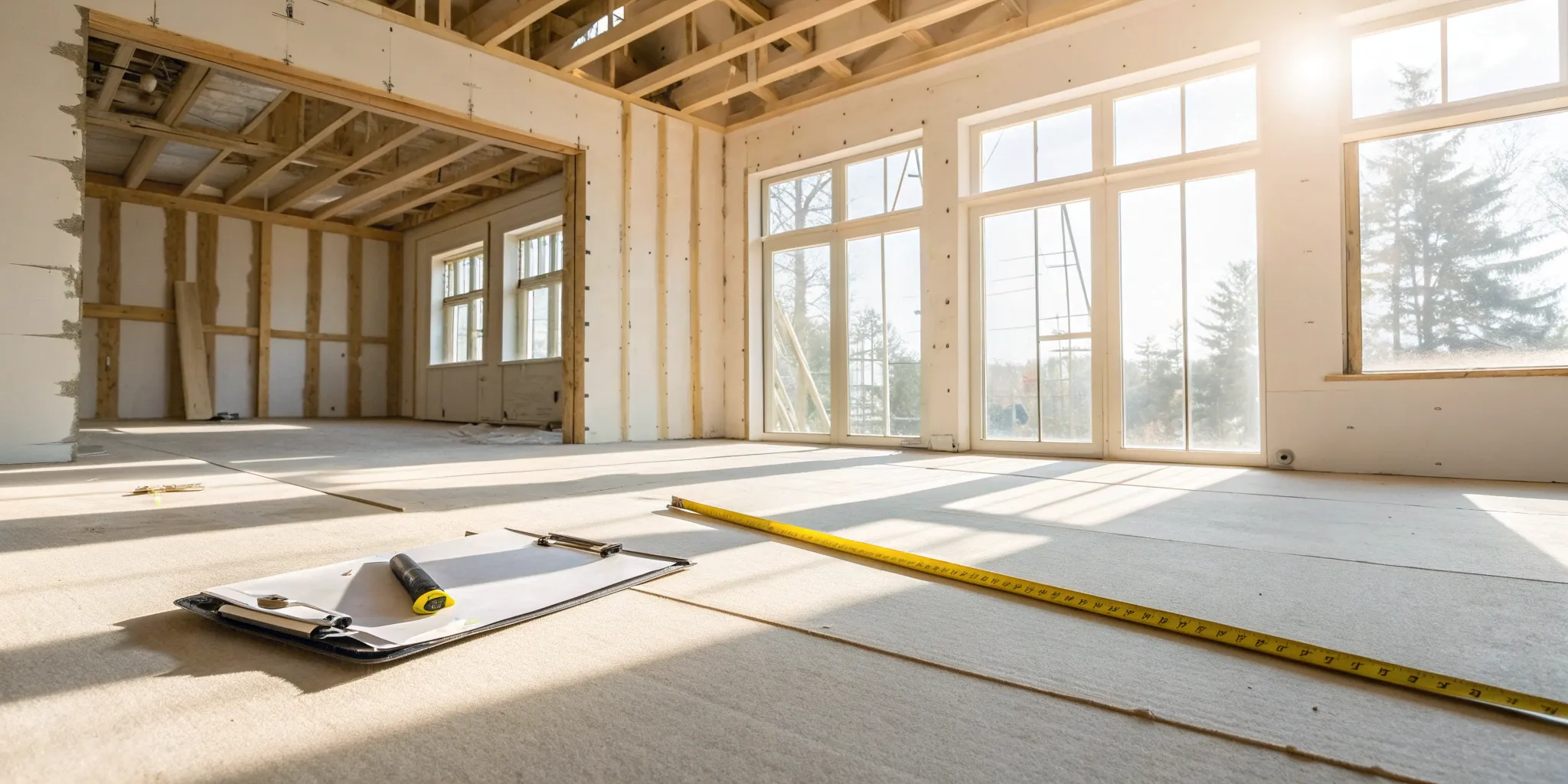
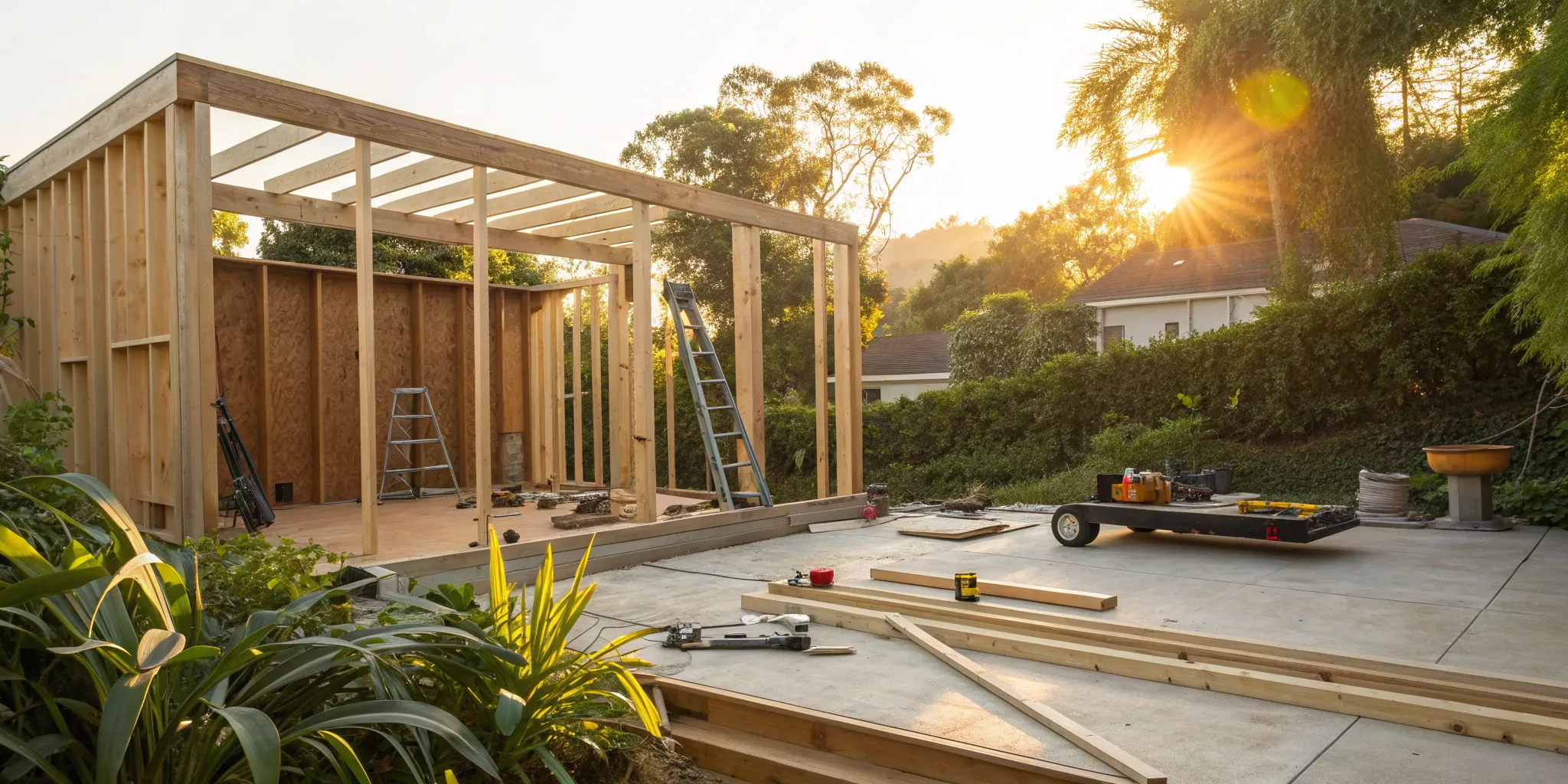
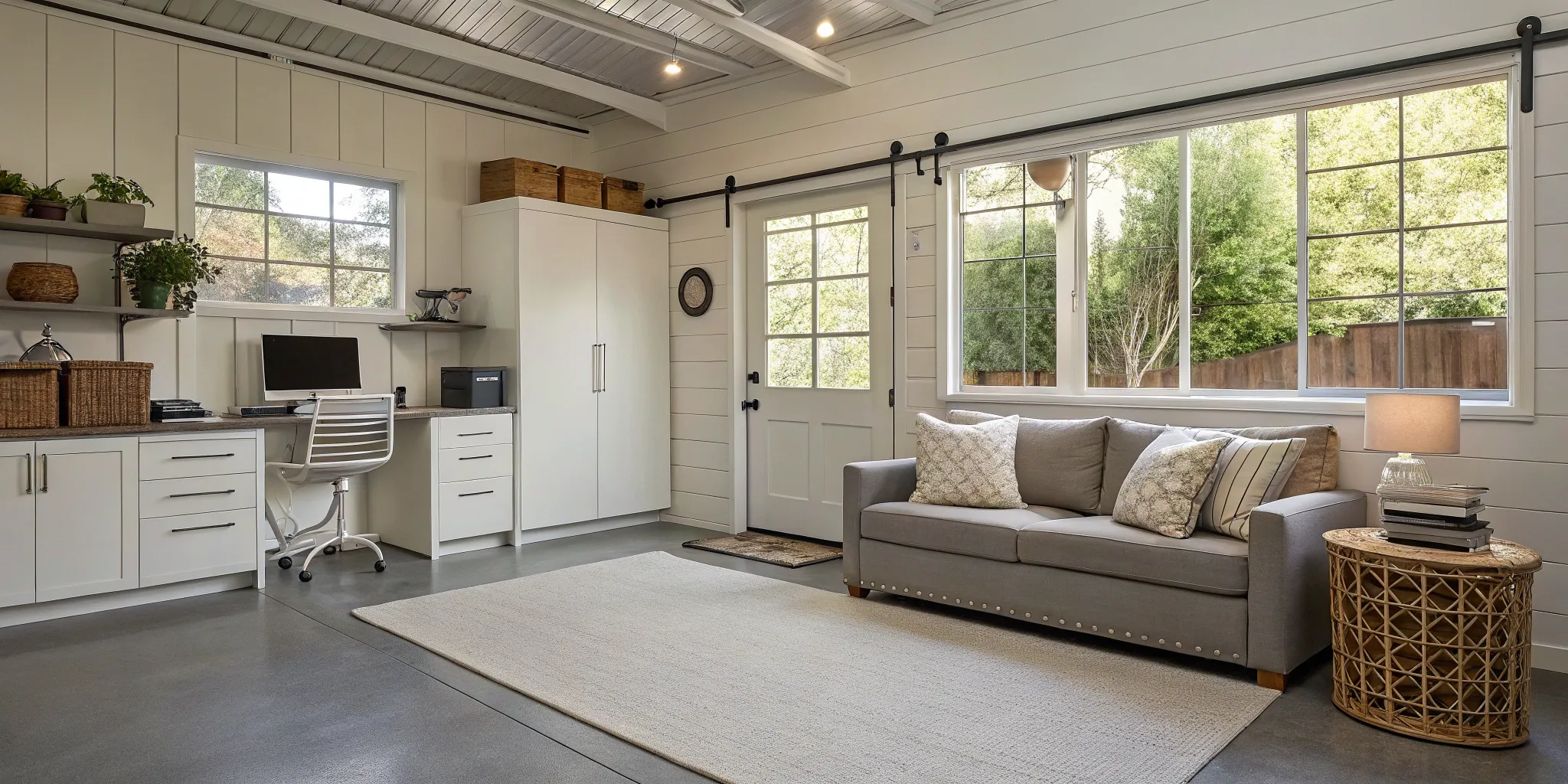
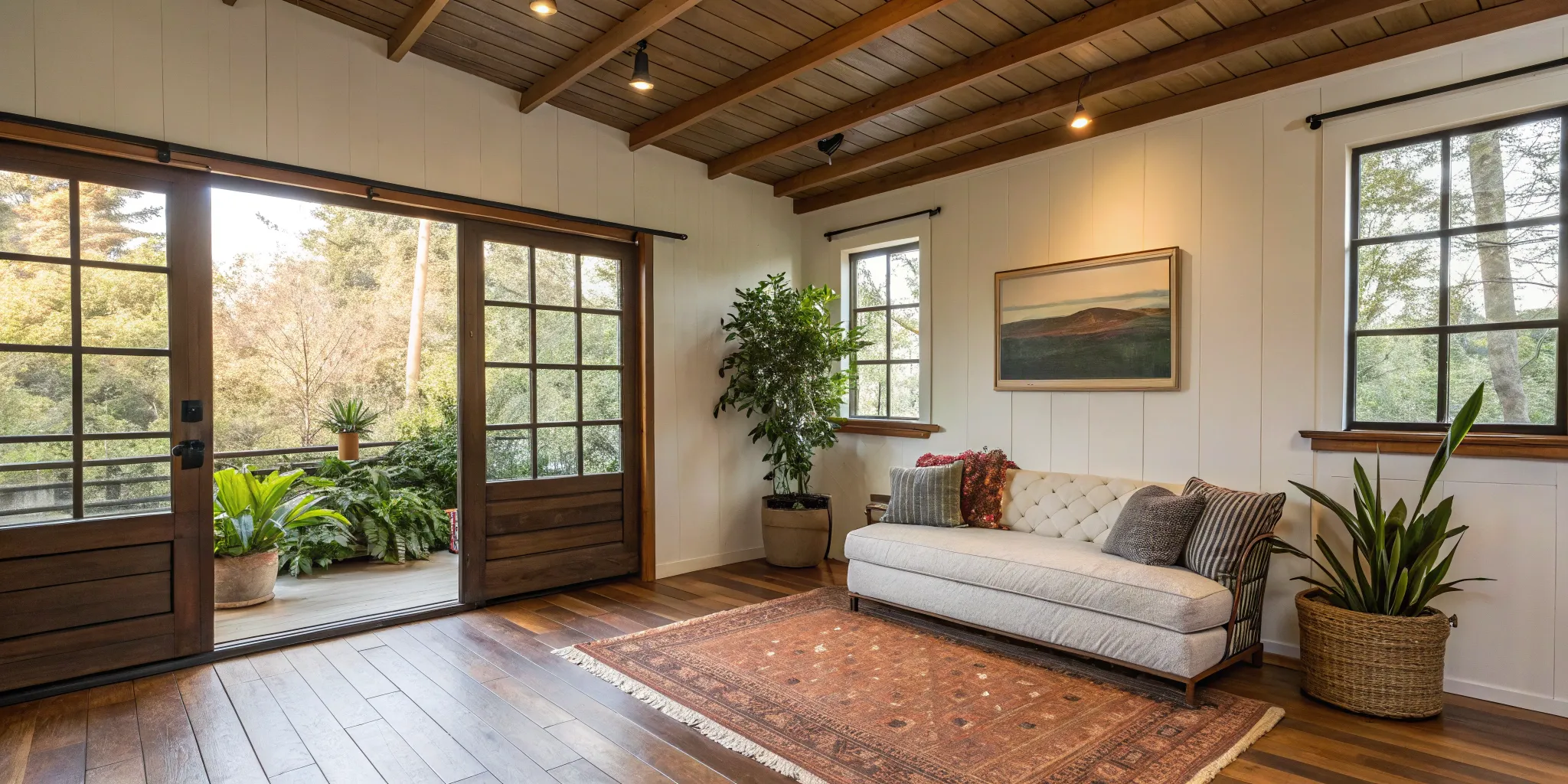
.png)
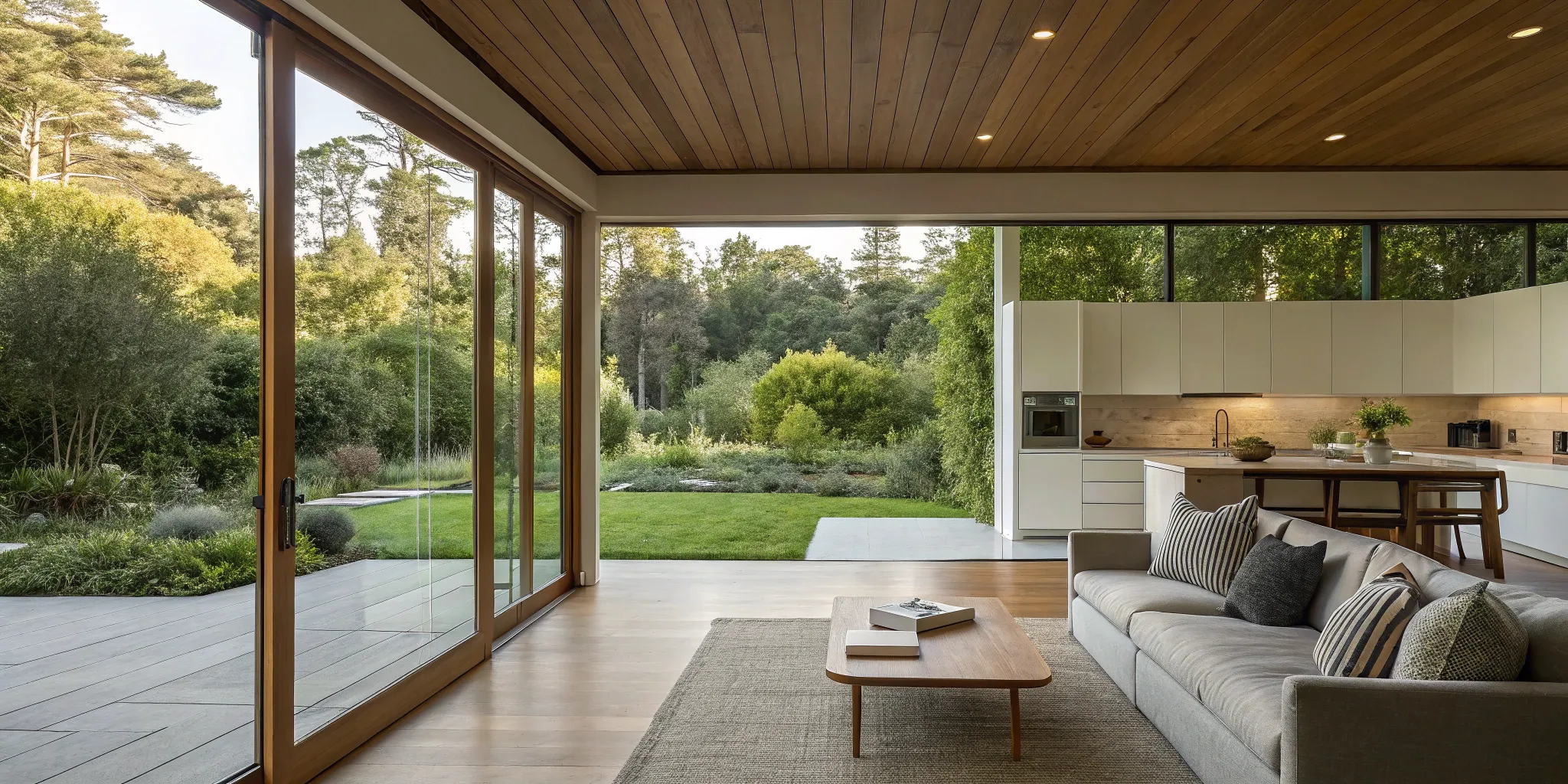
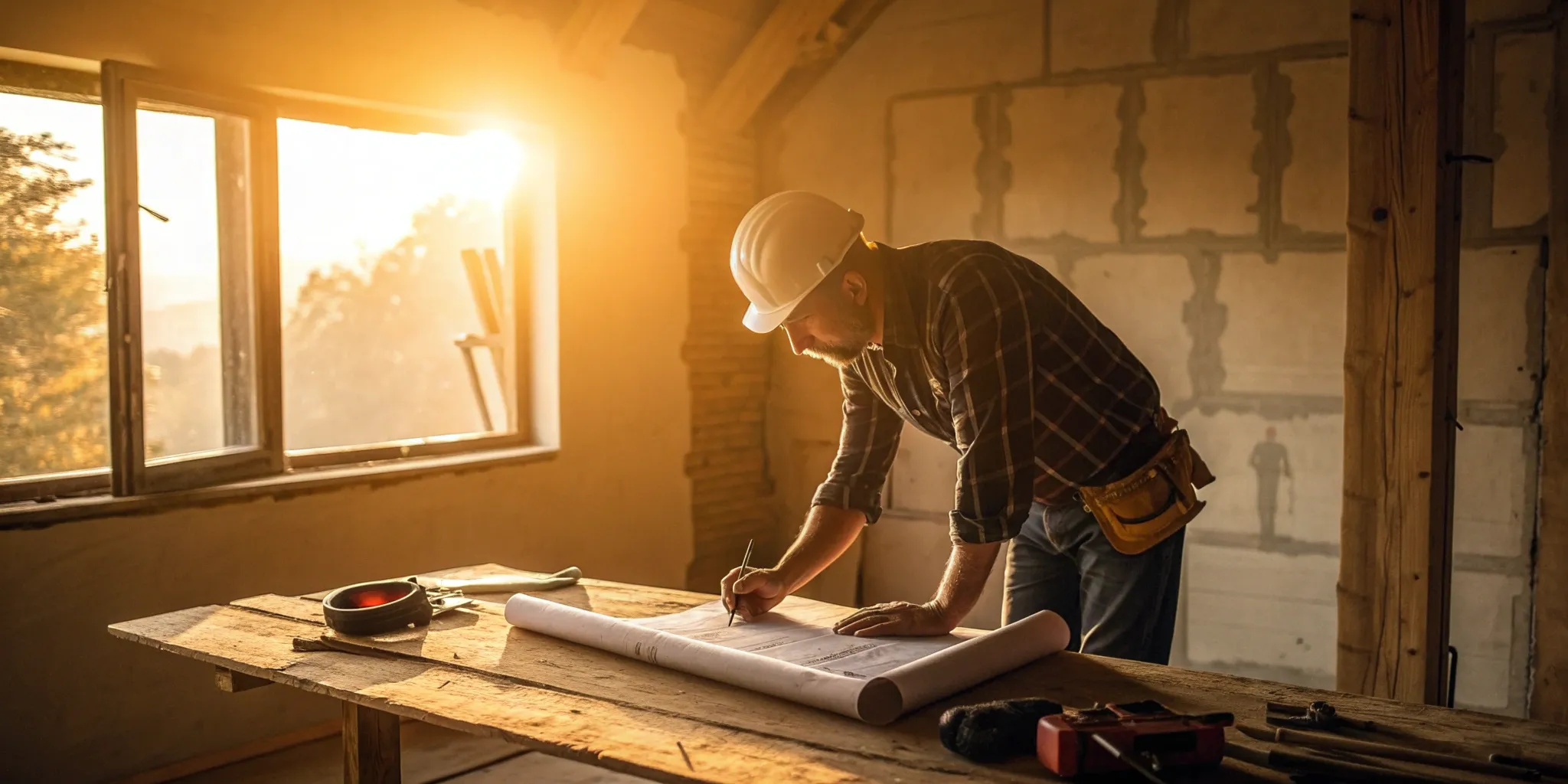
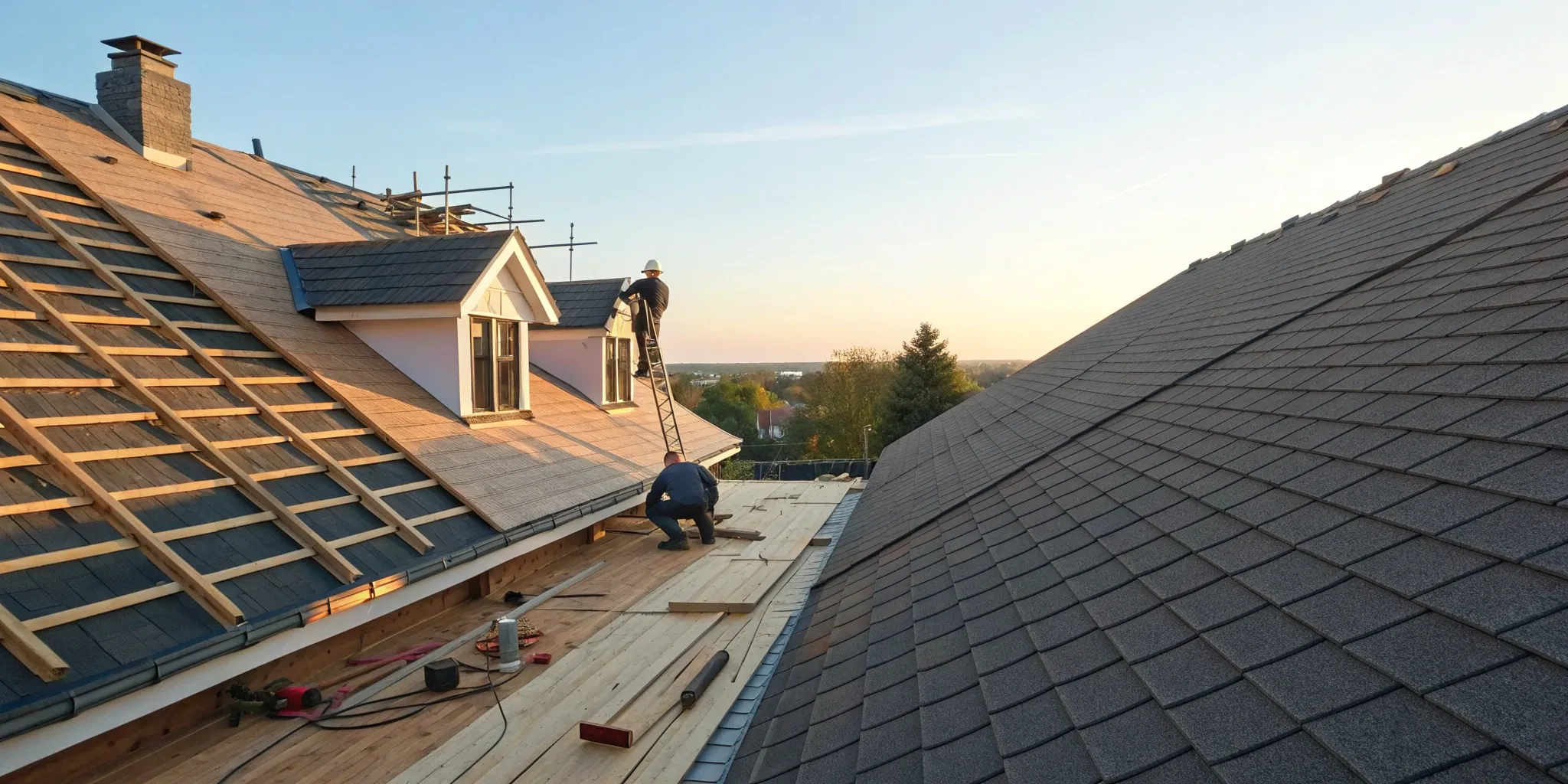
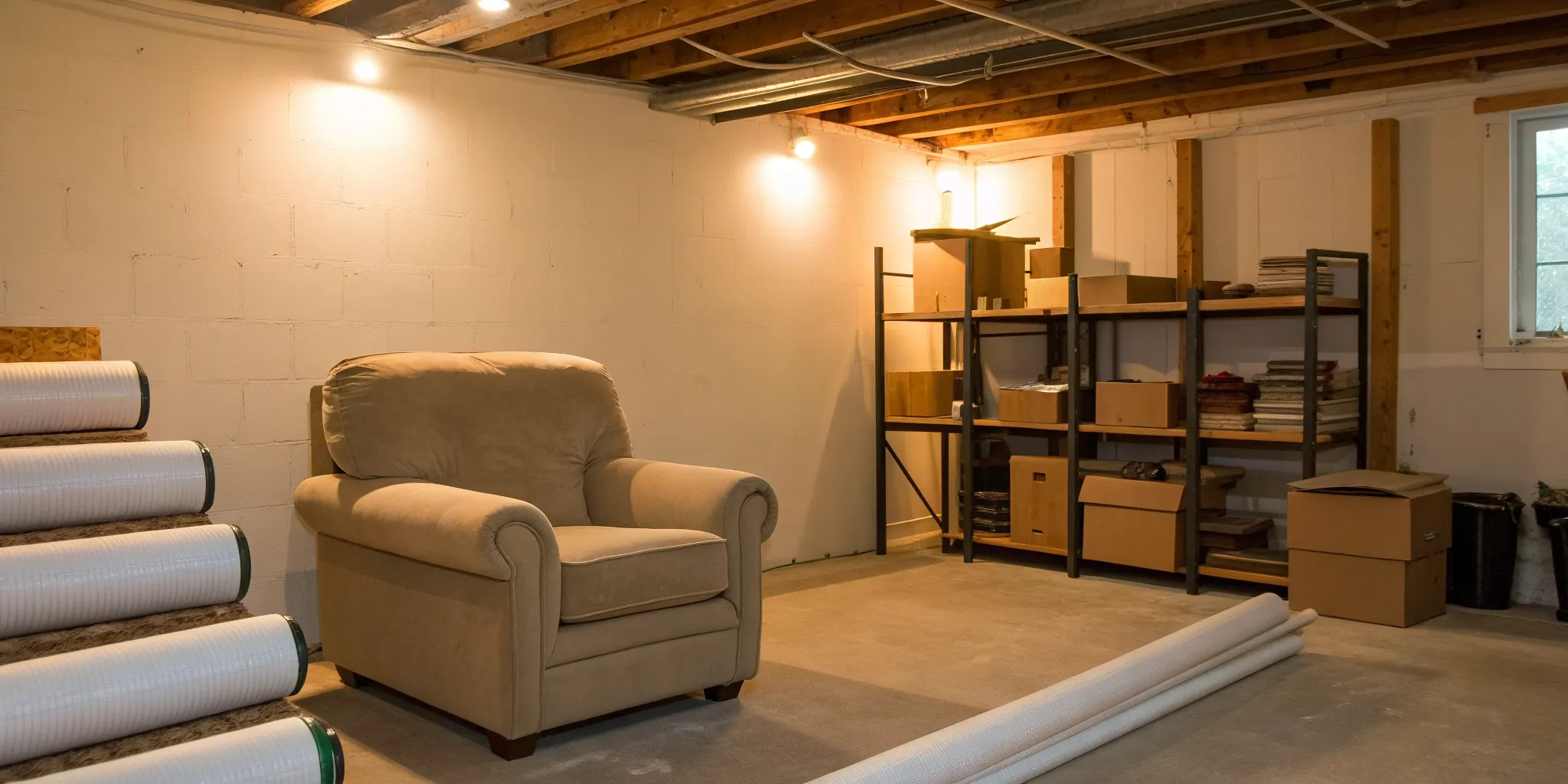
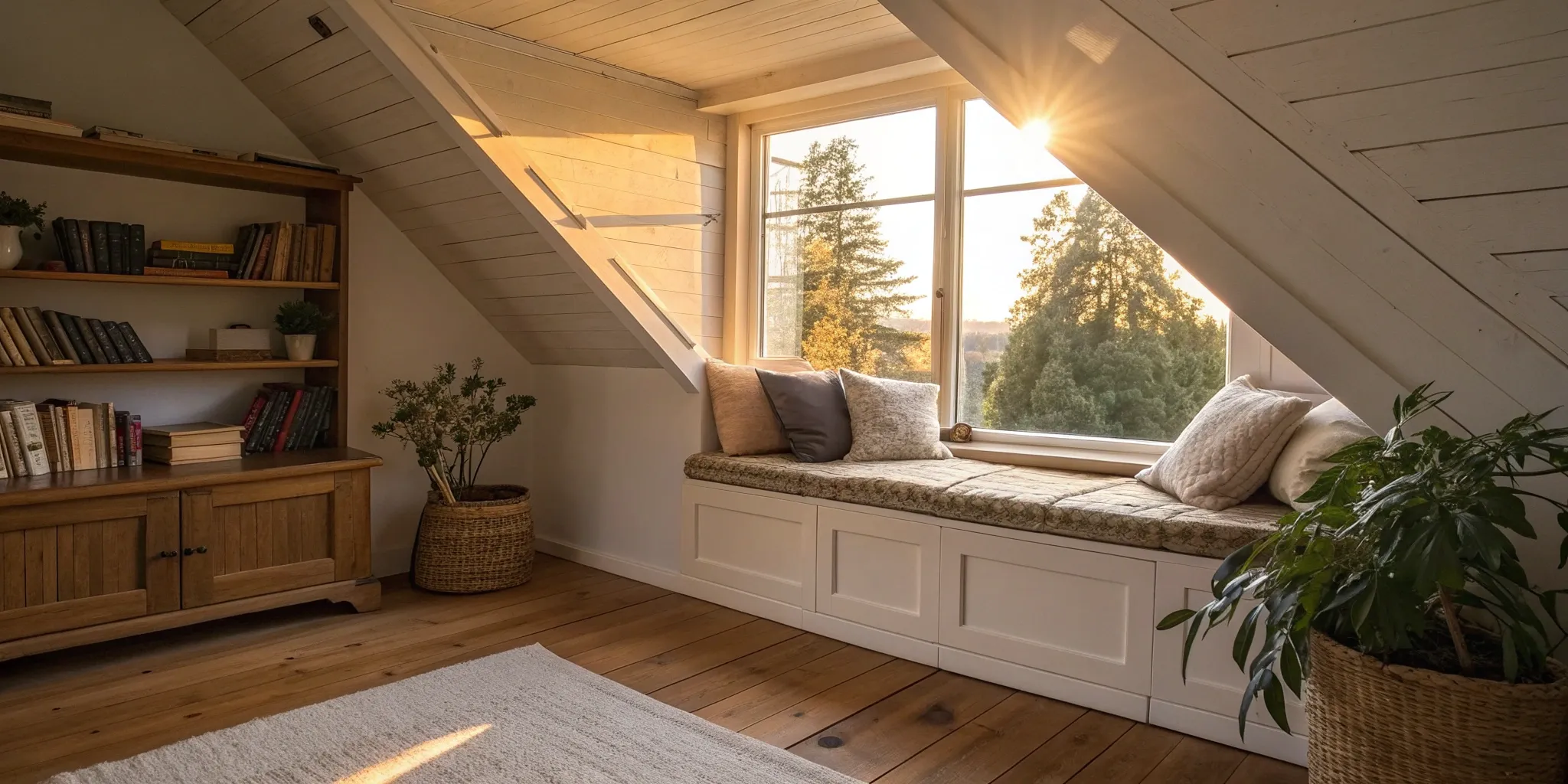
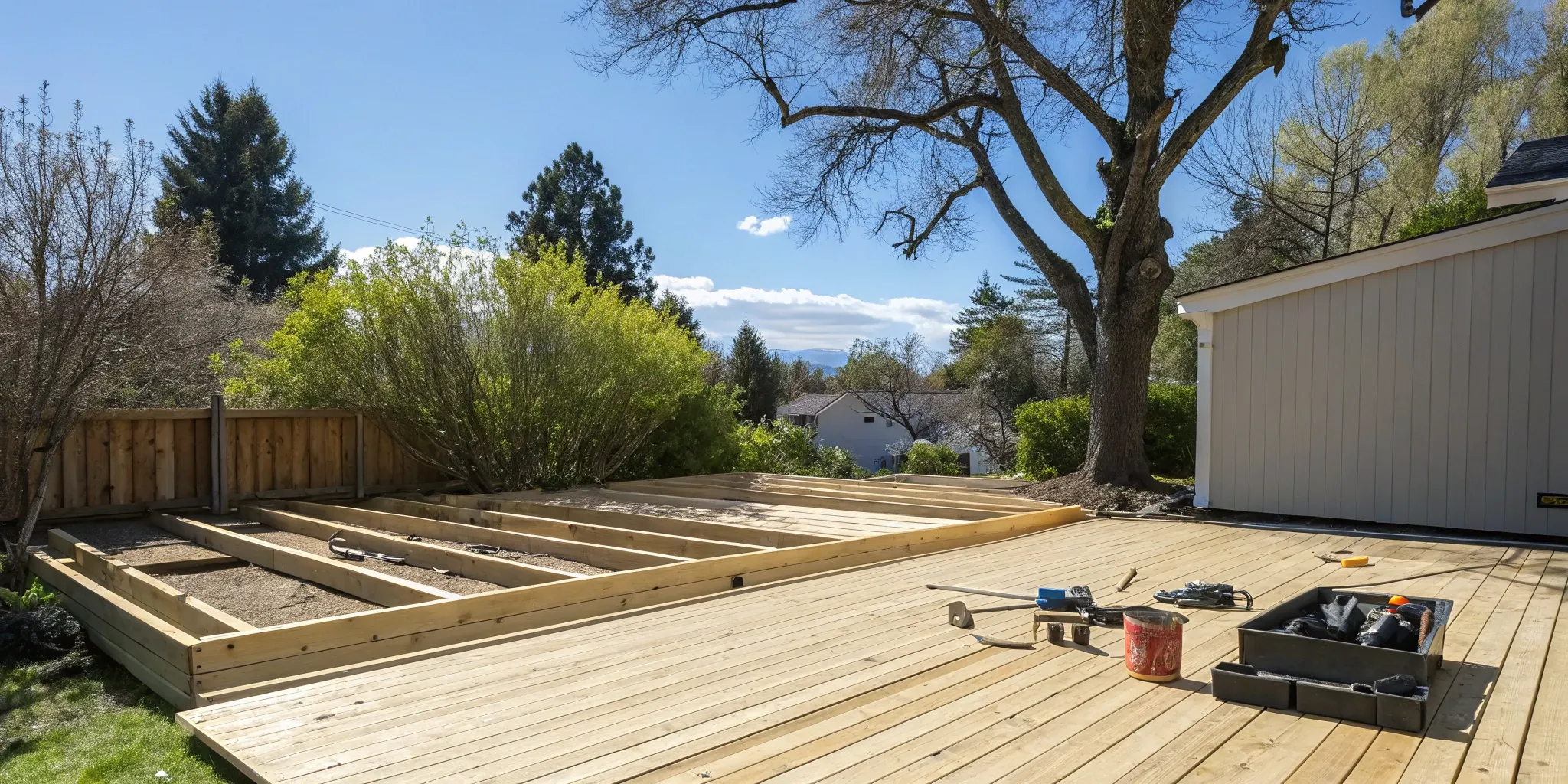
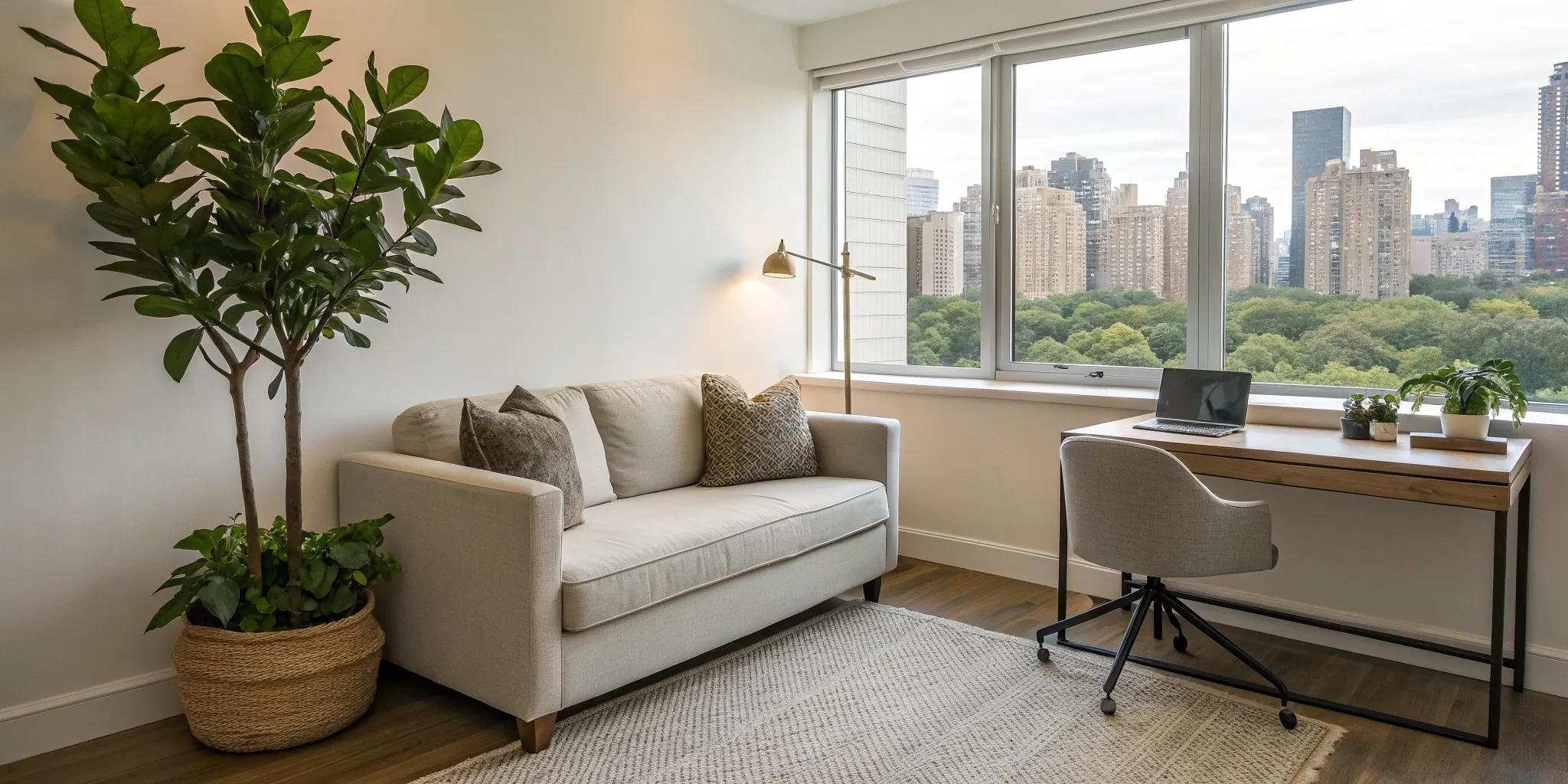
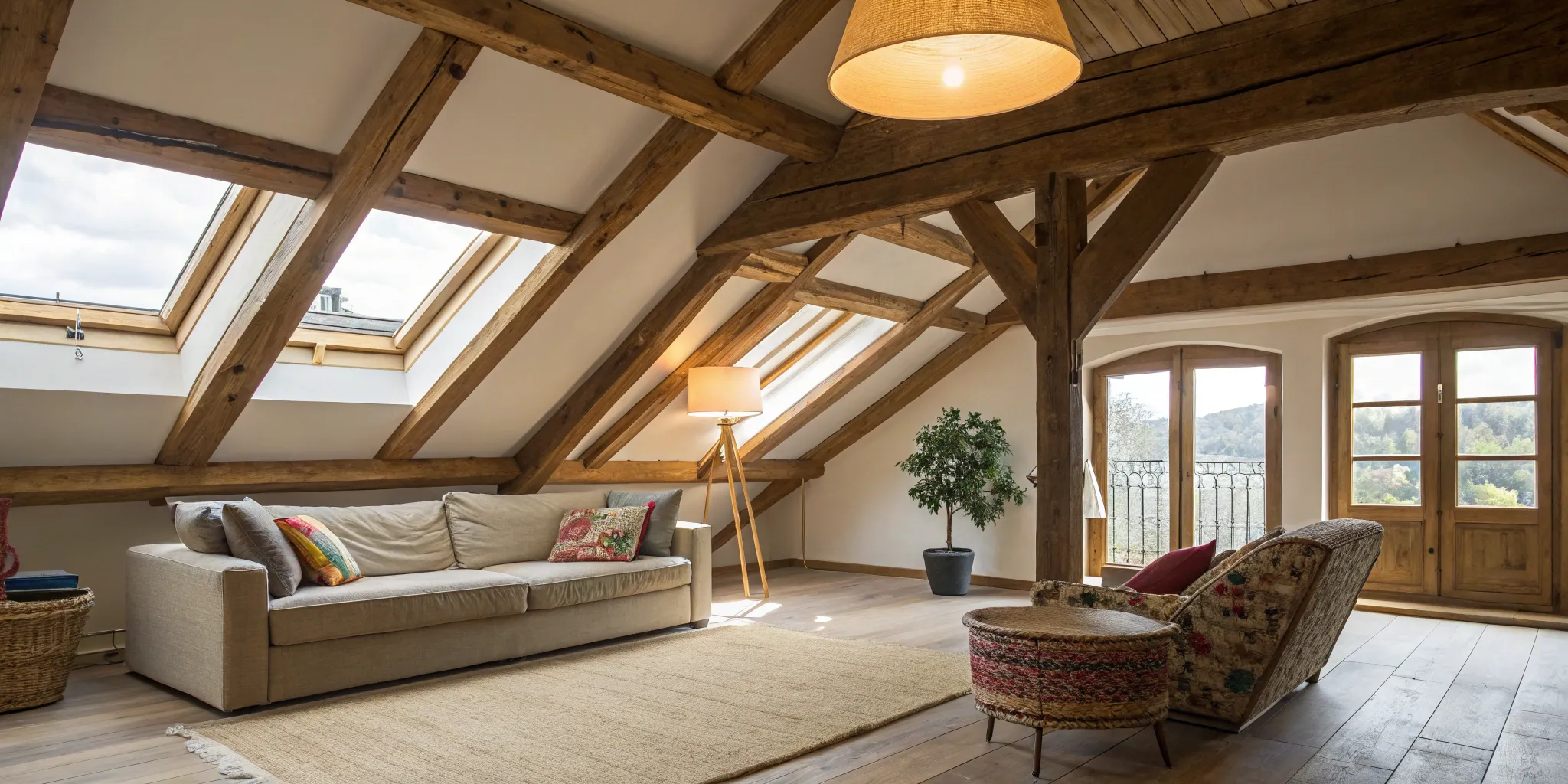



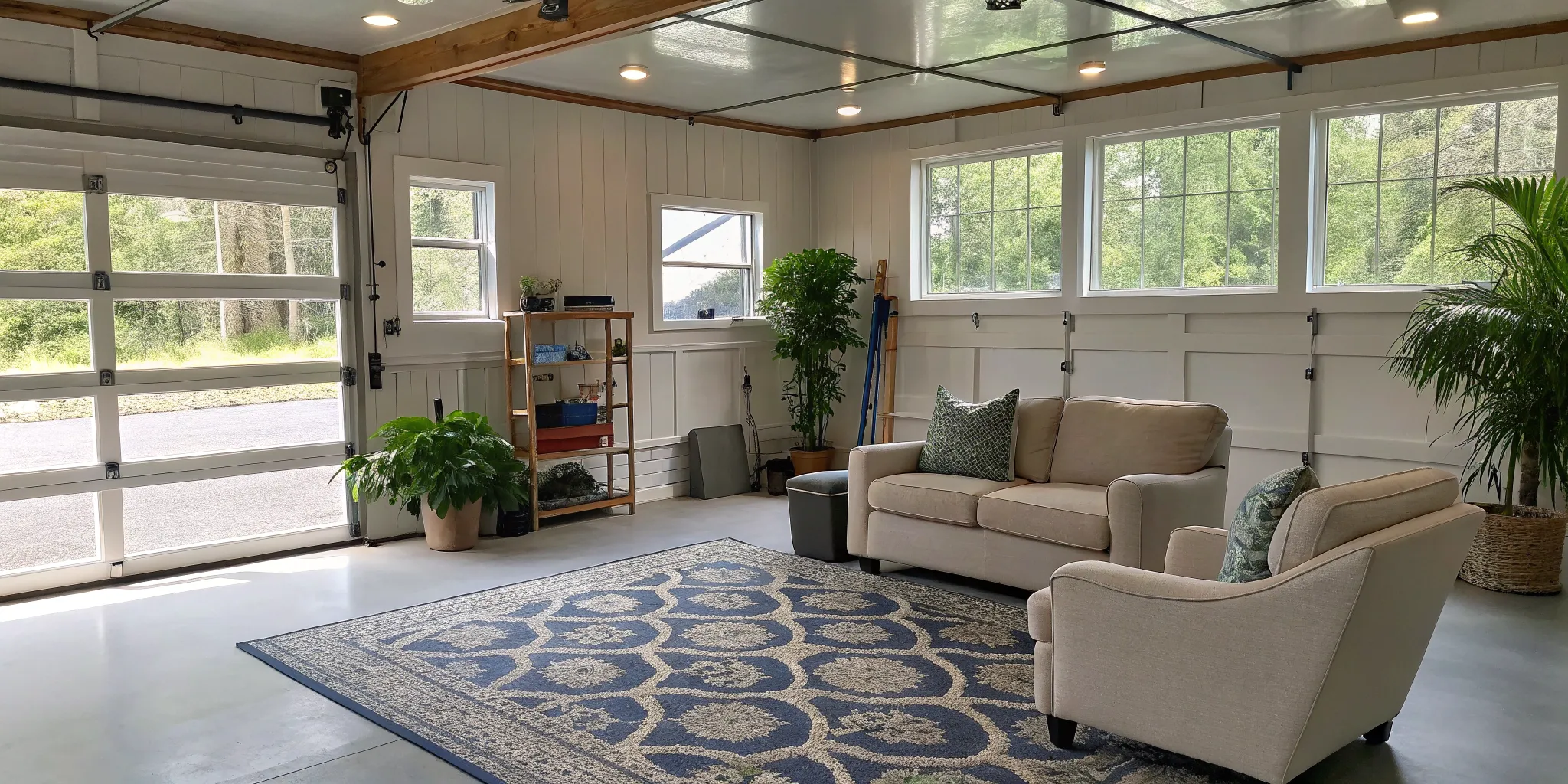
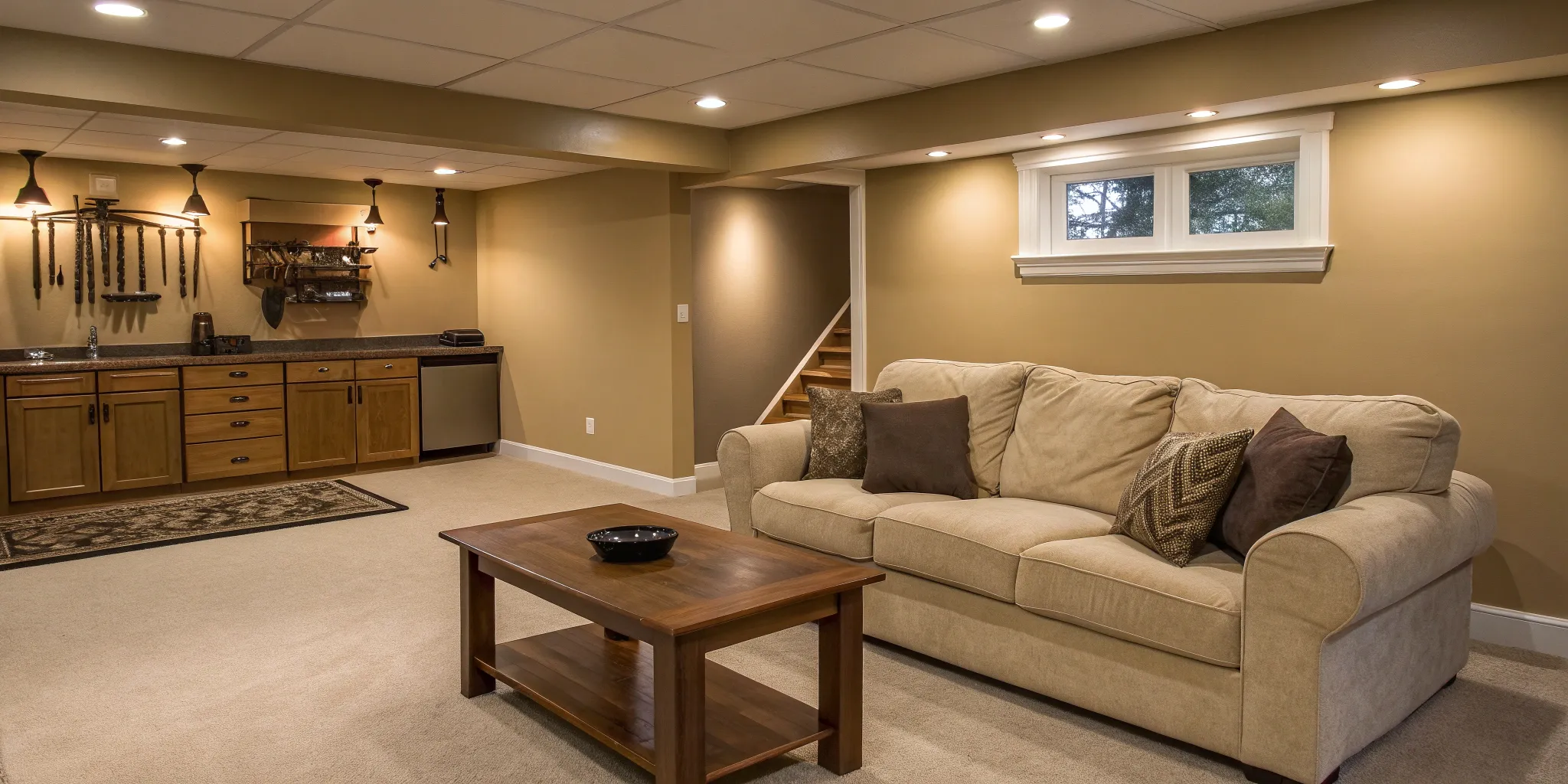

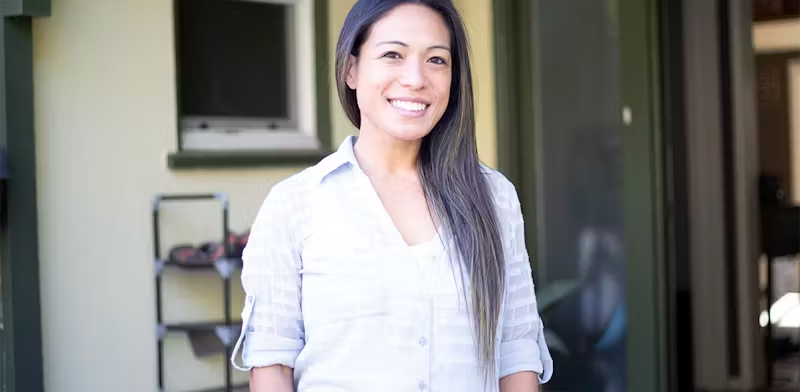

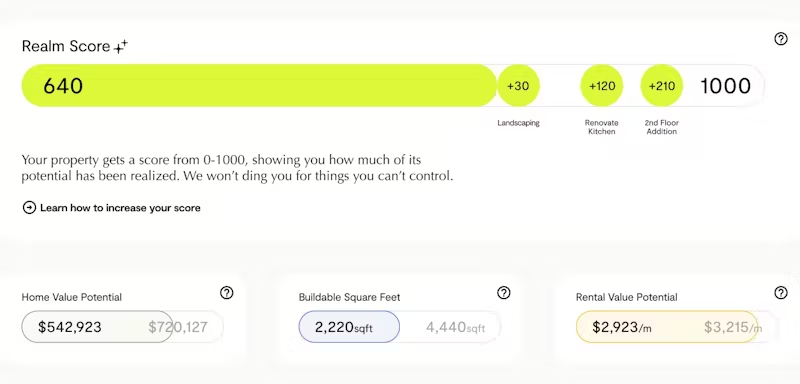
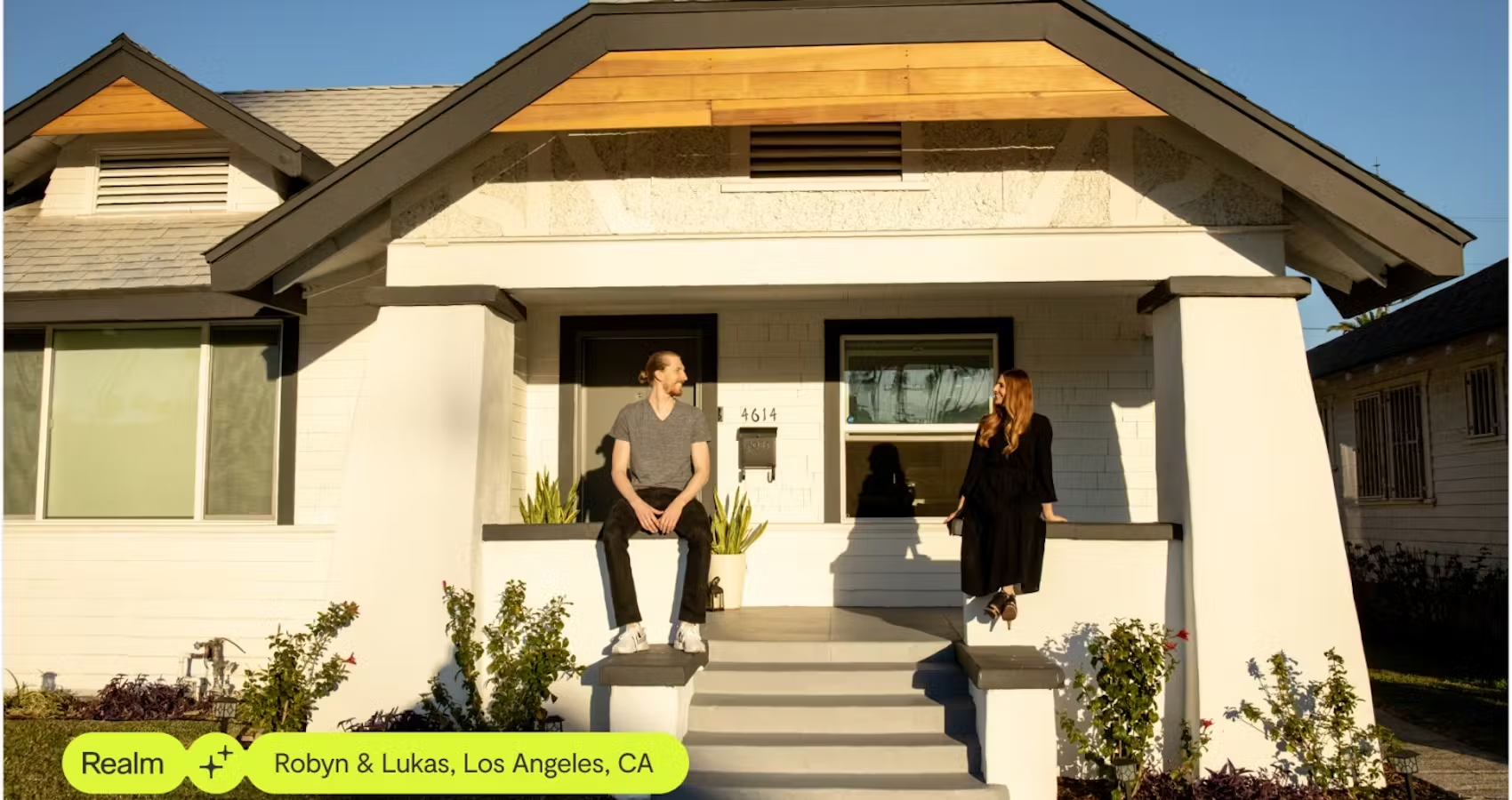
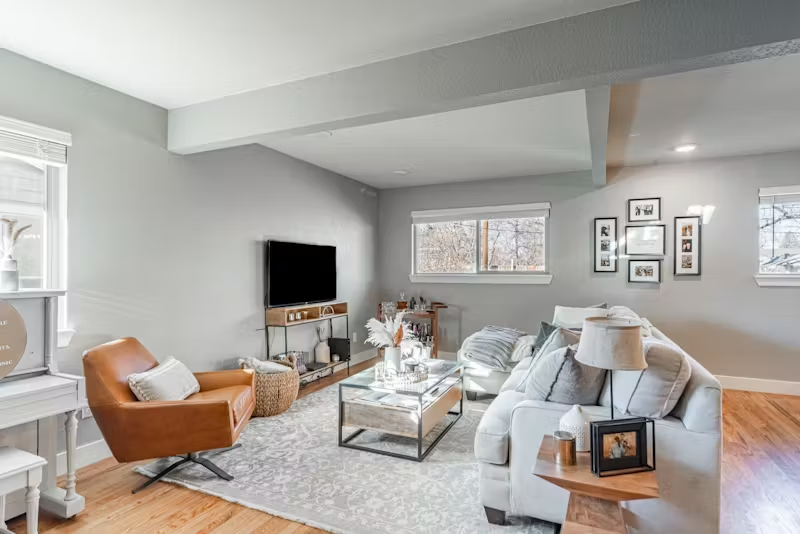
.avif)


